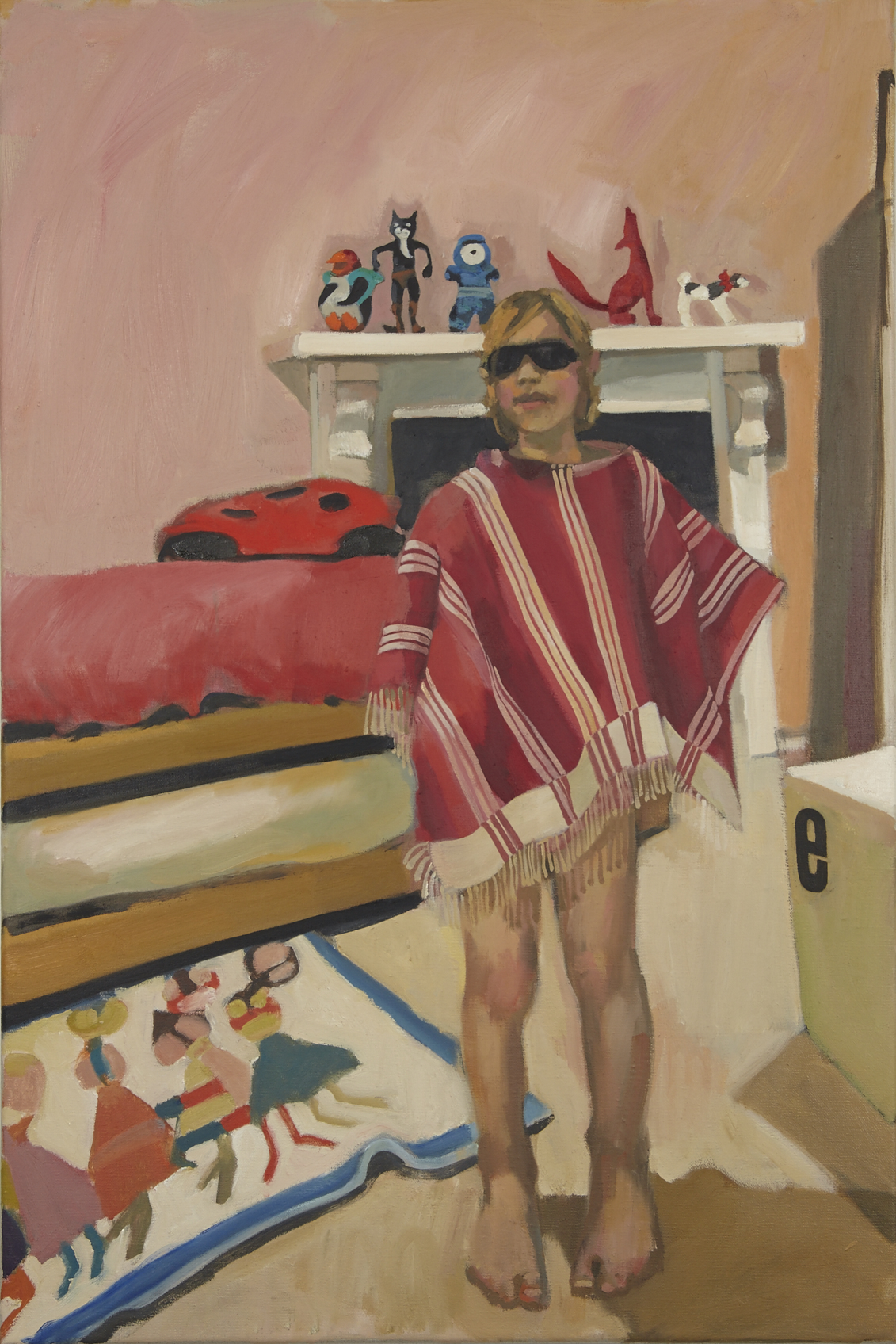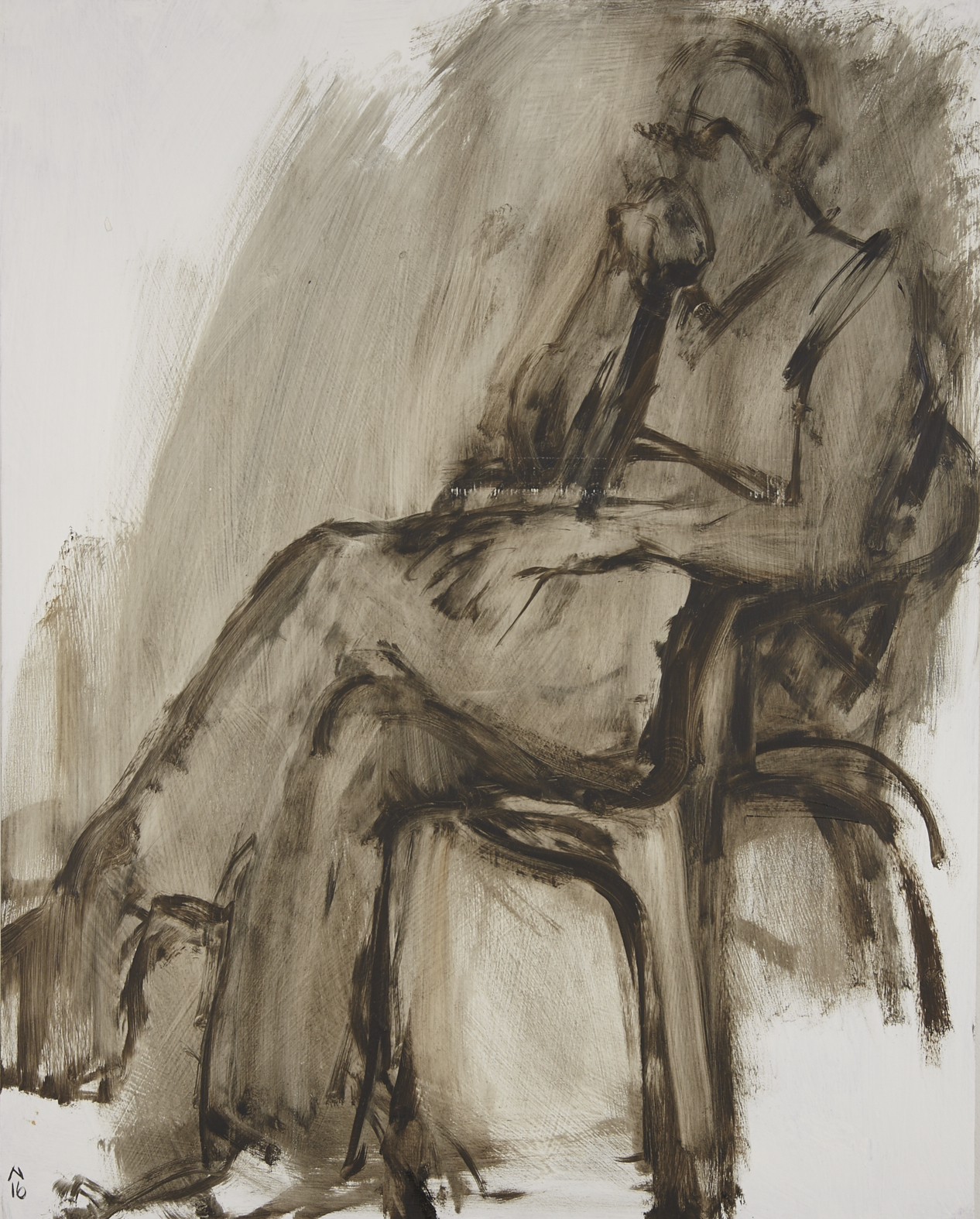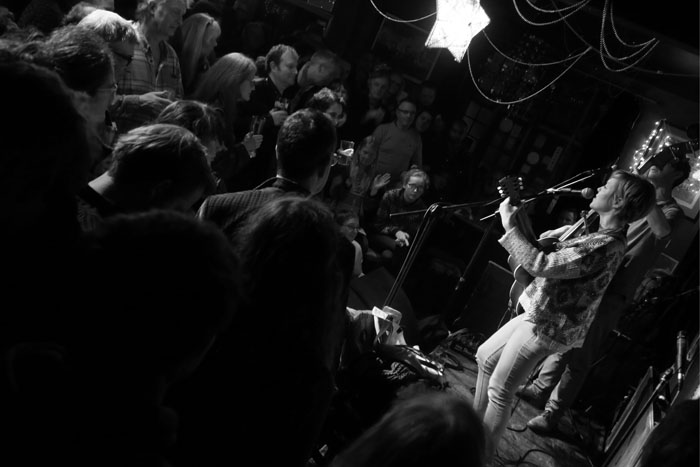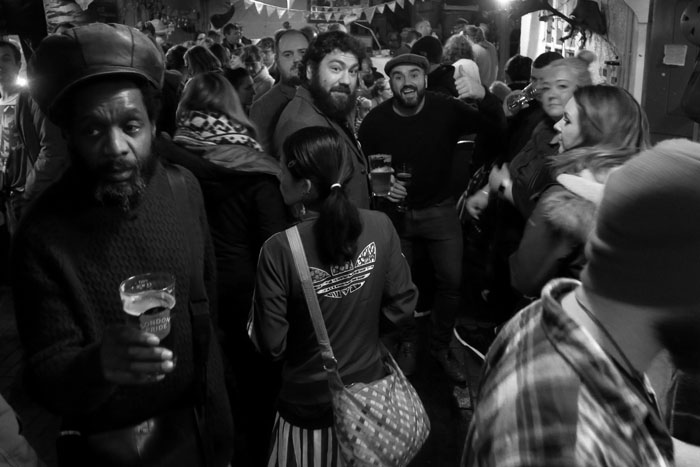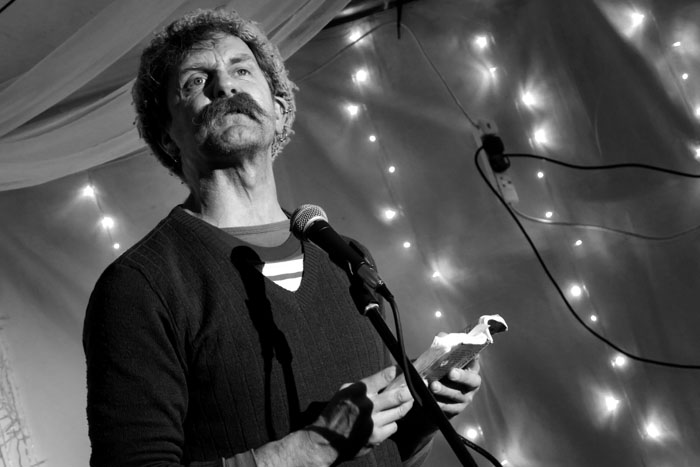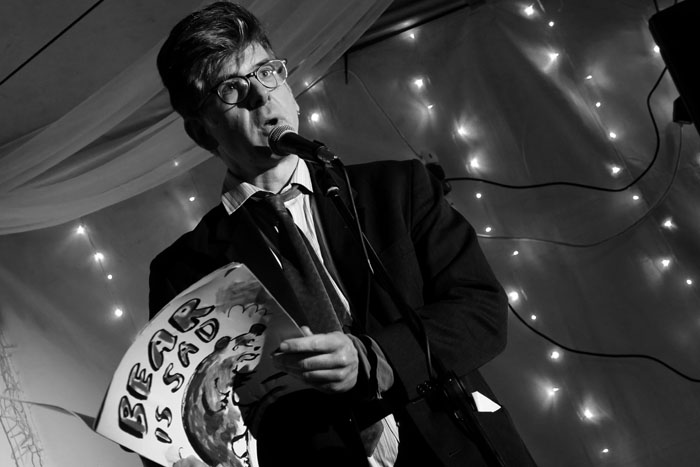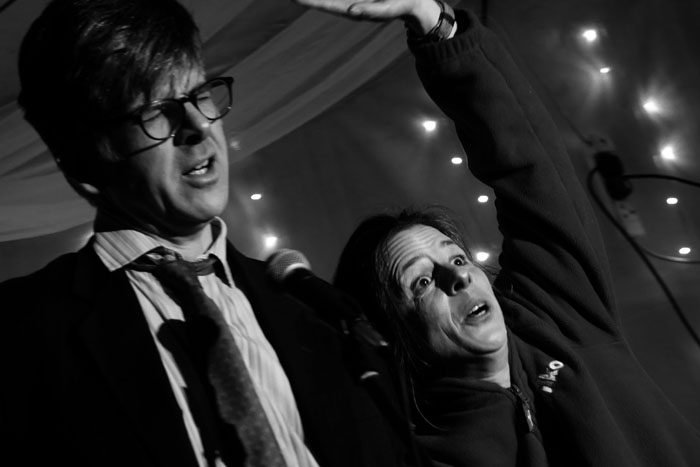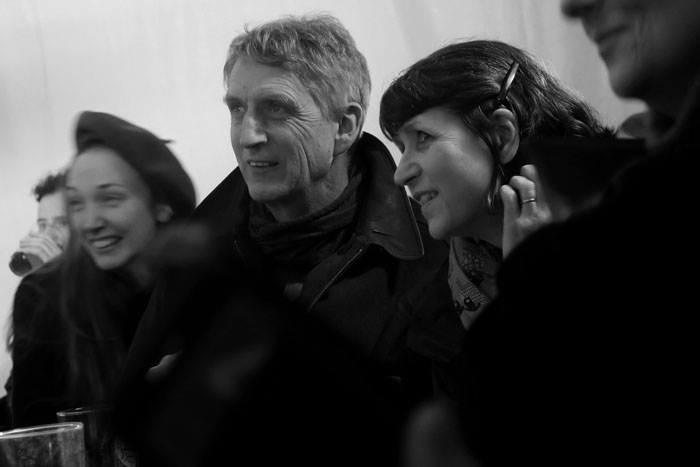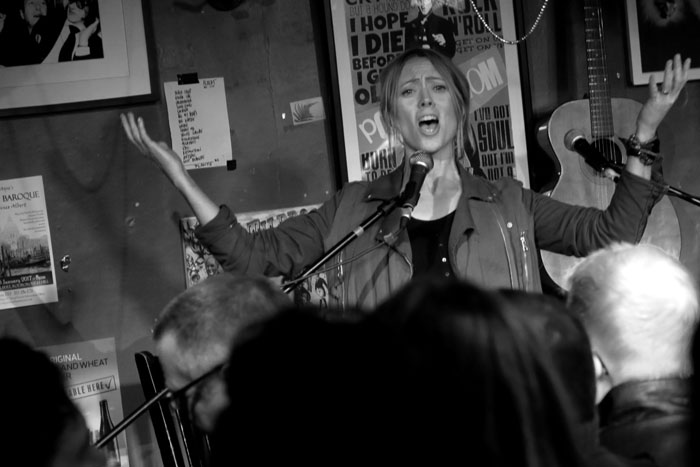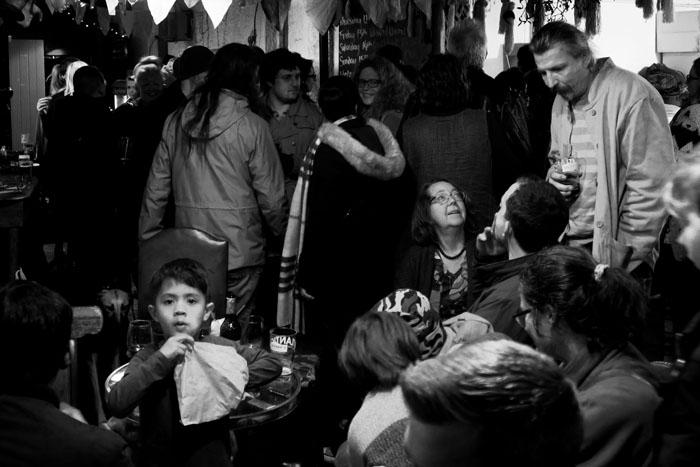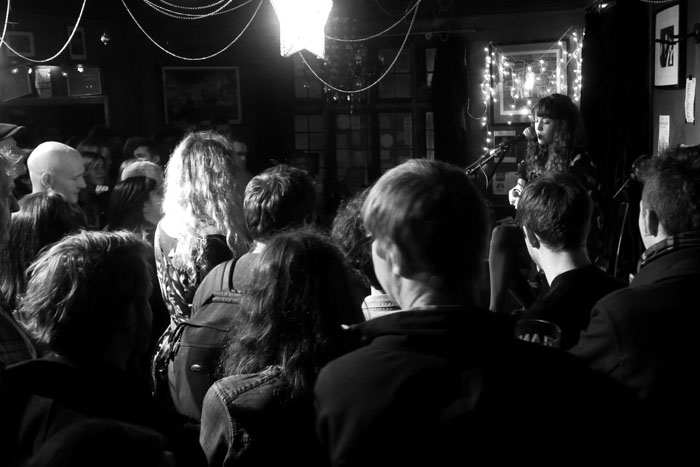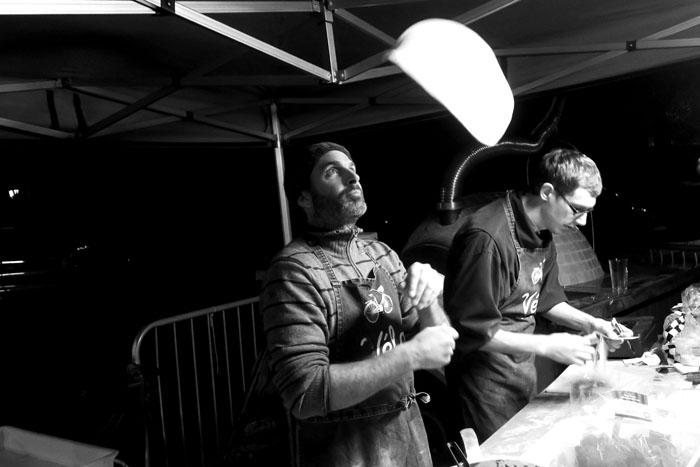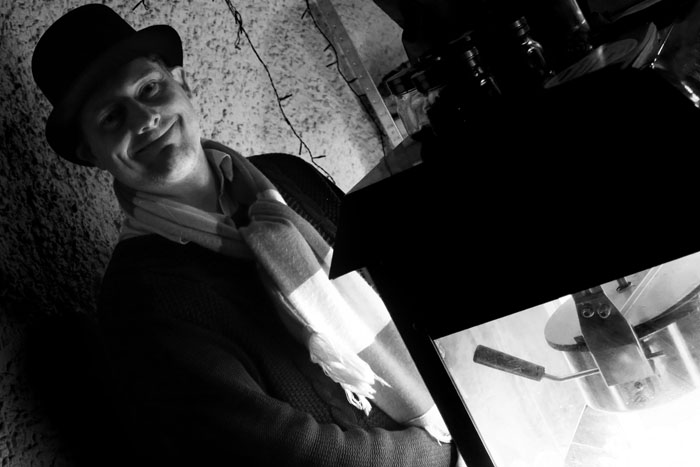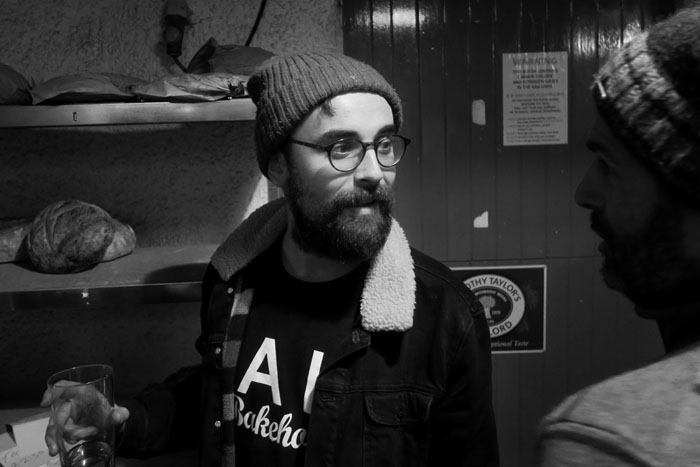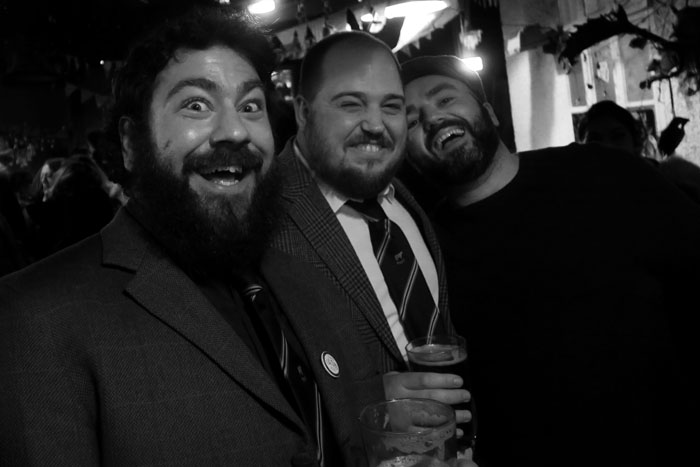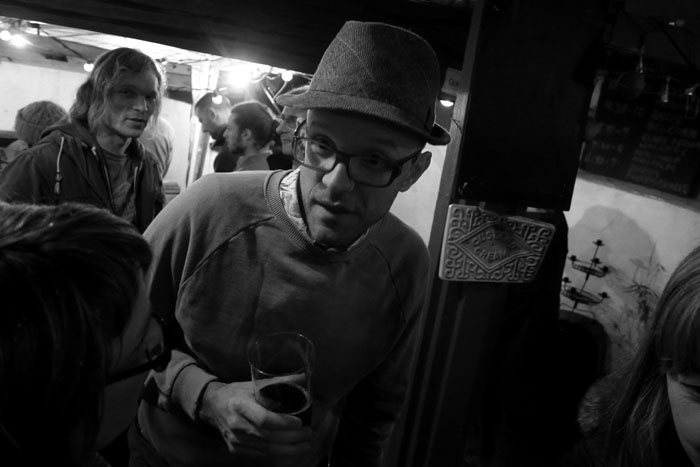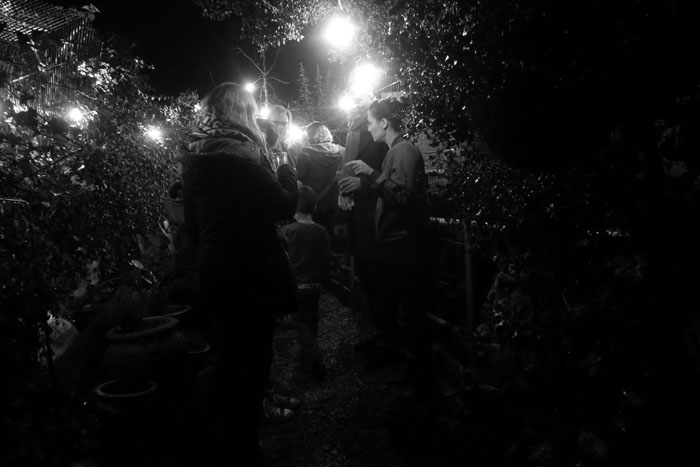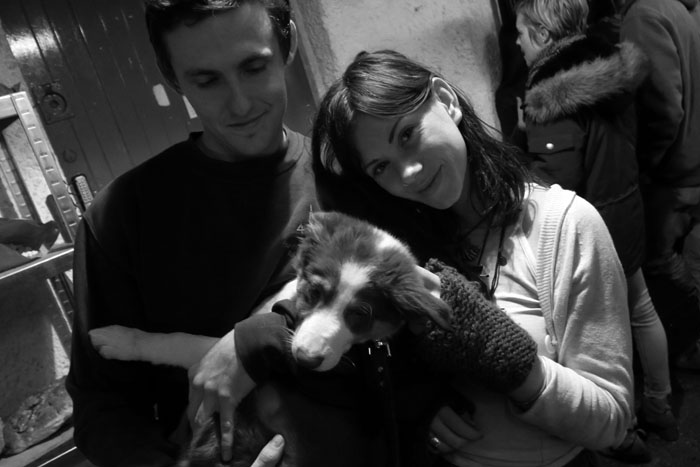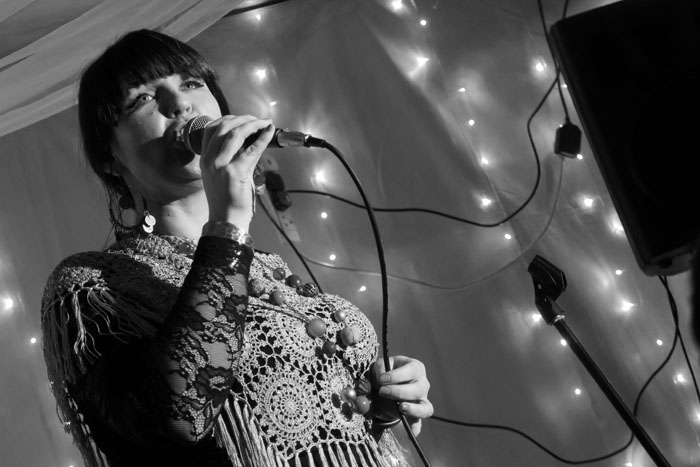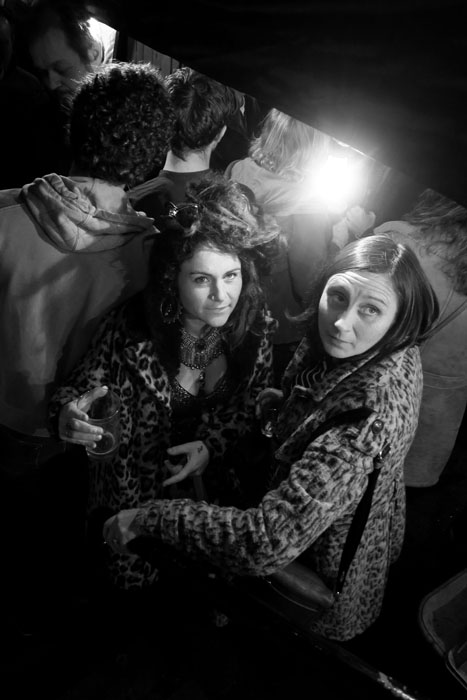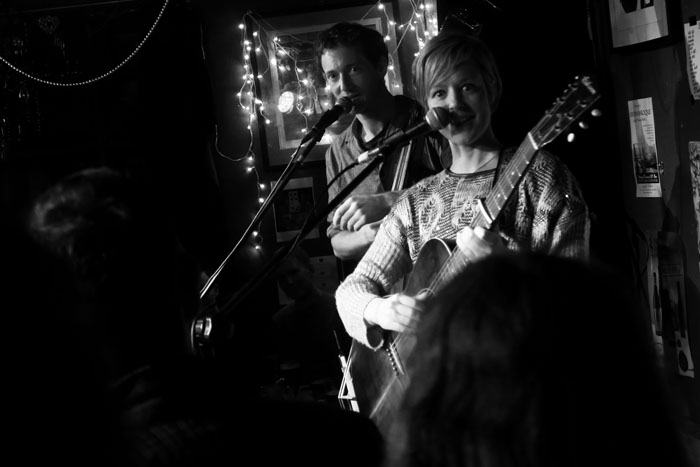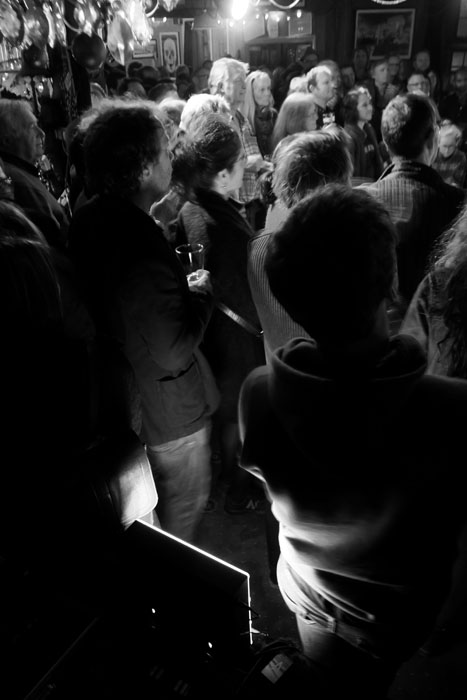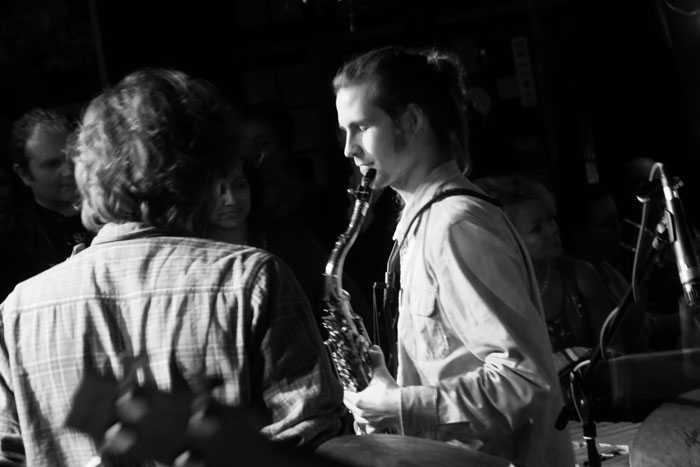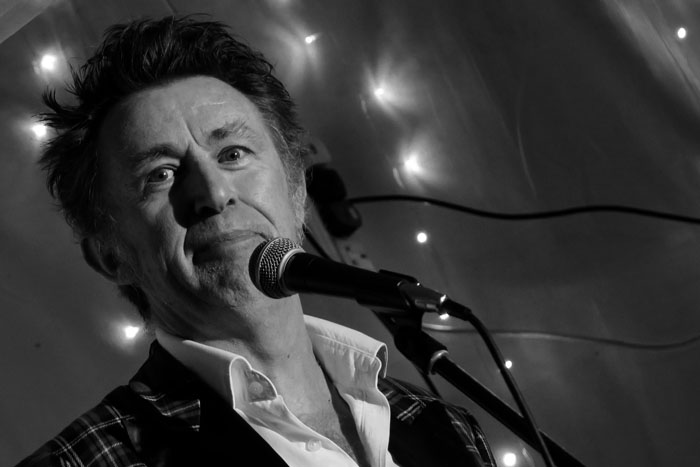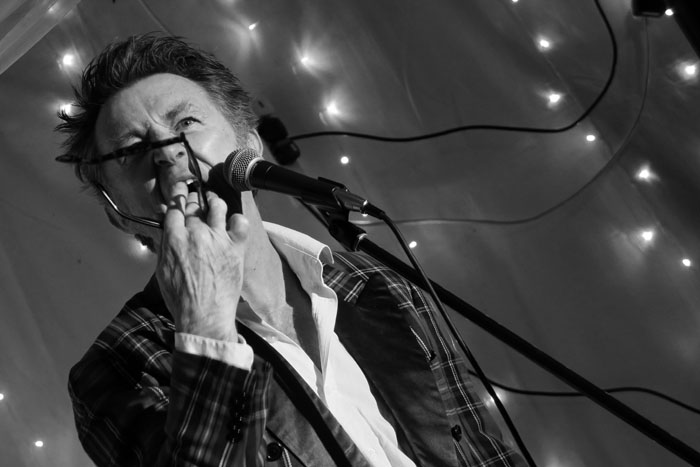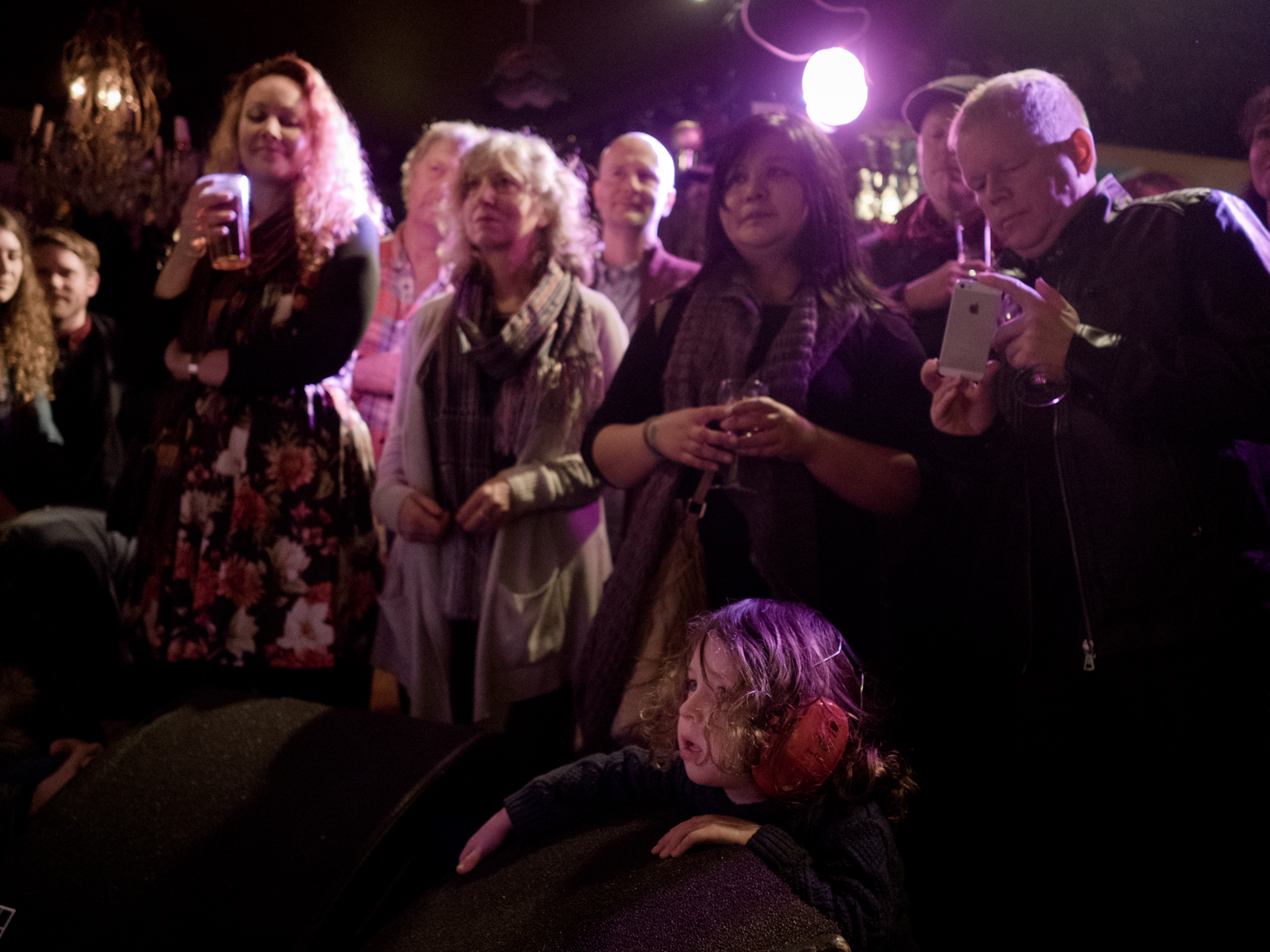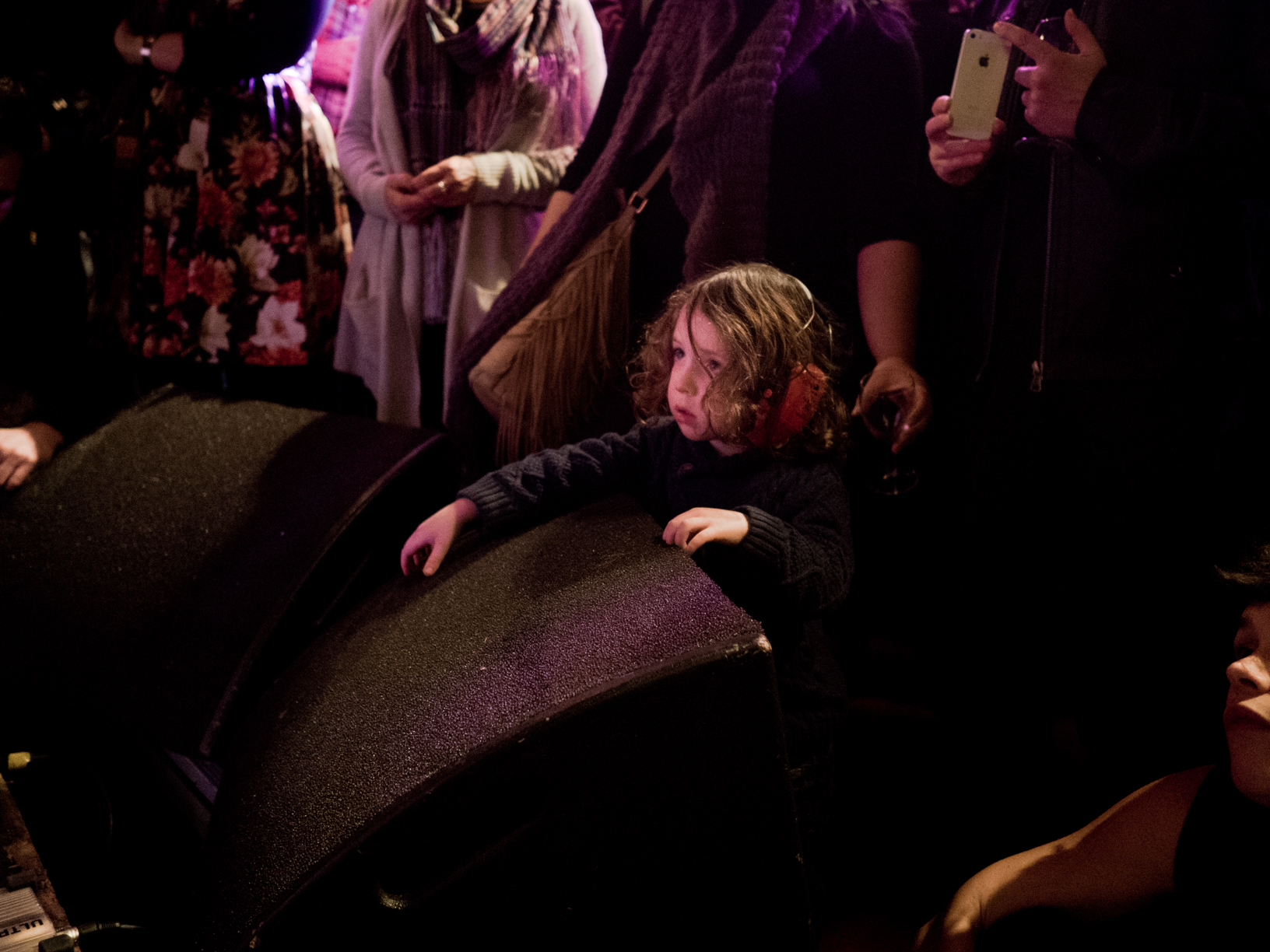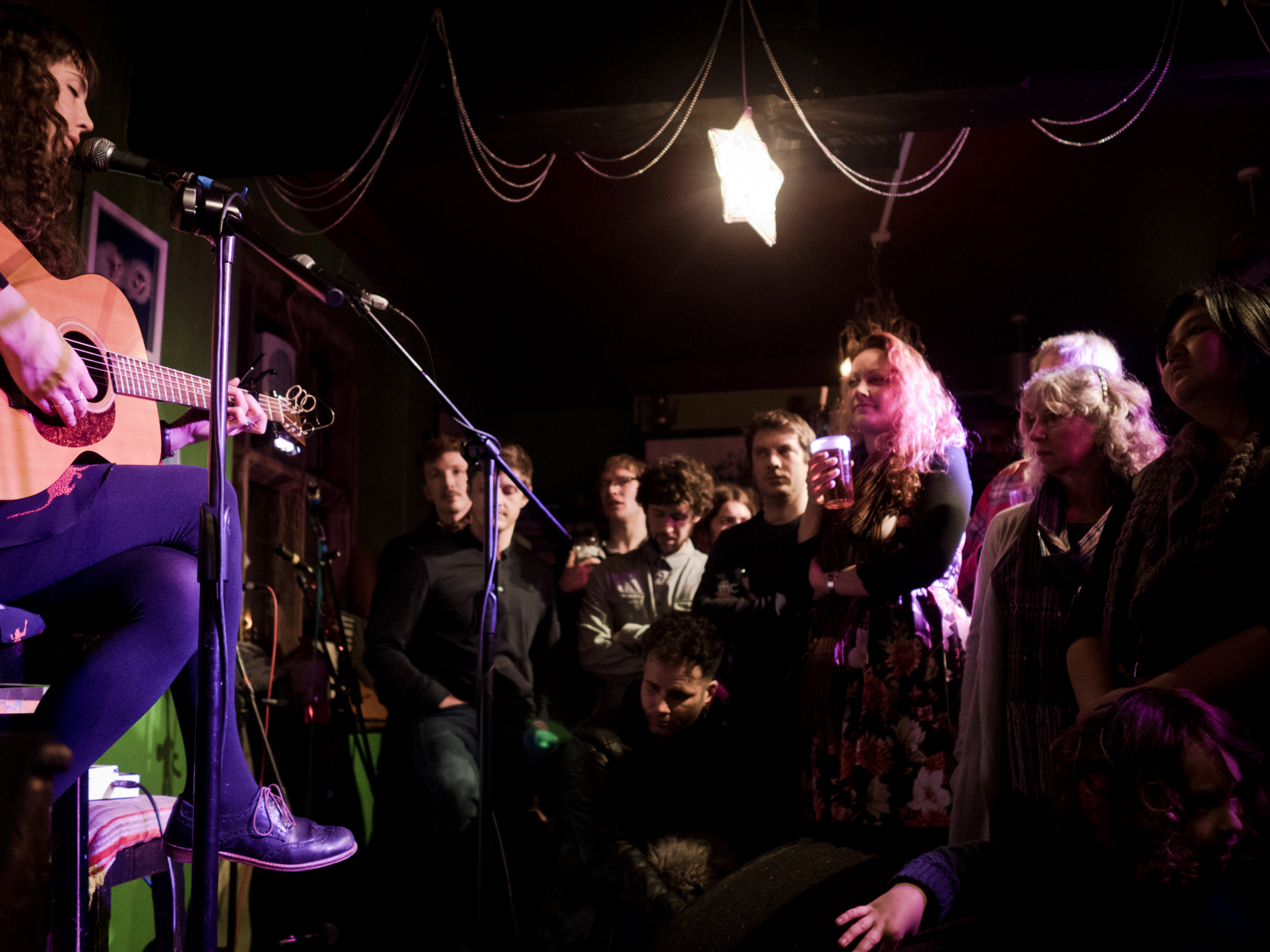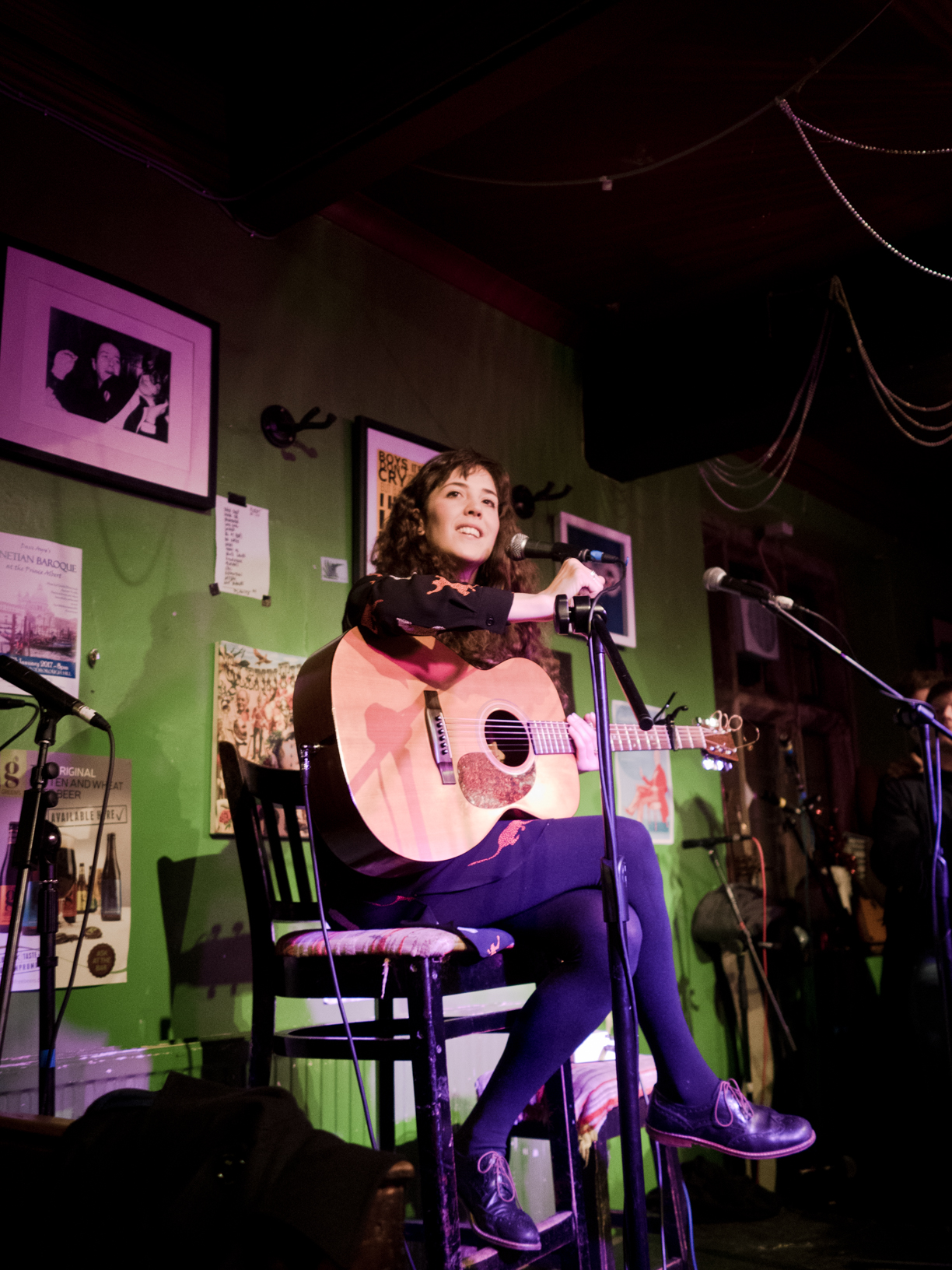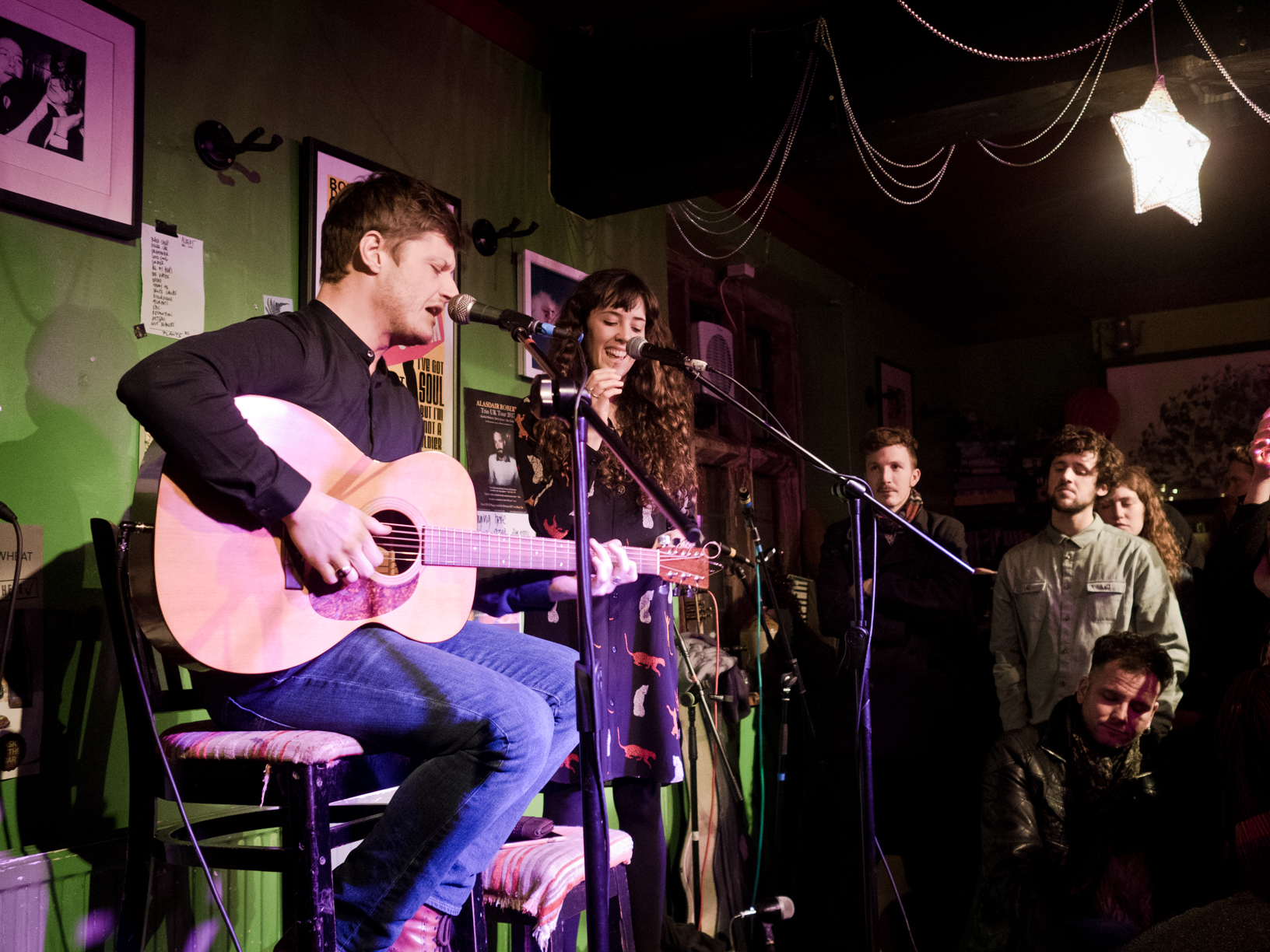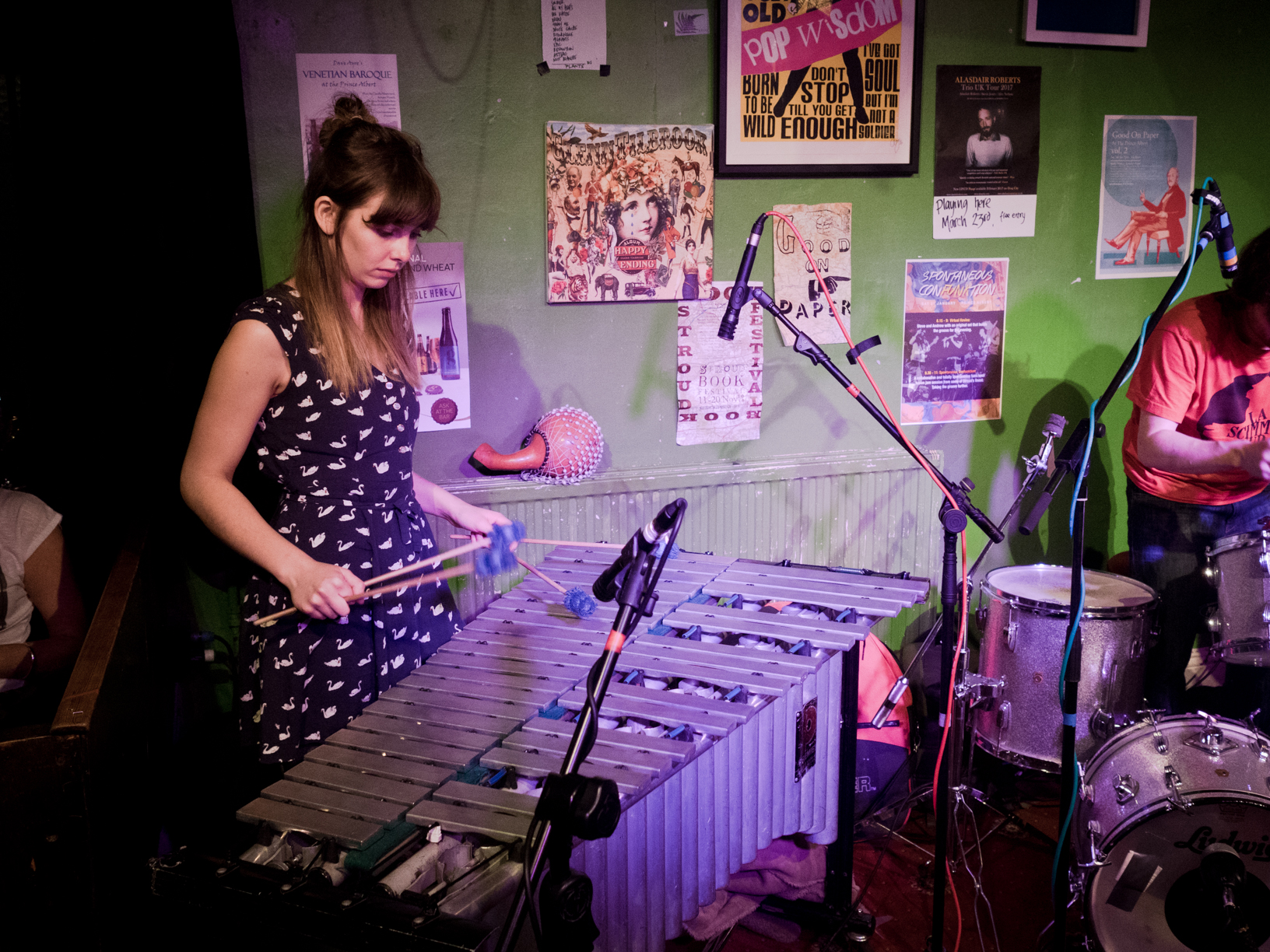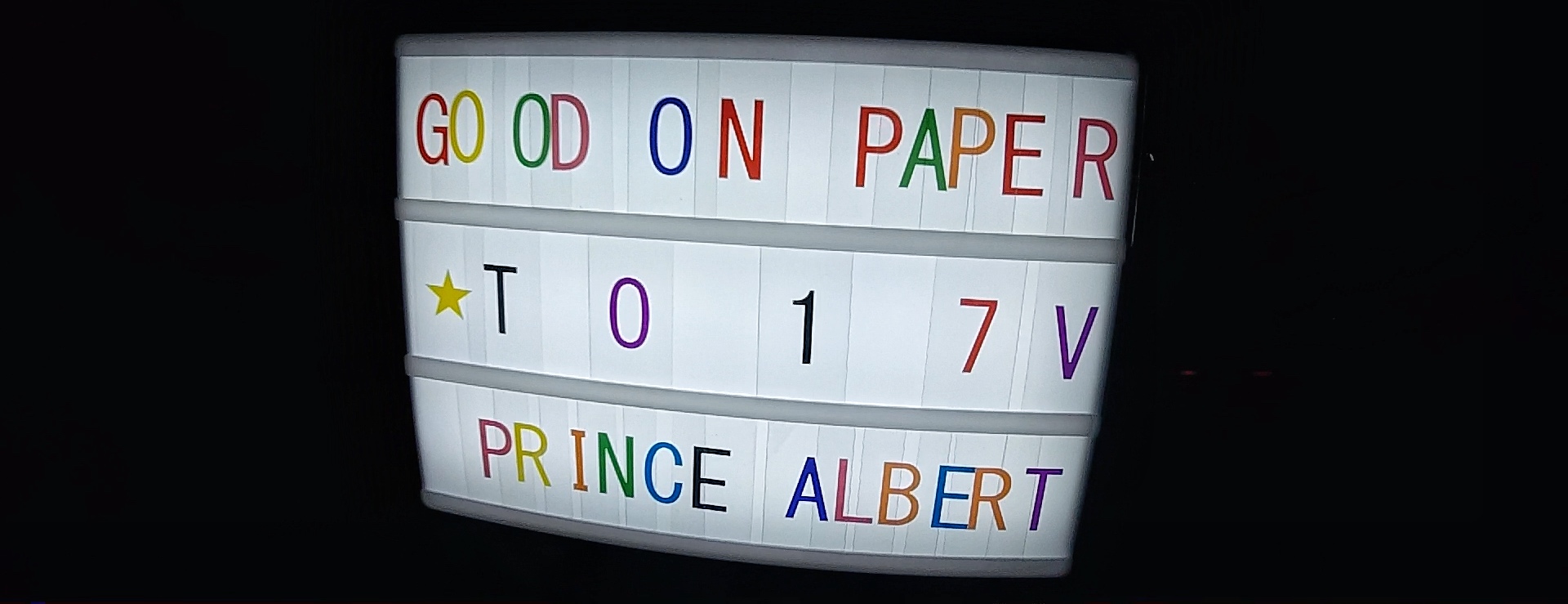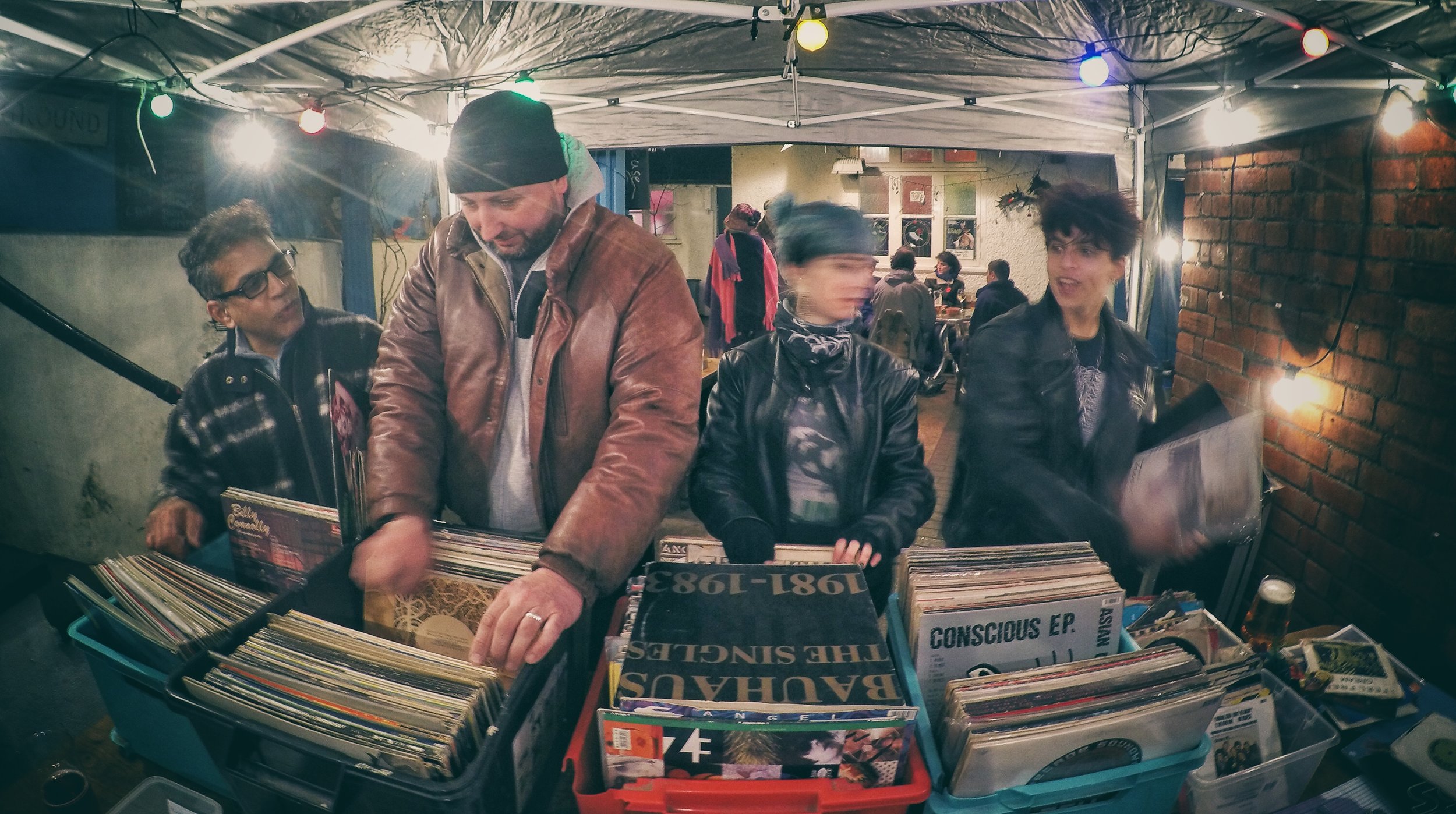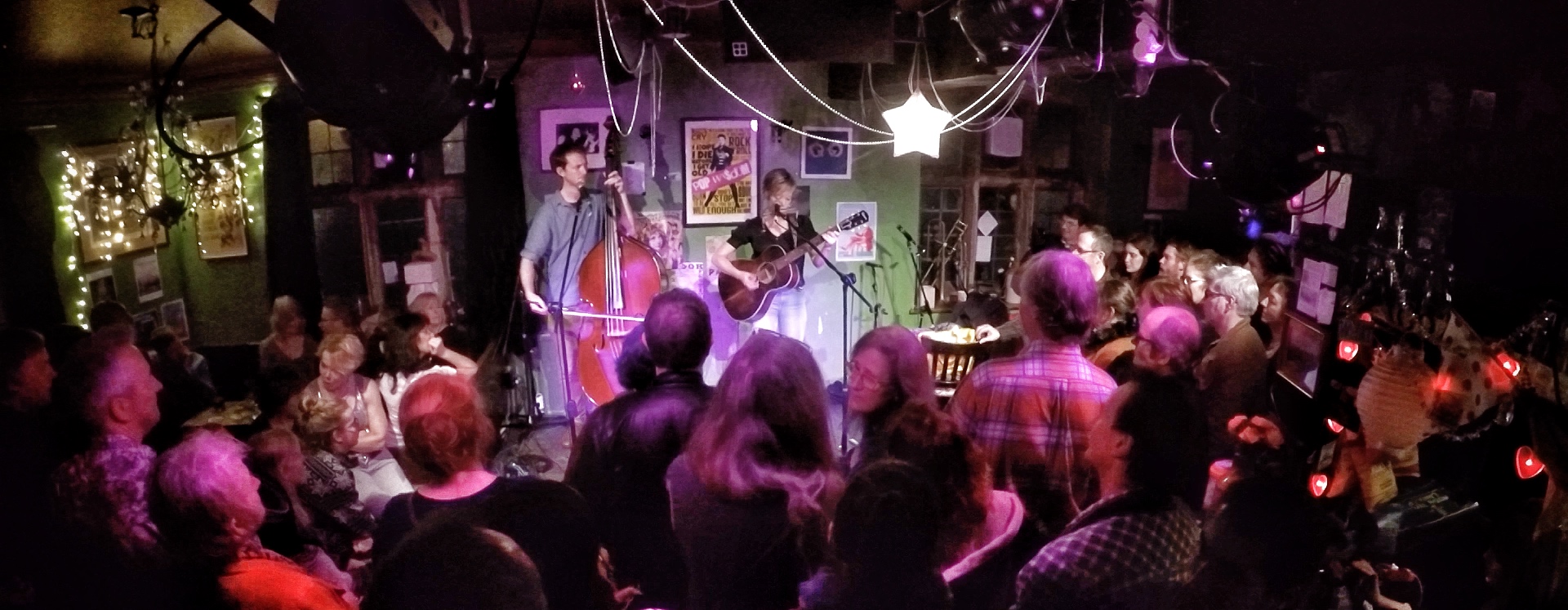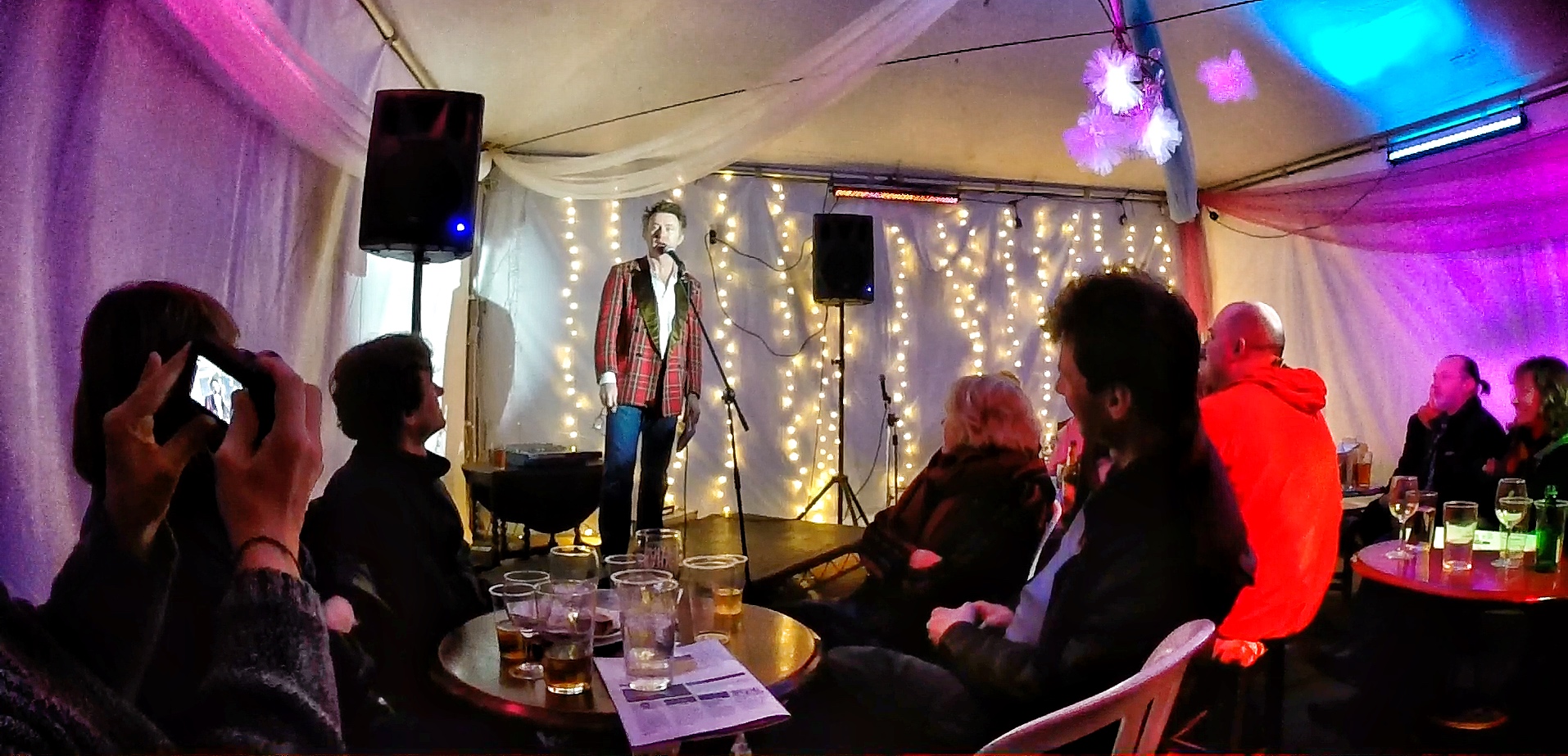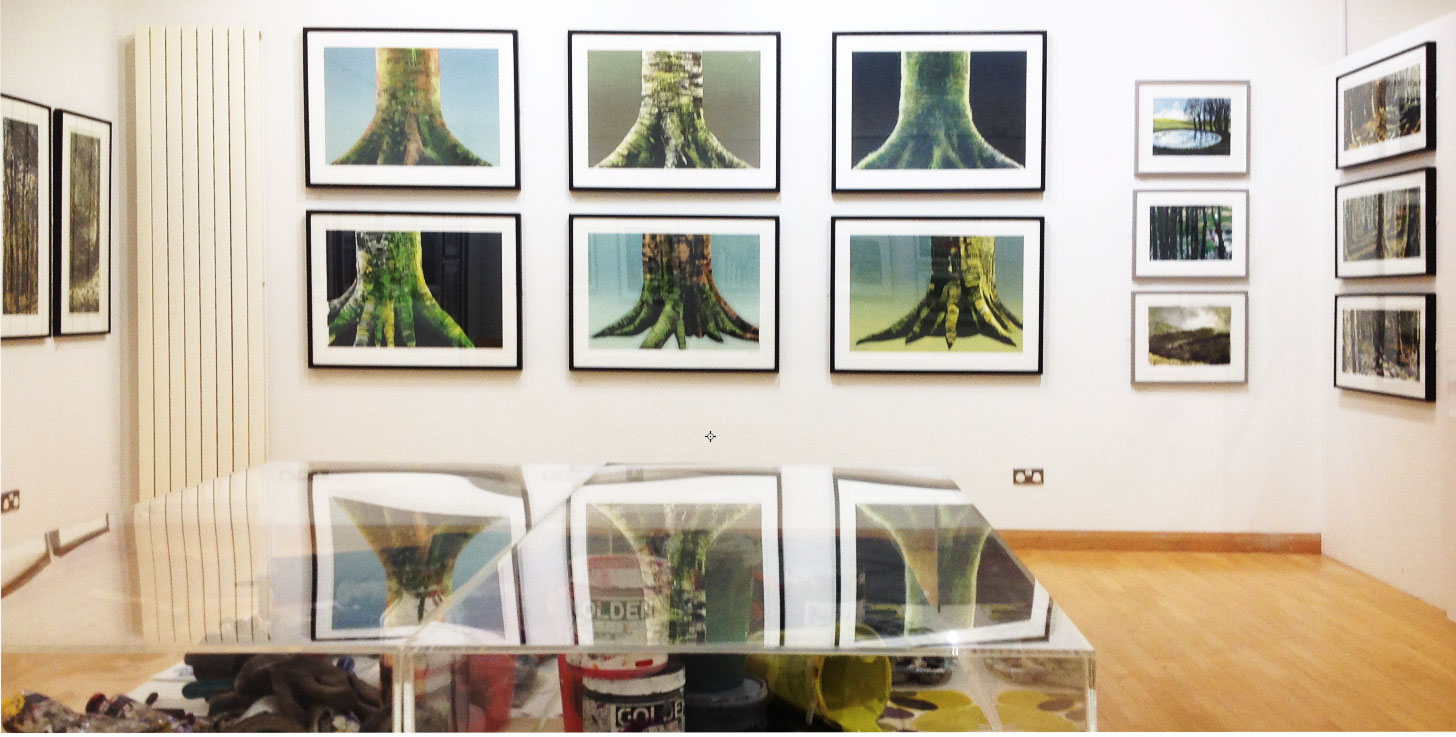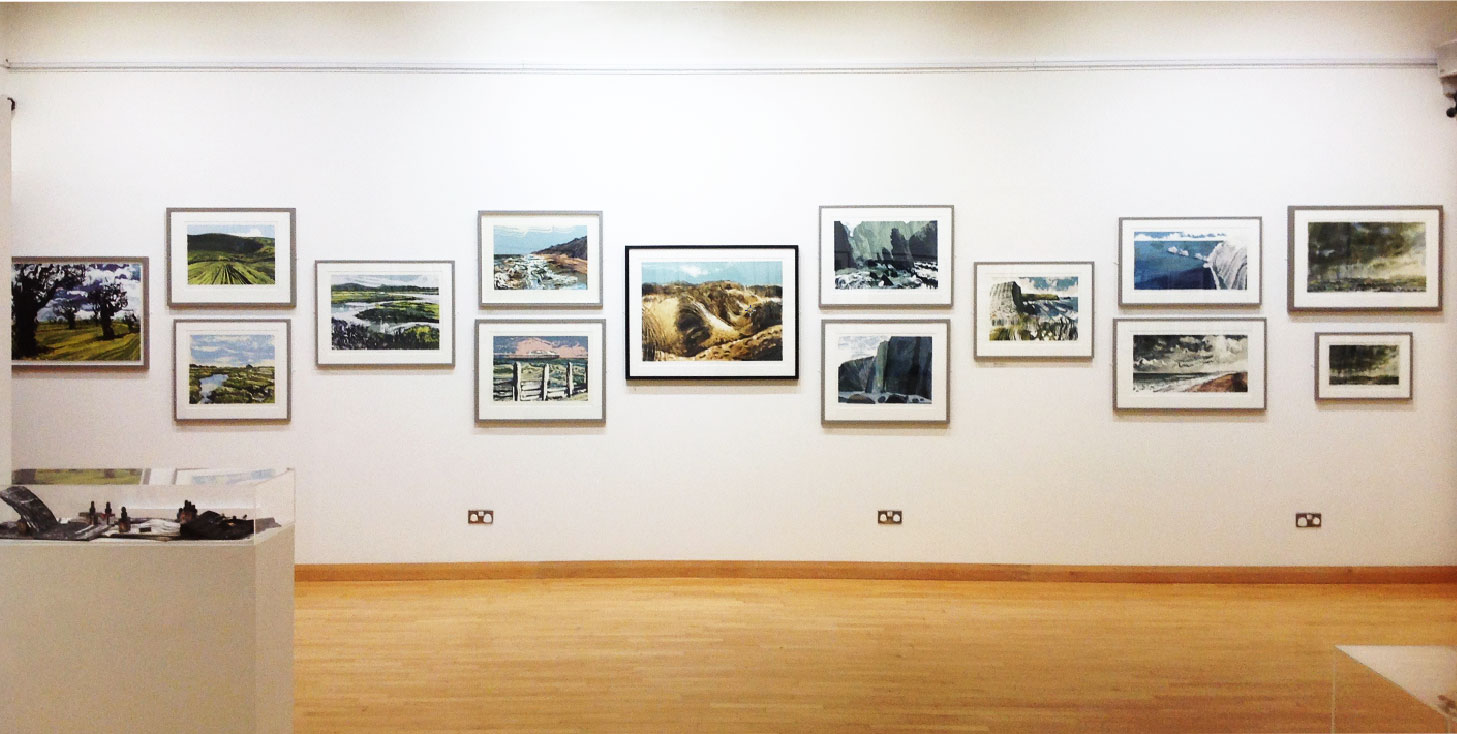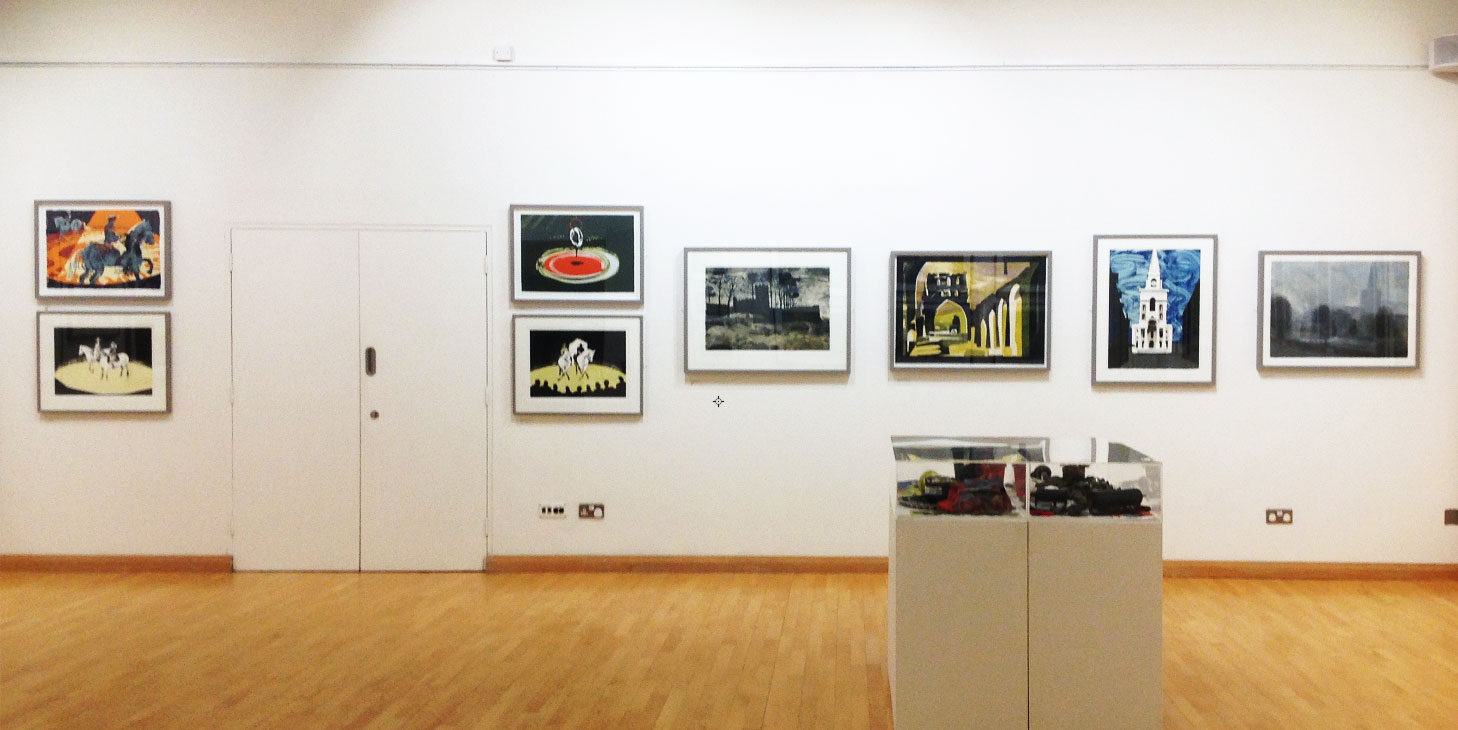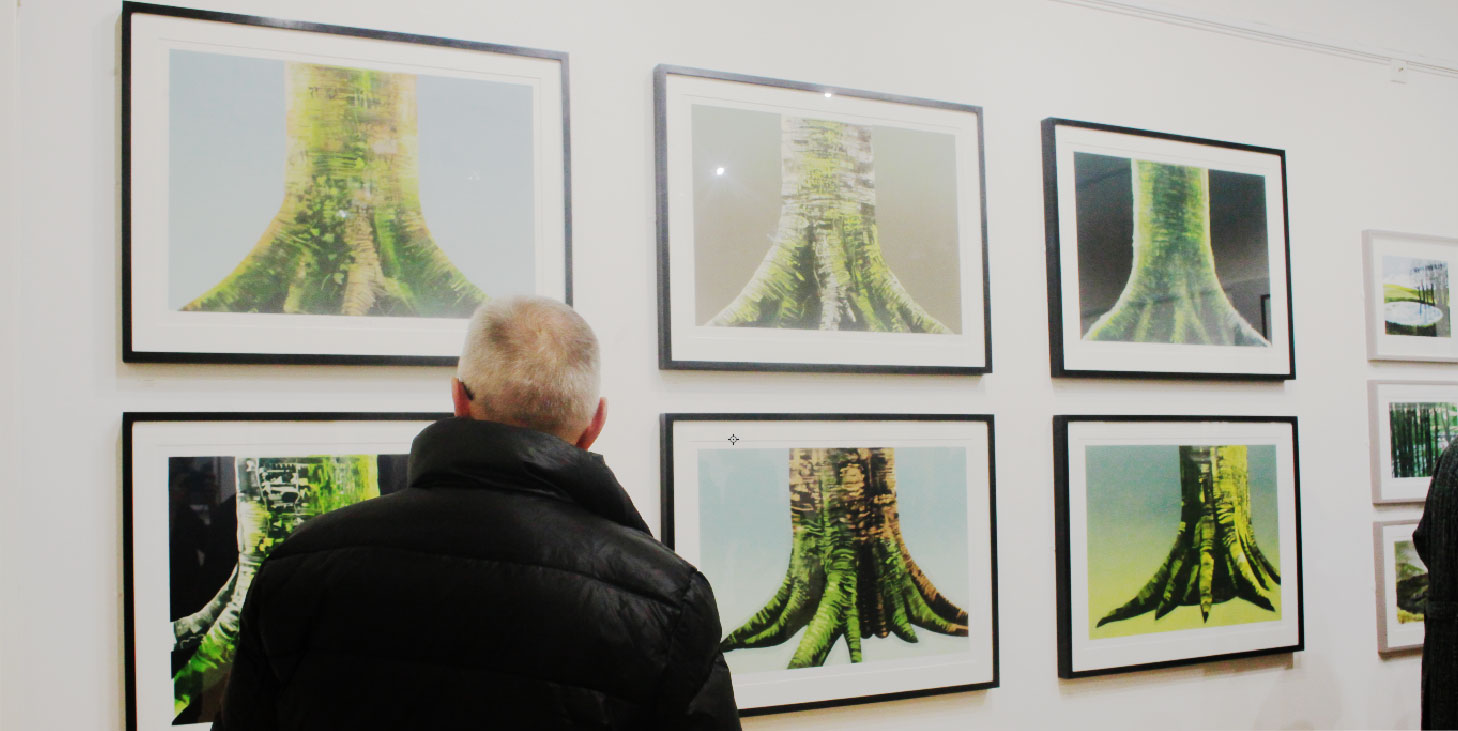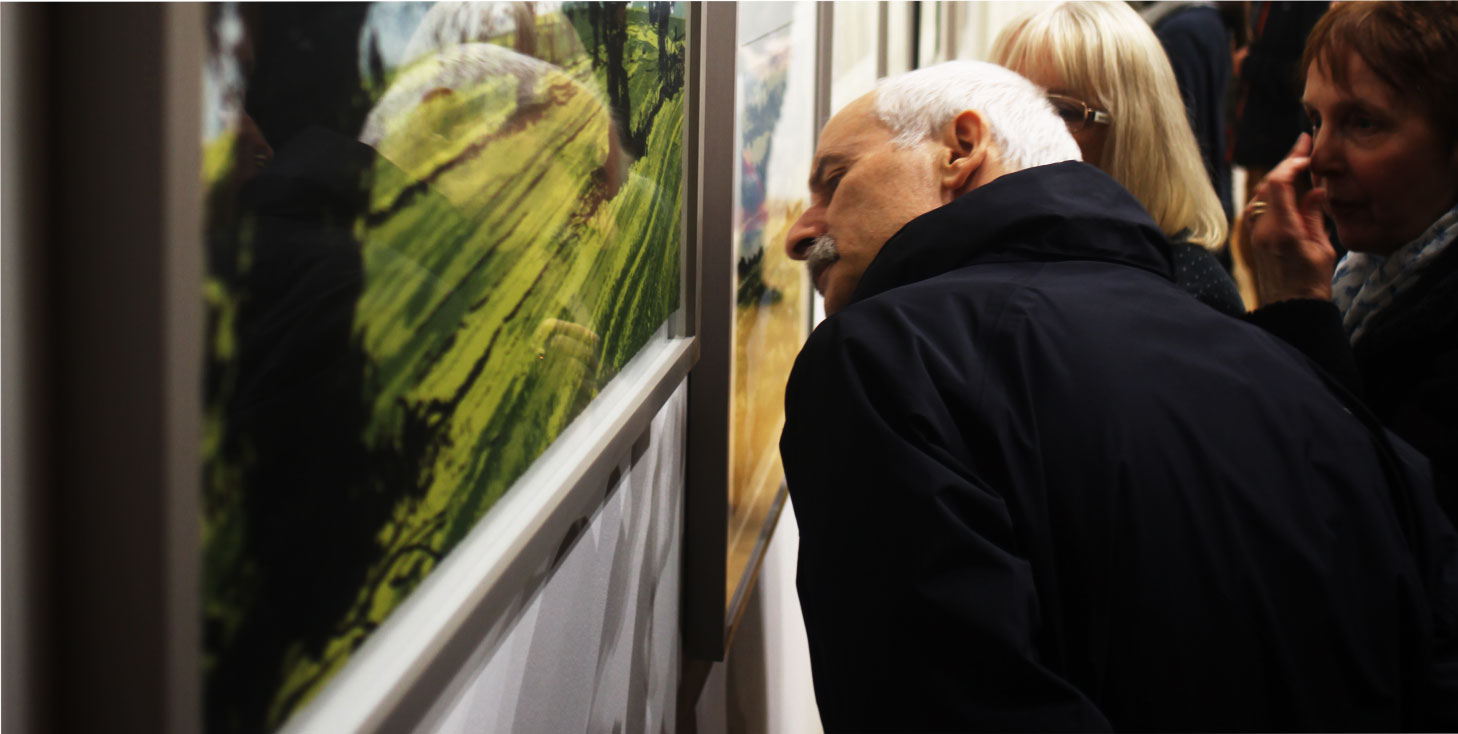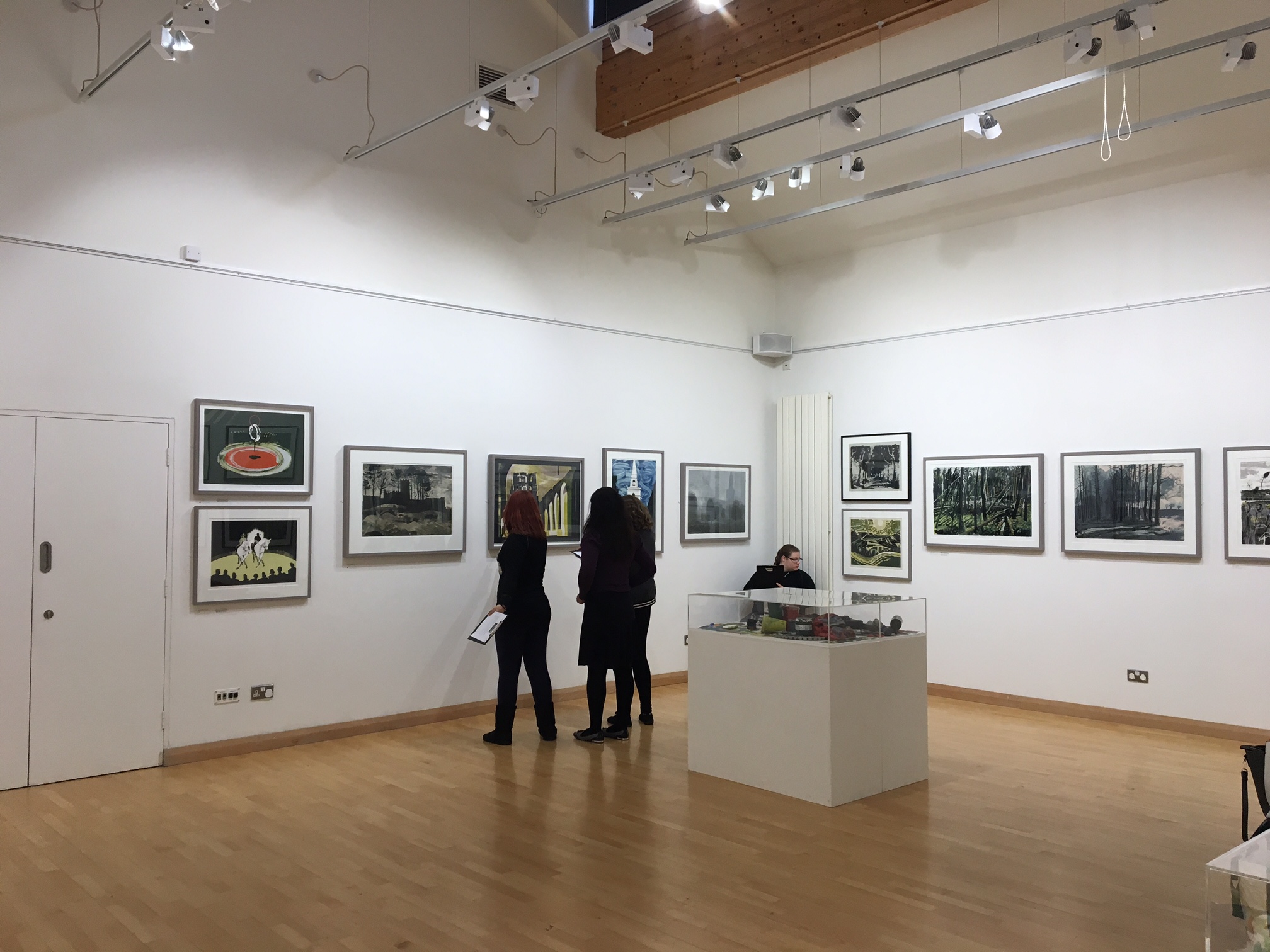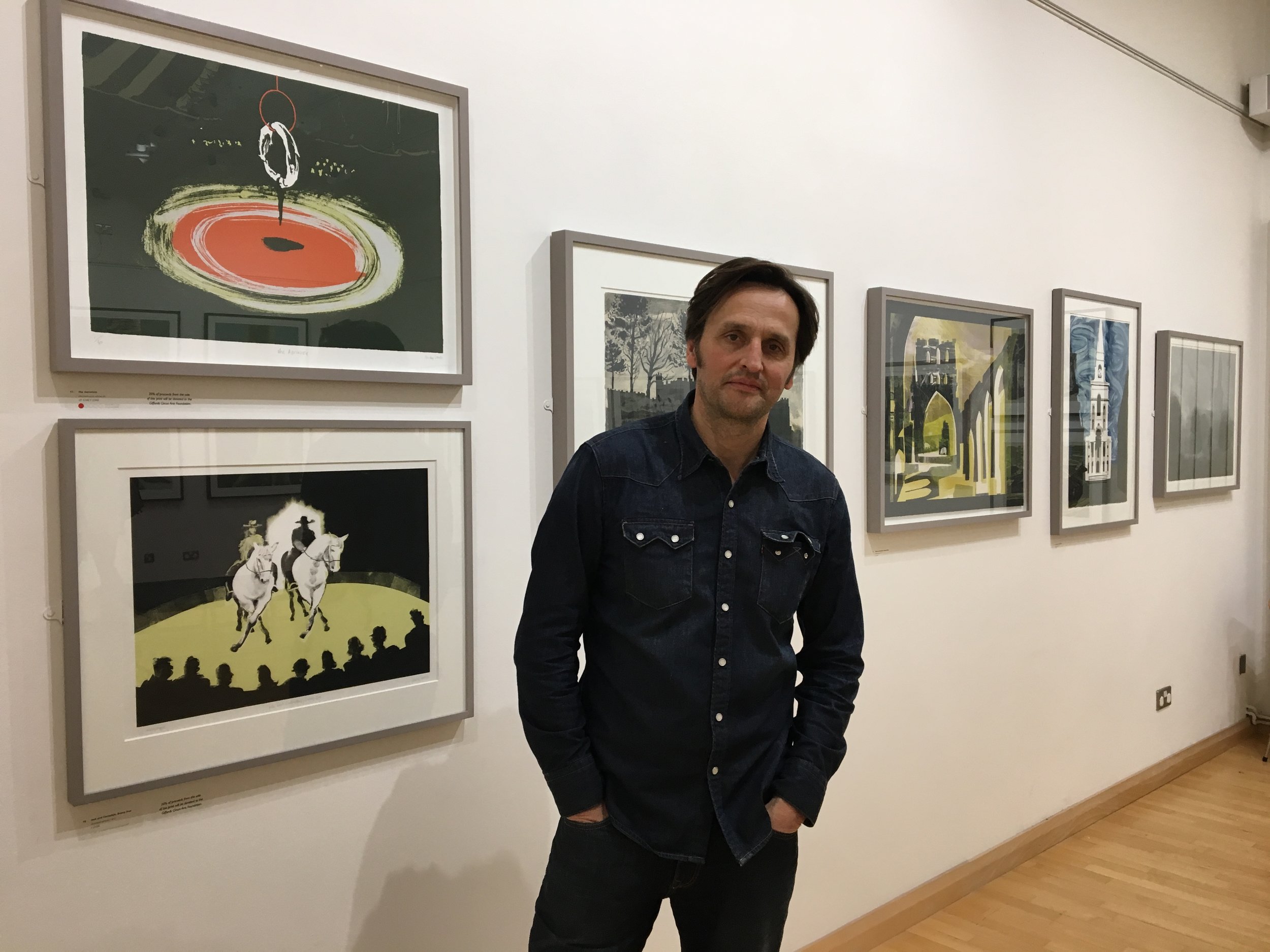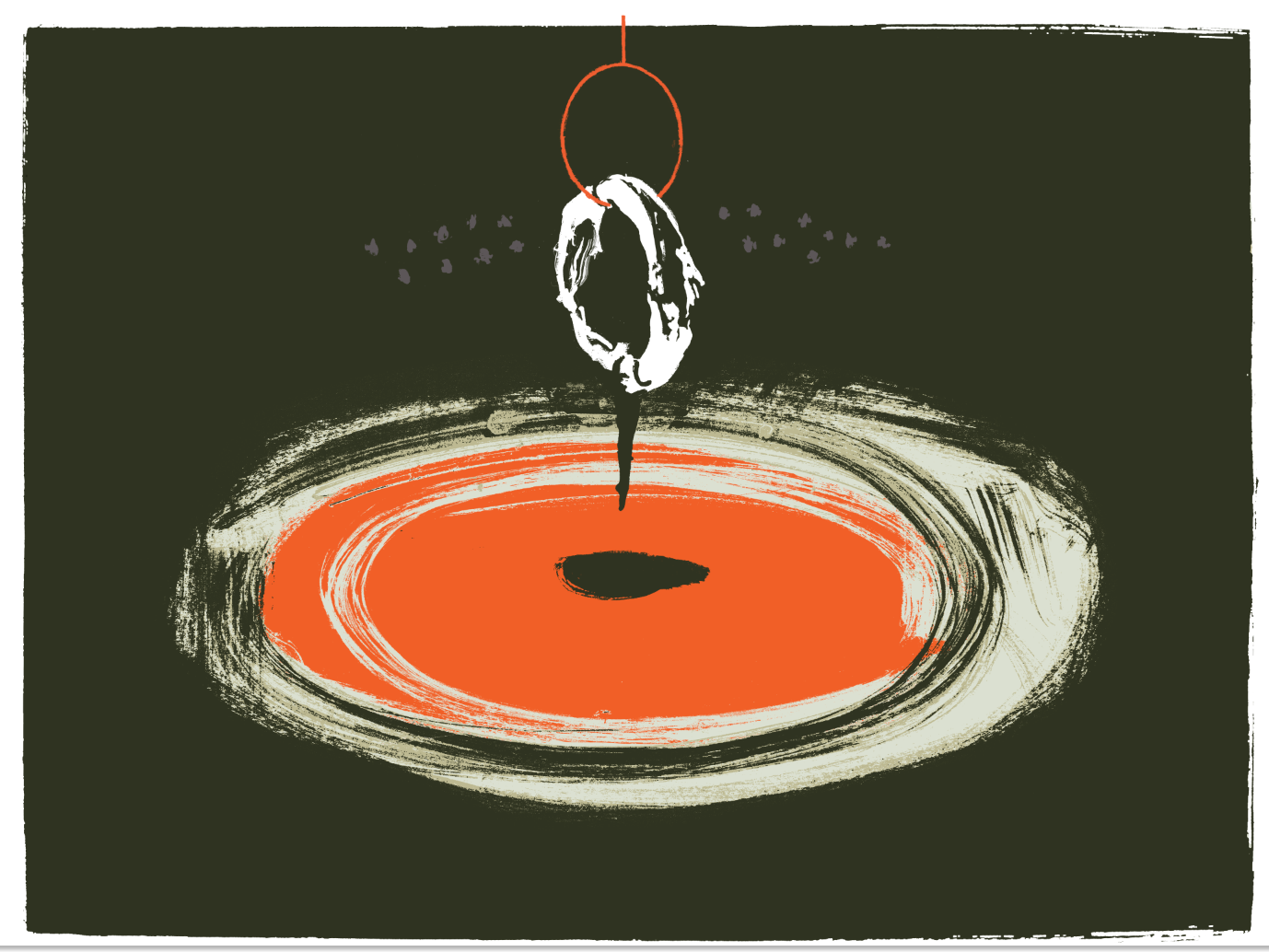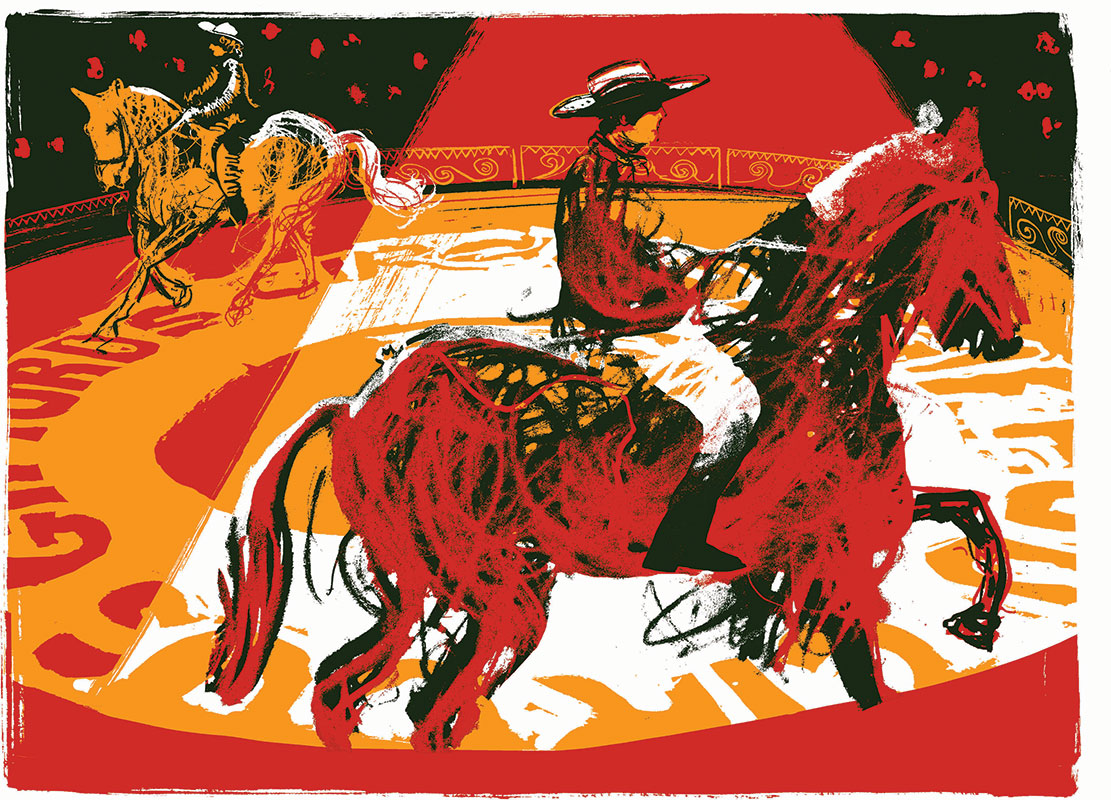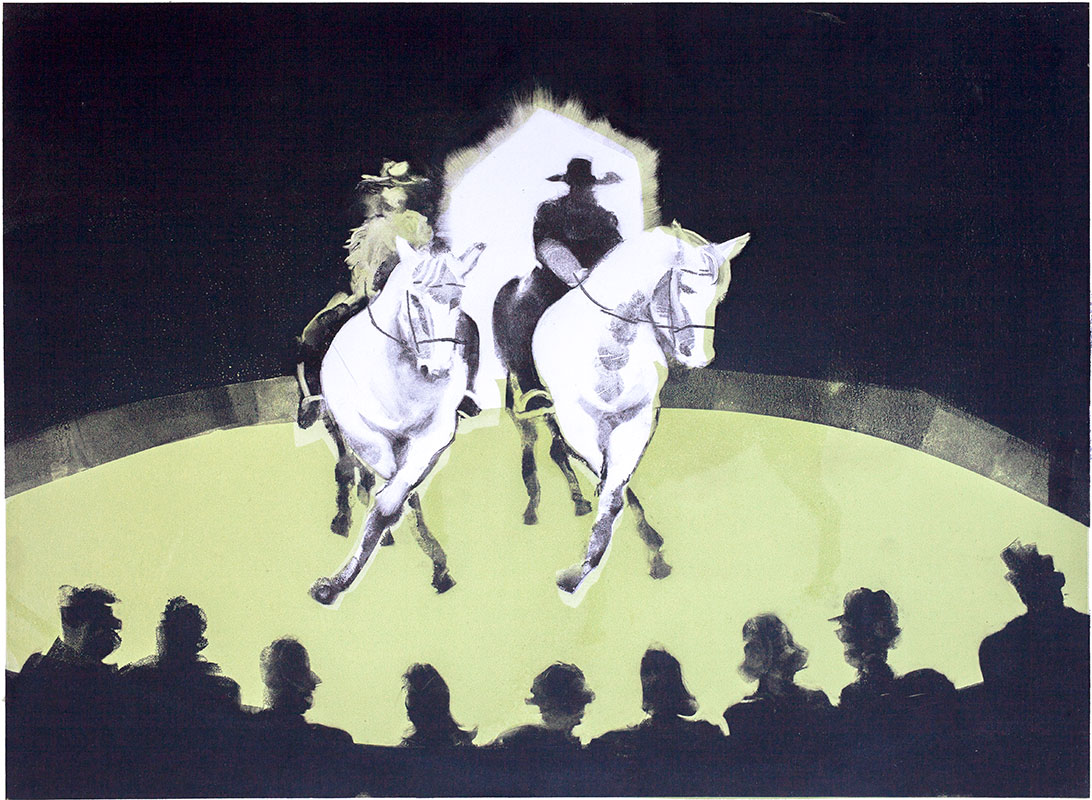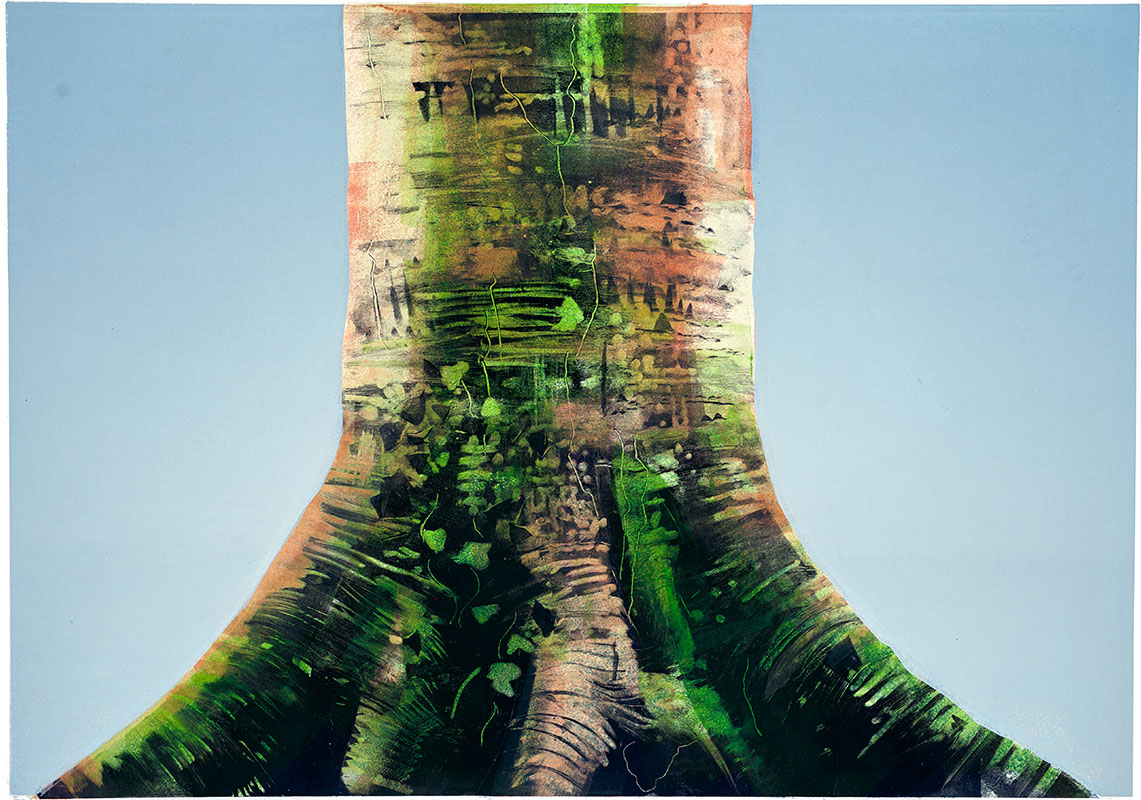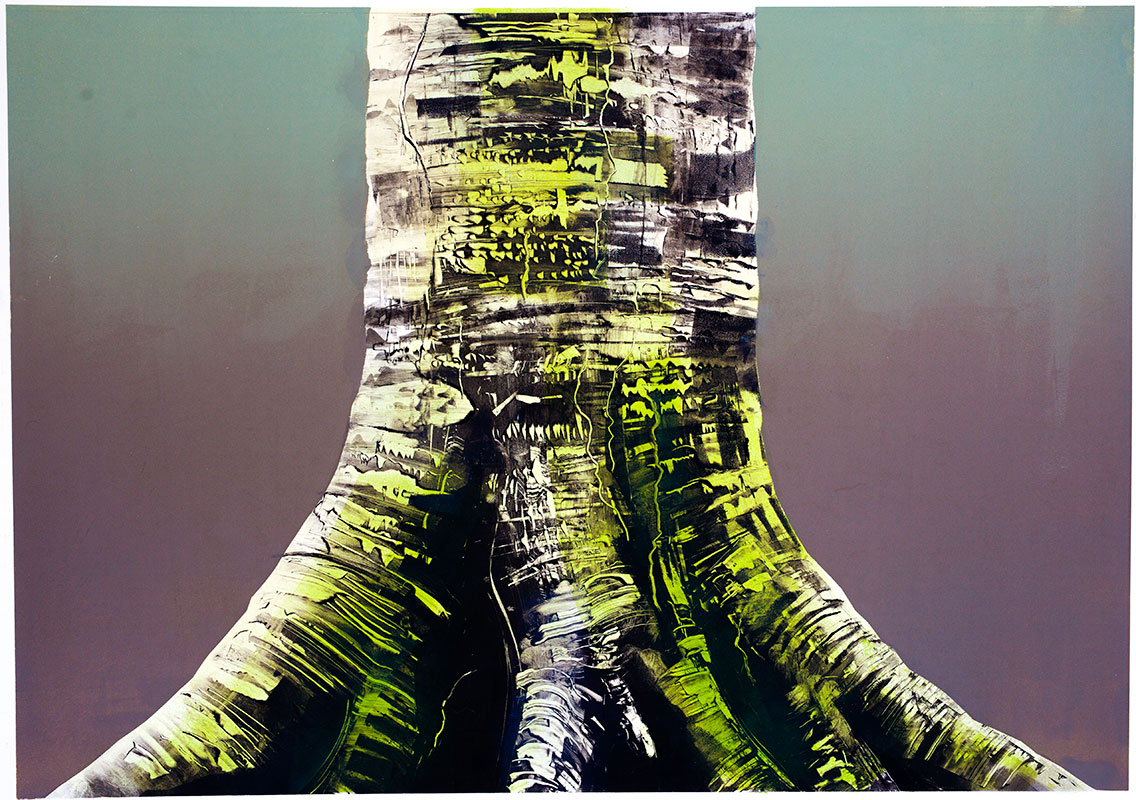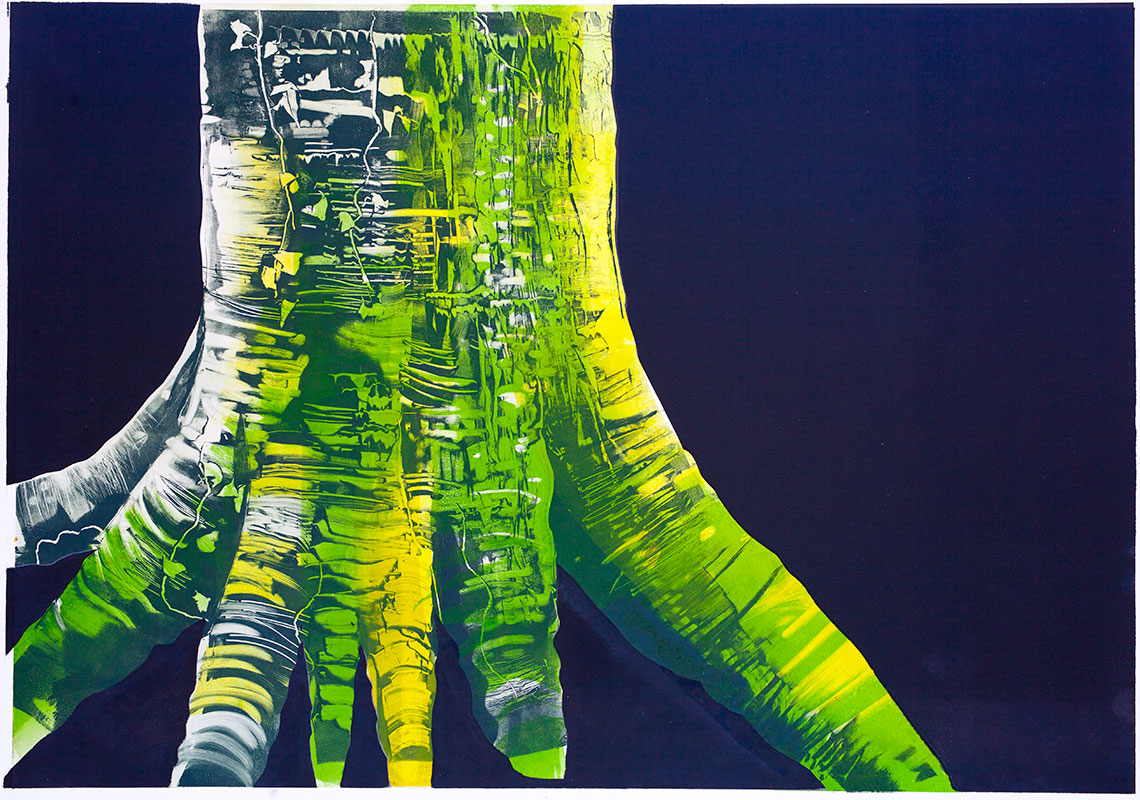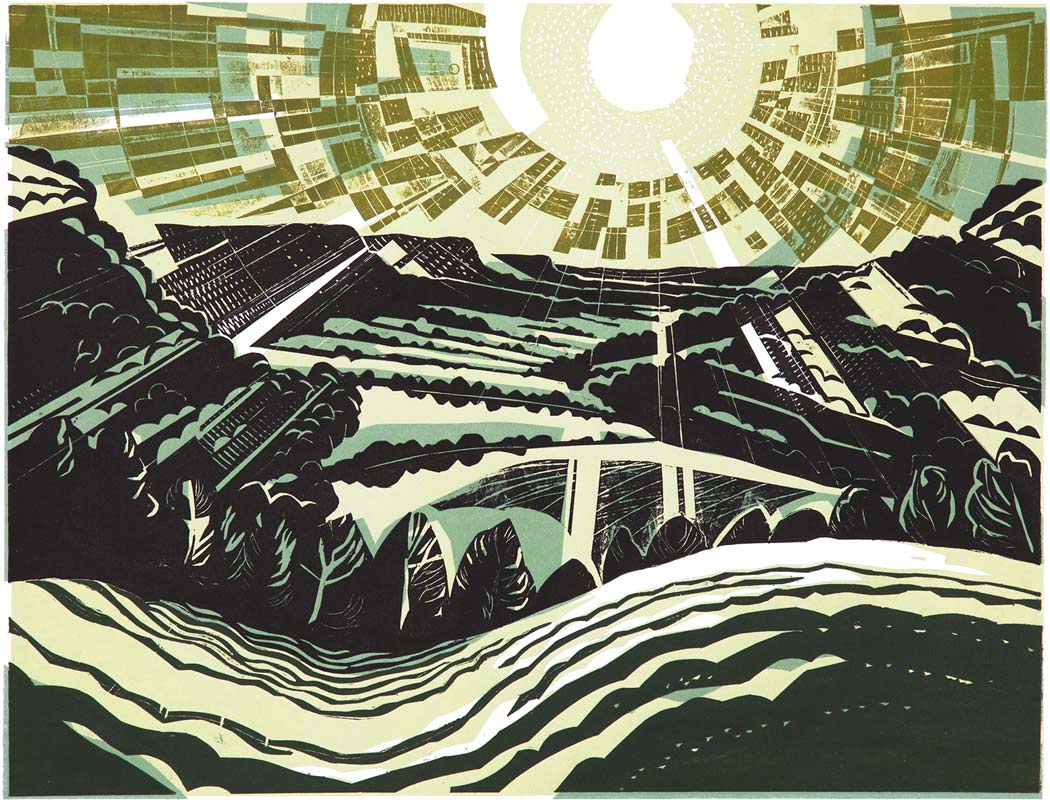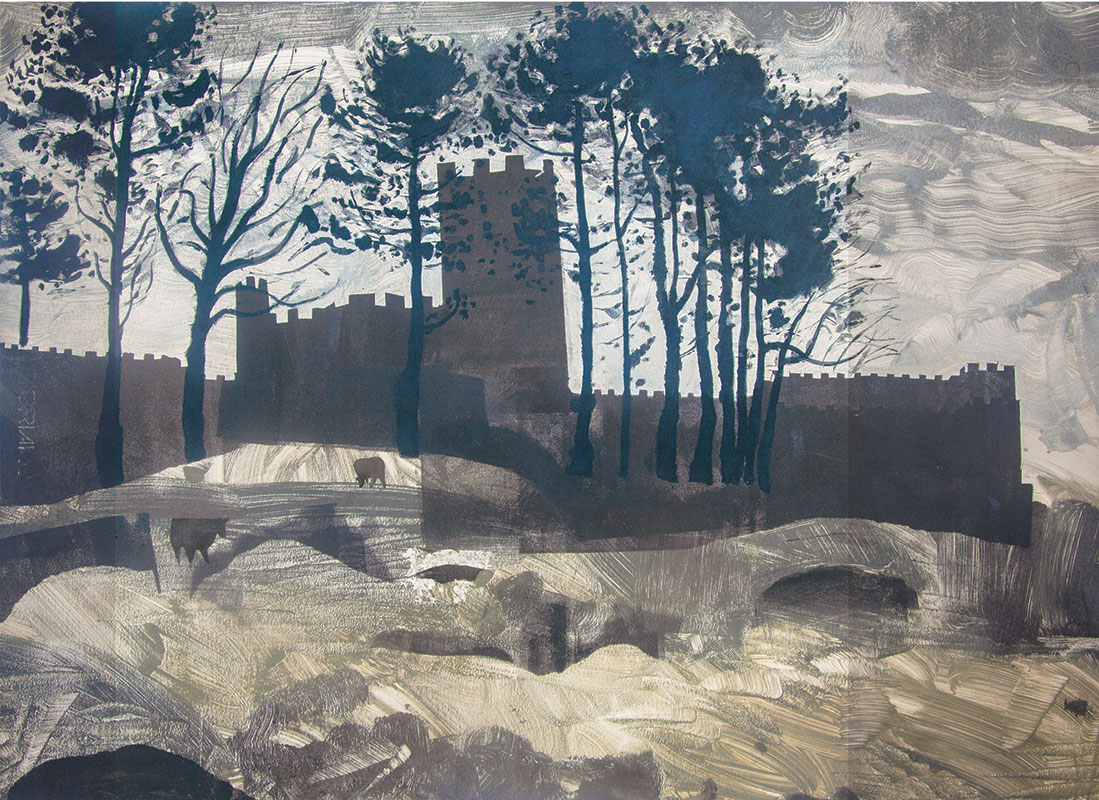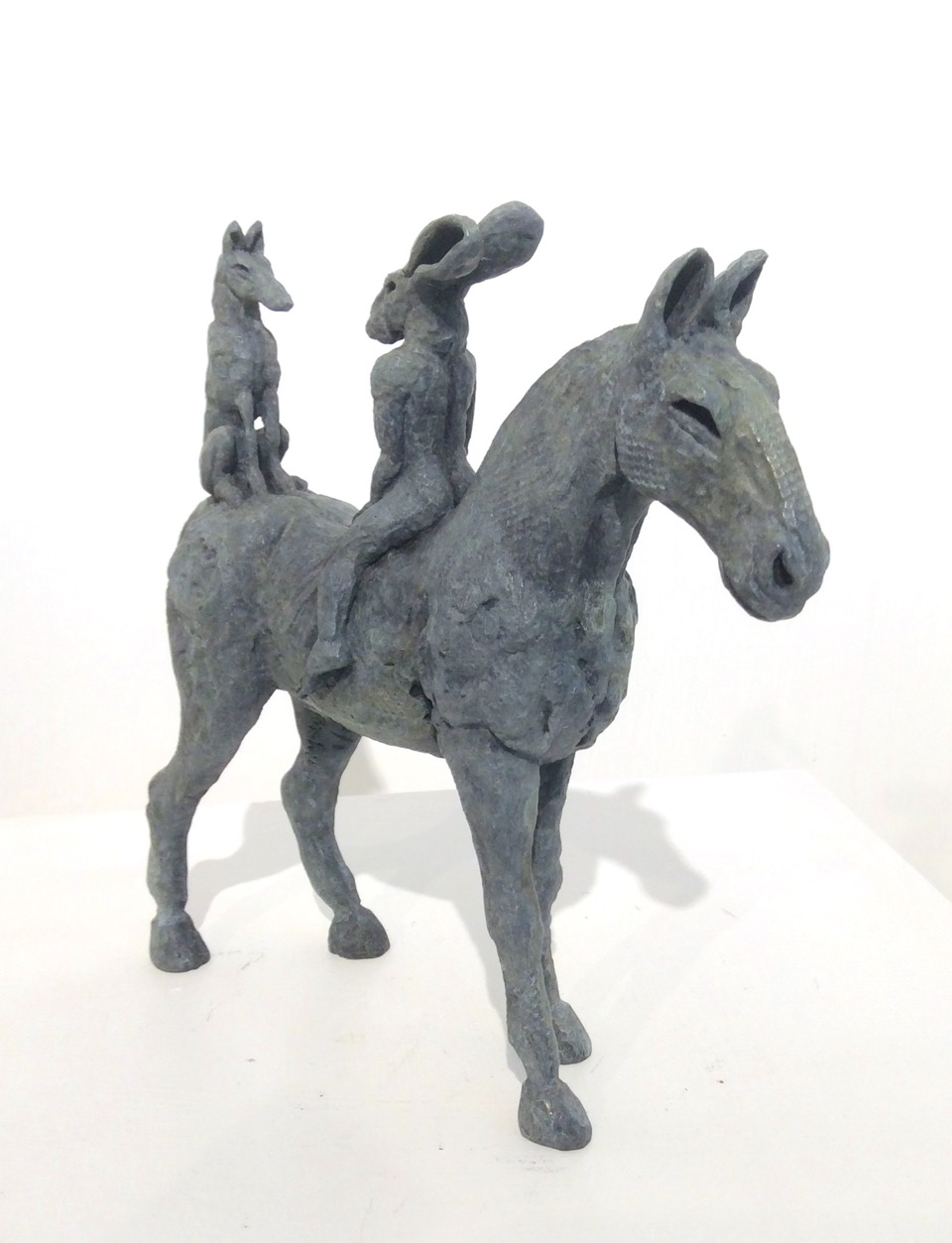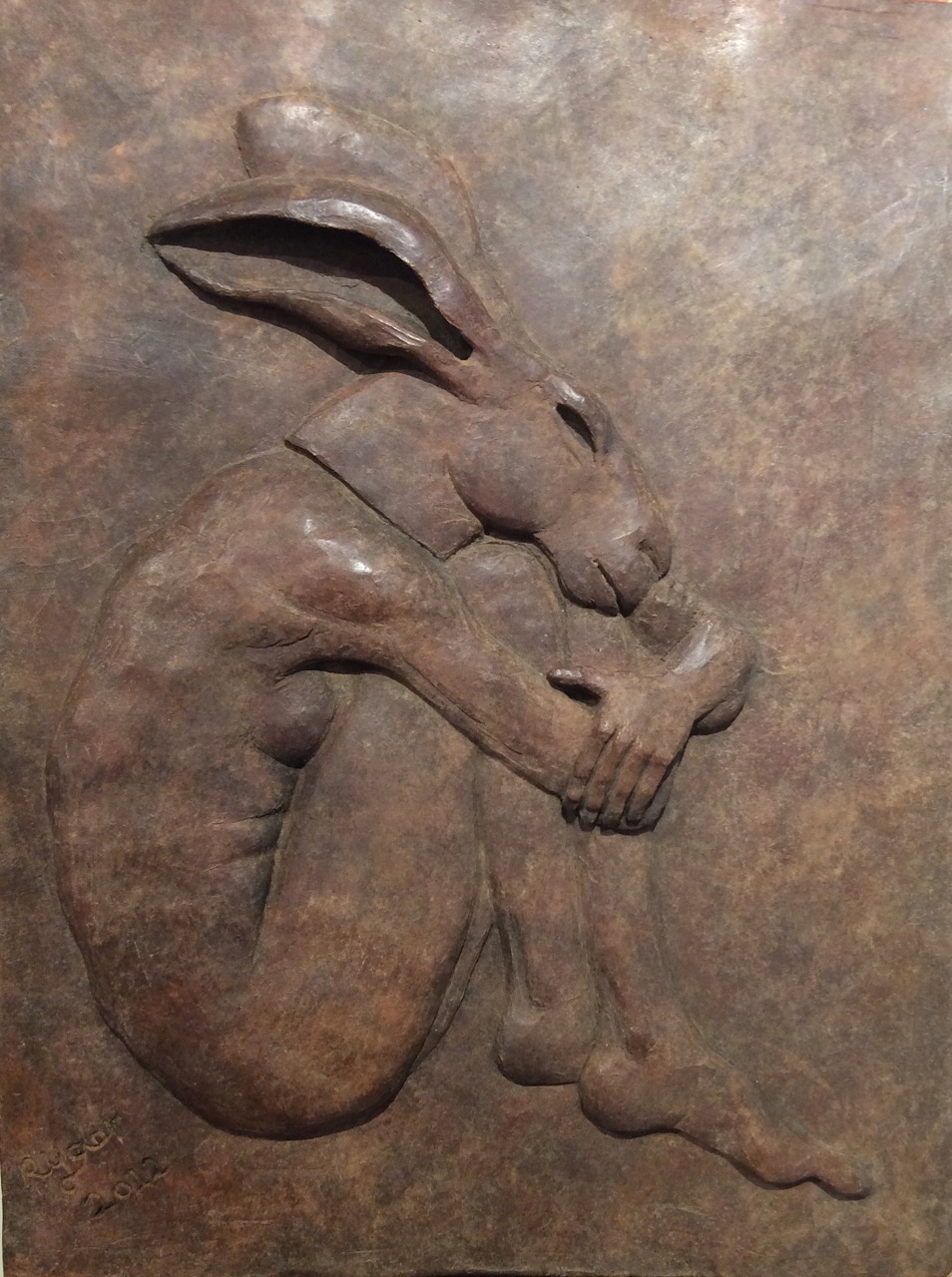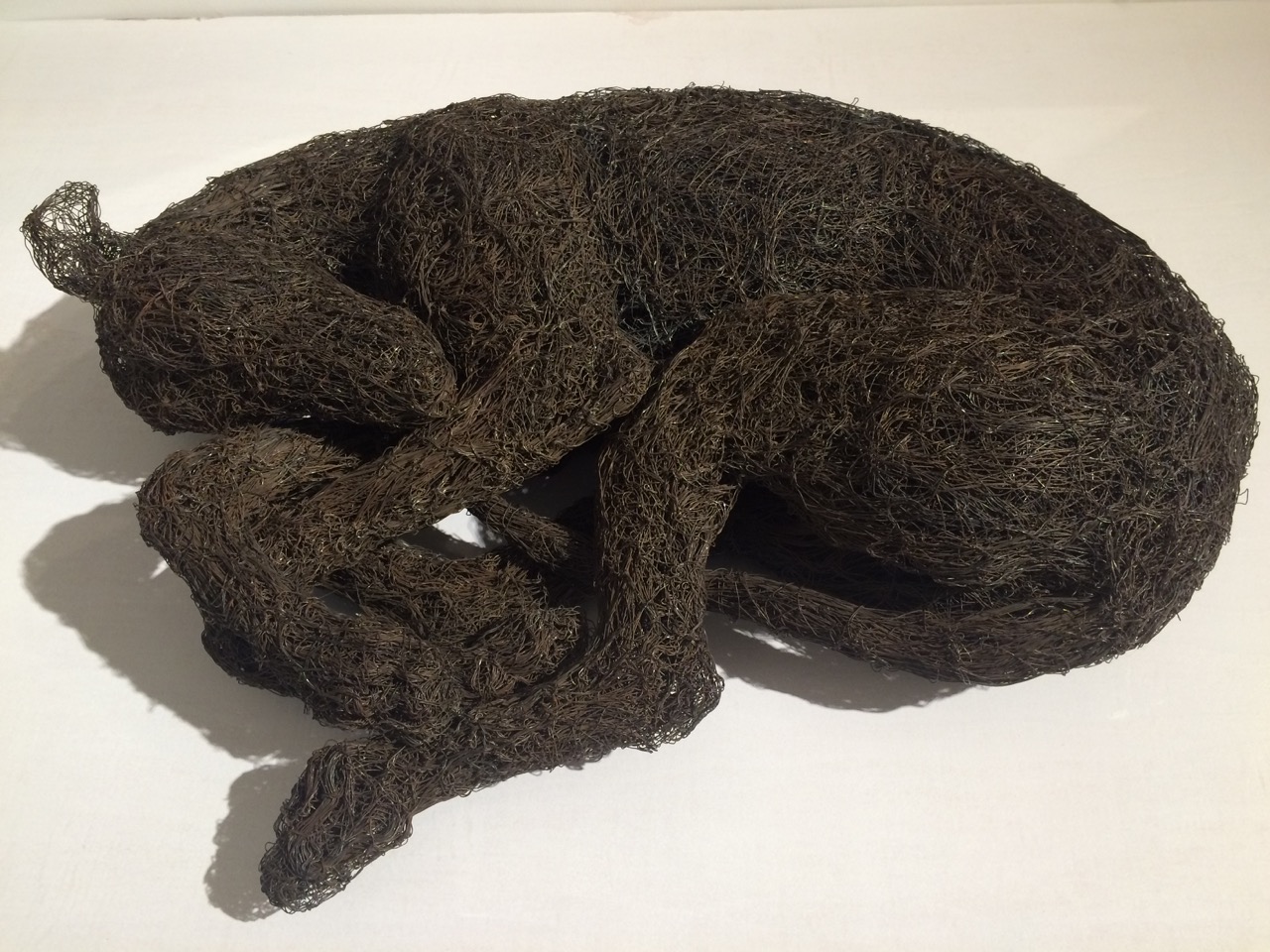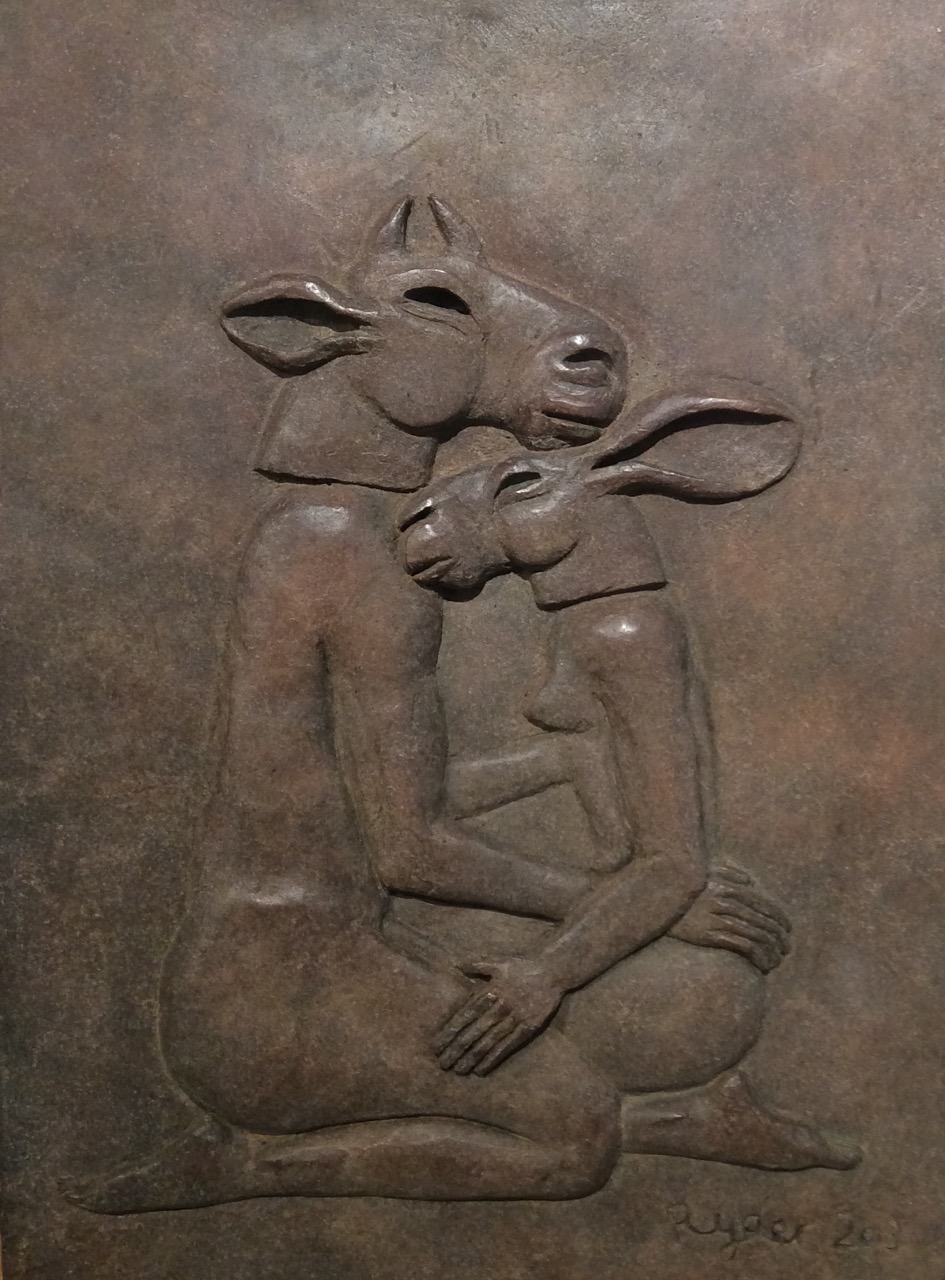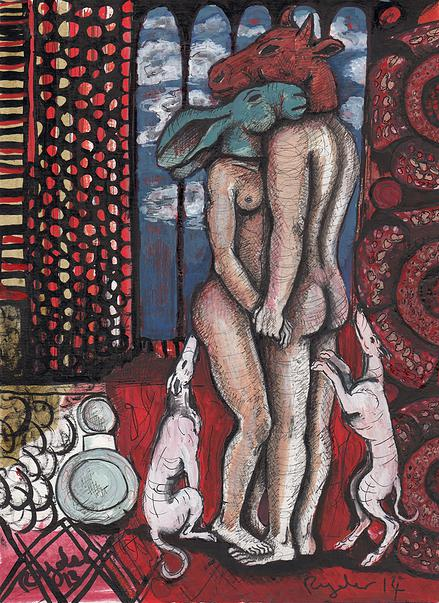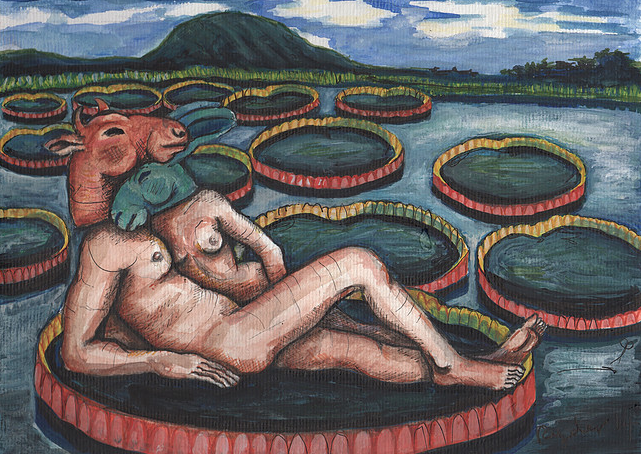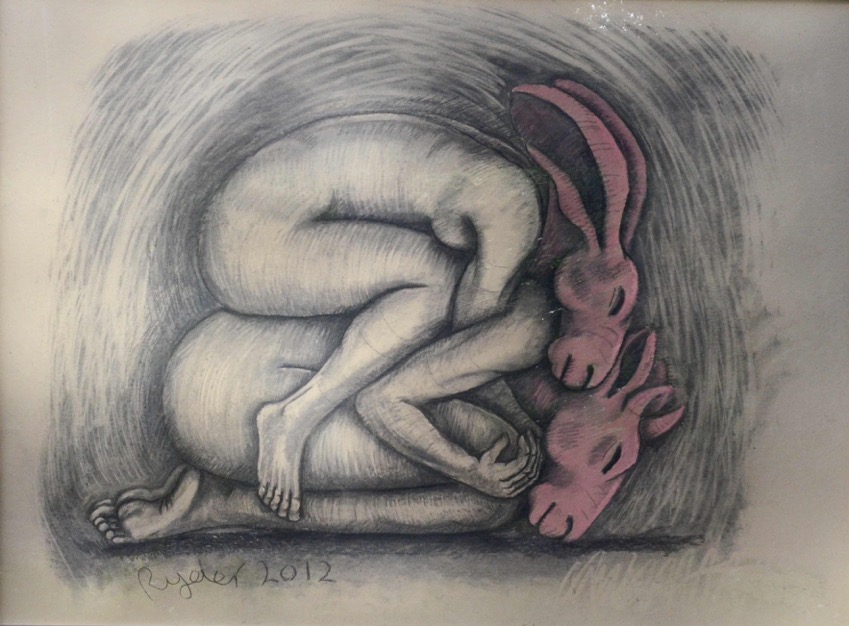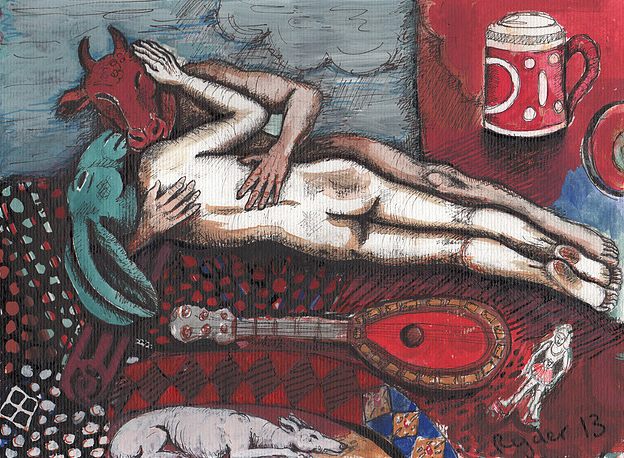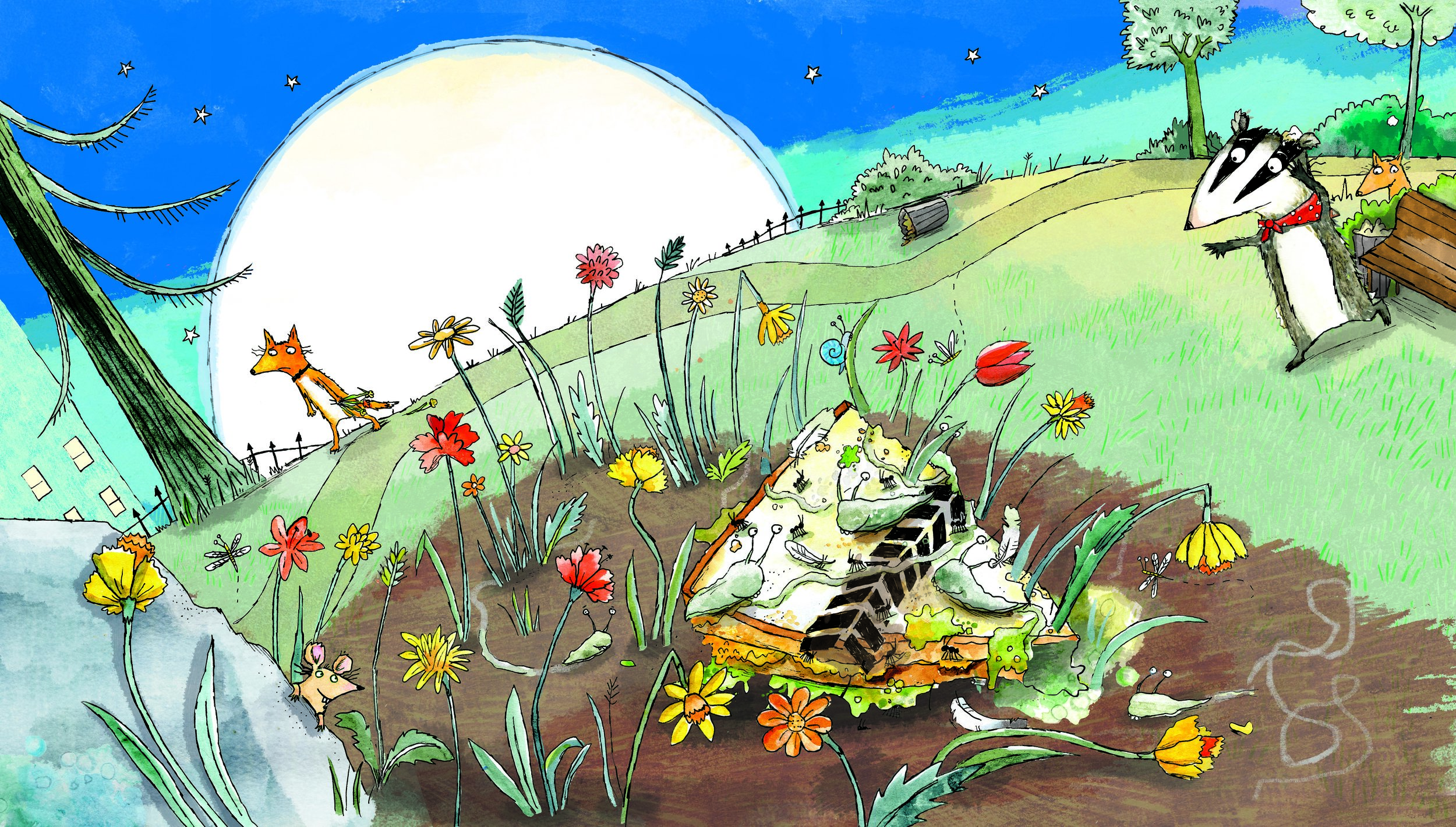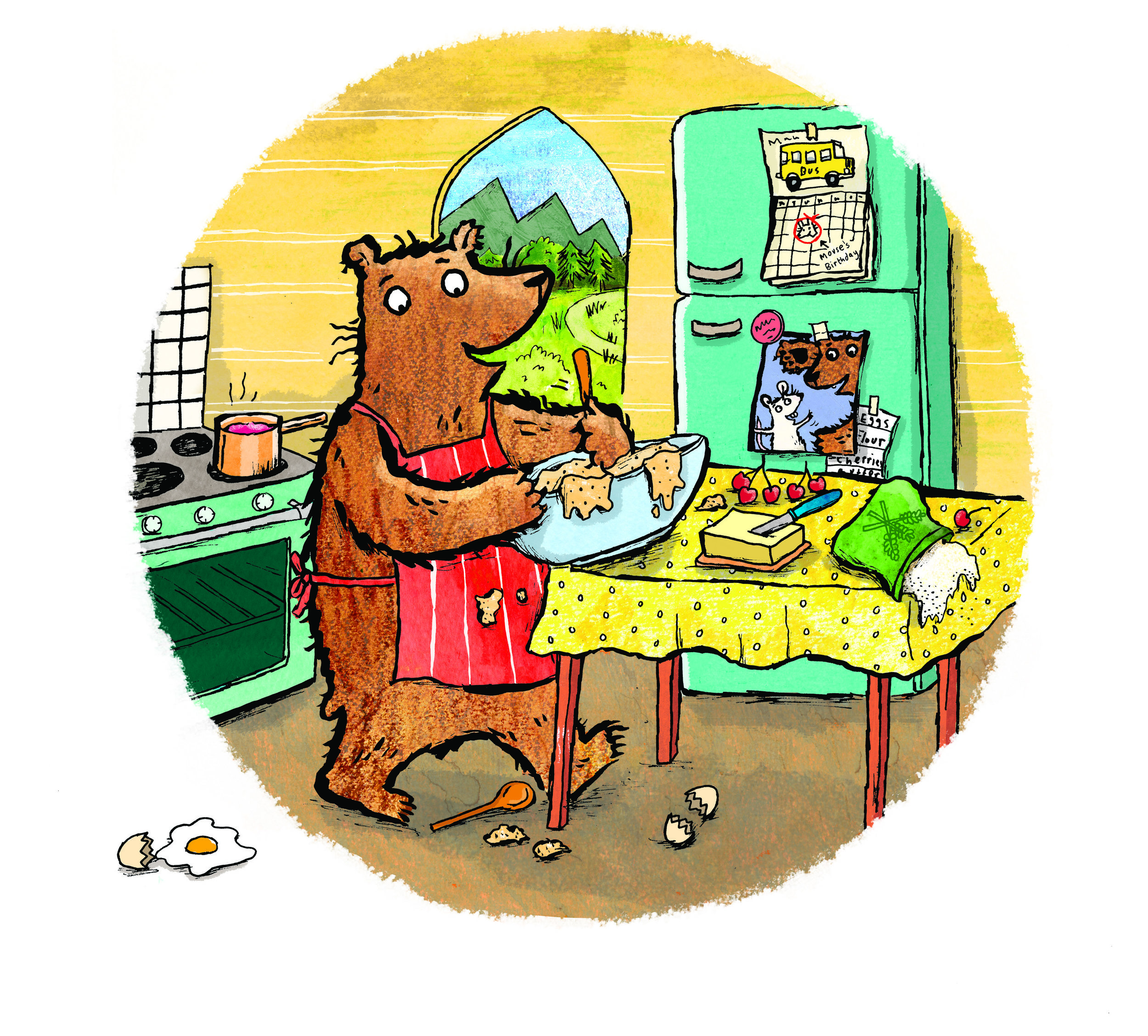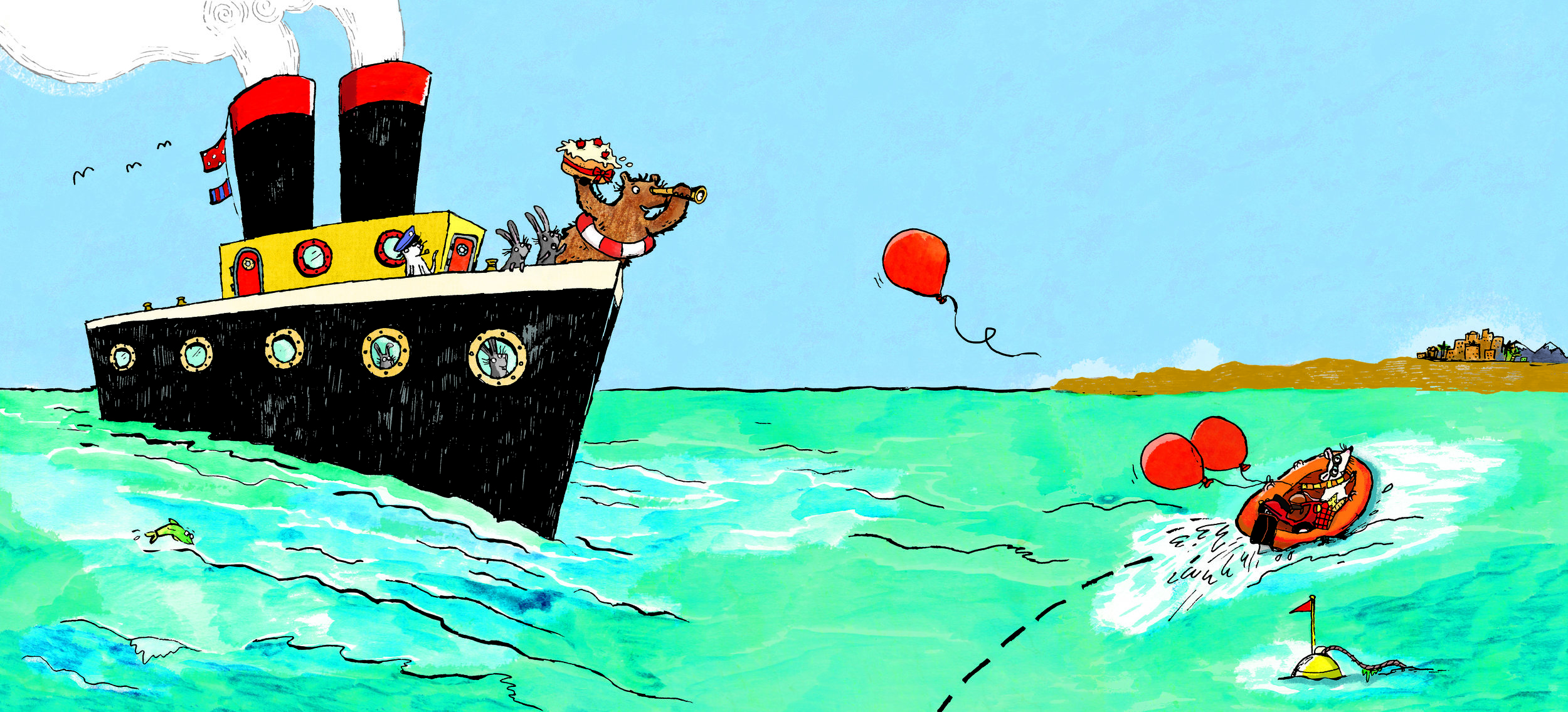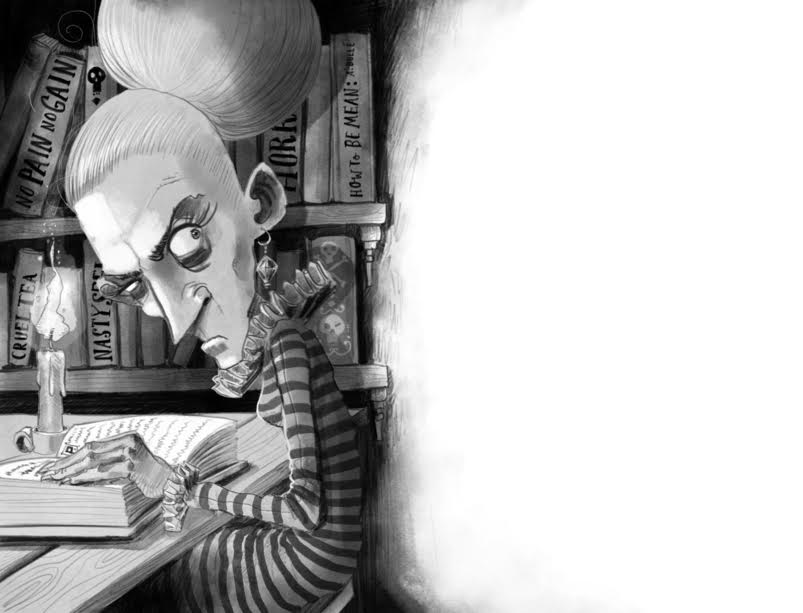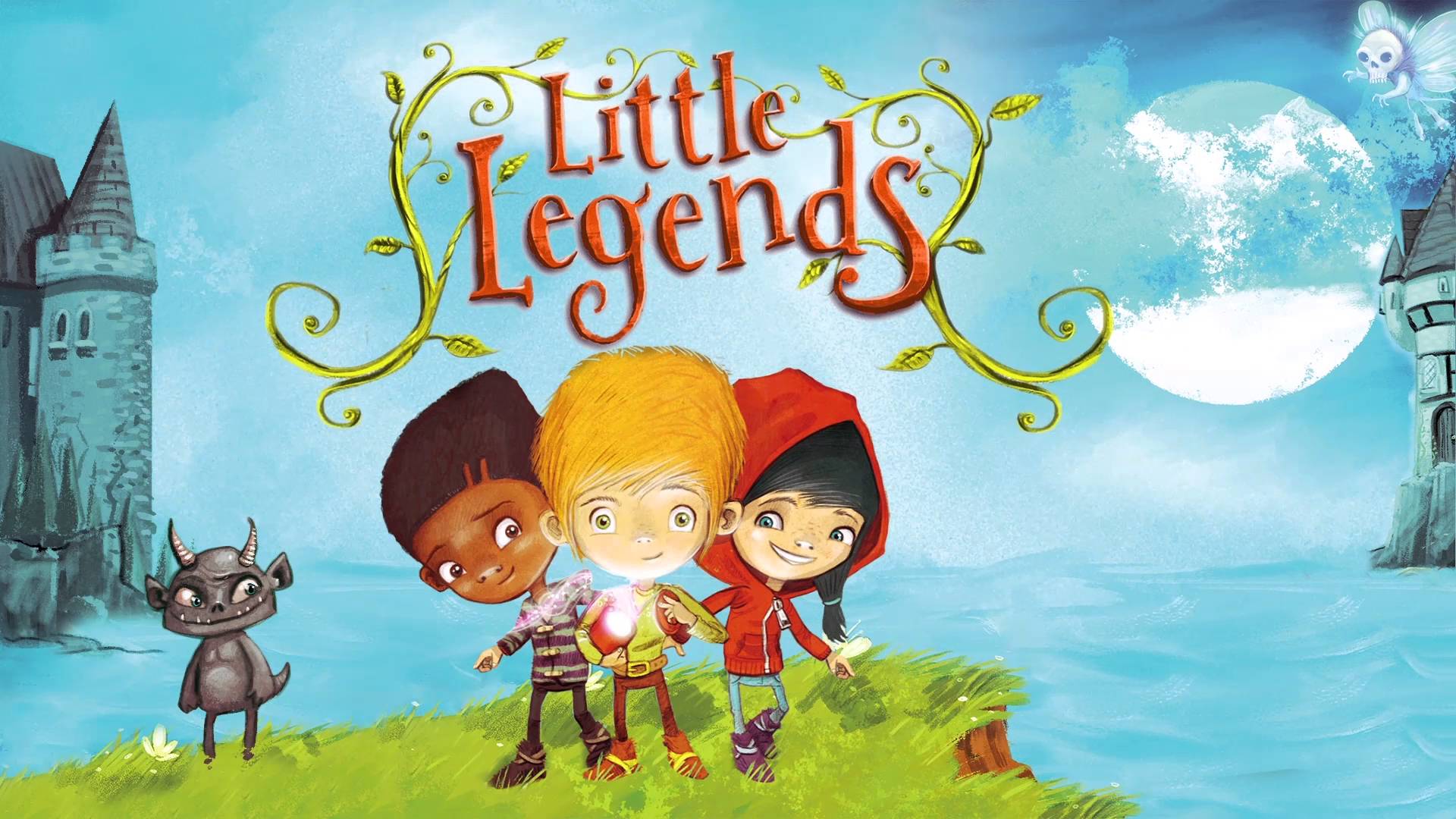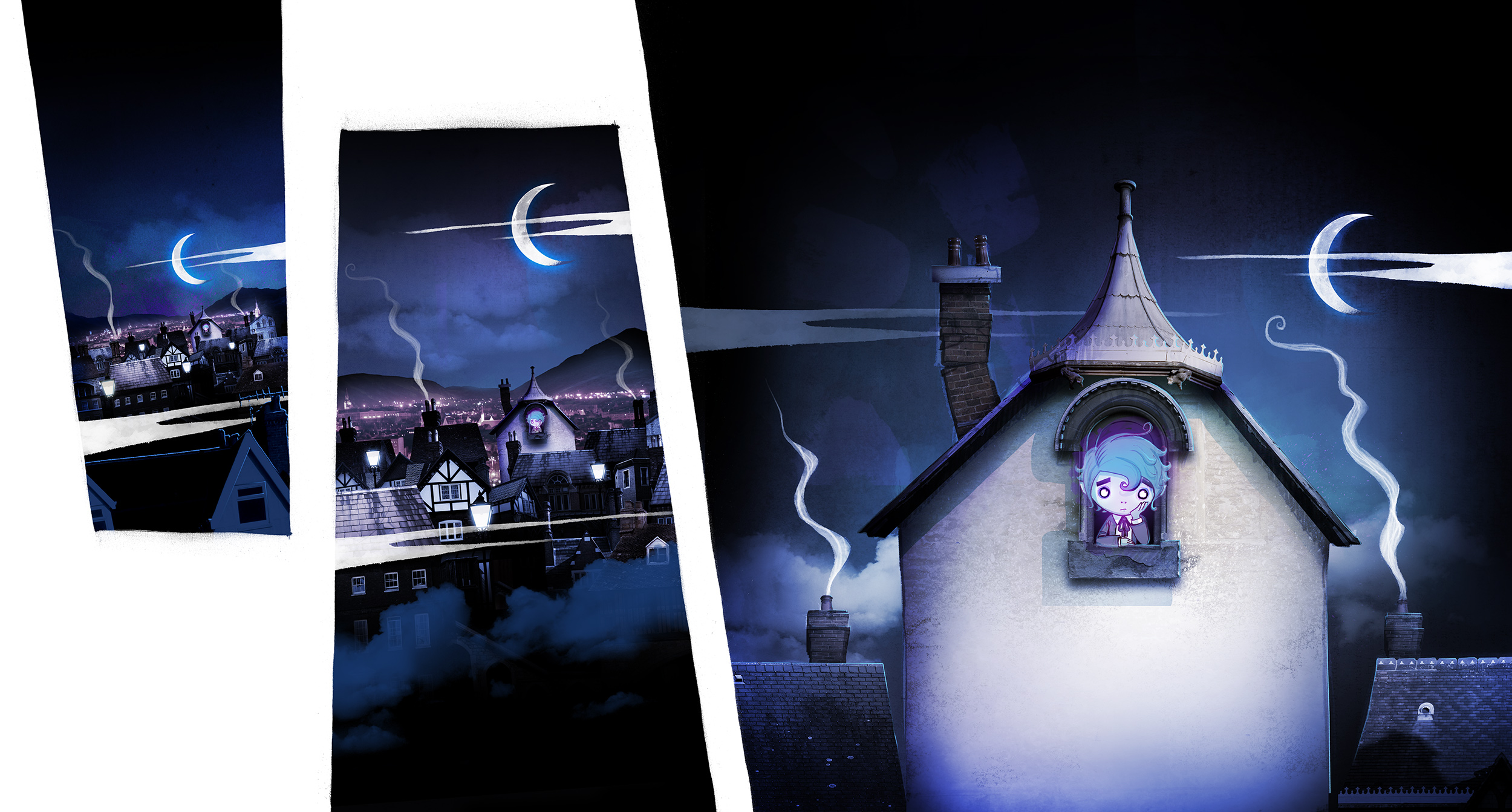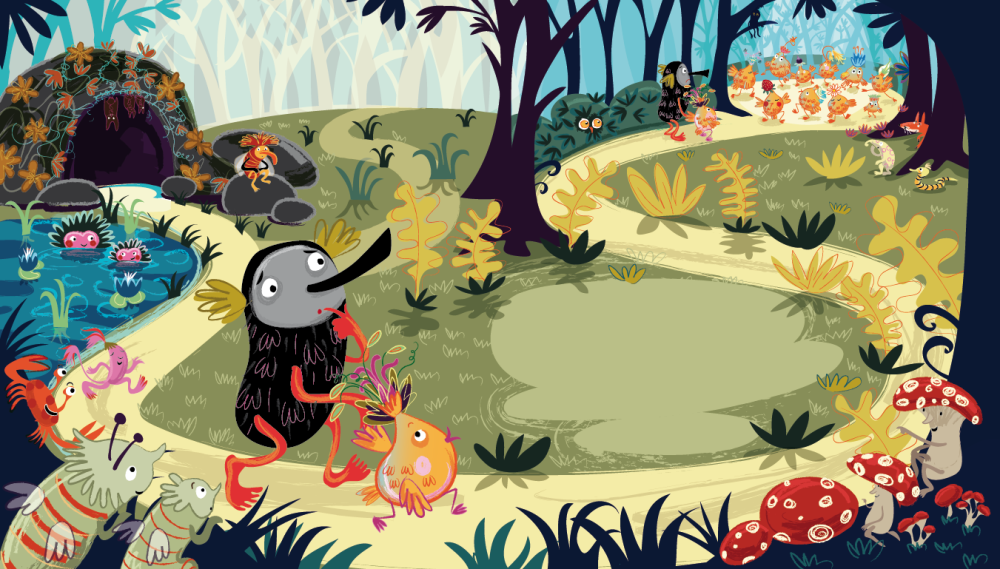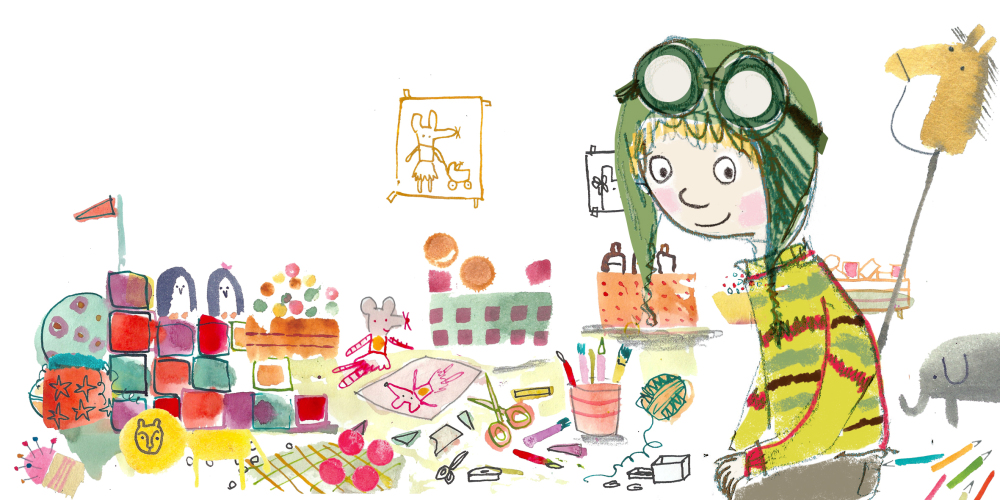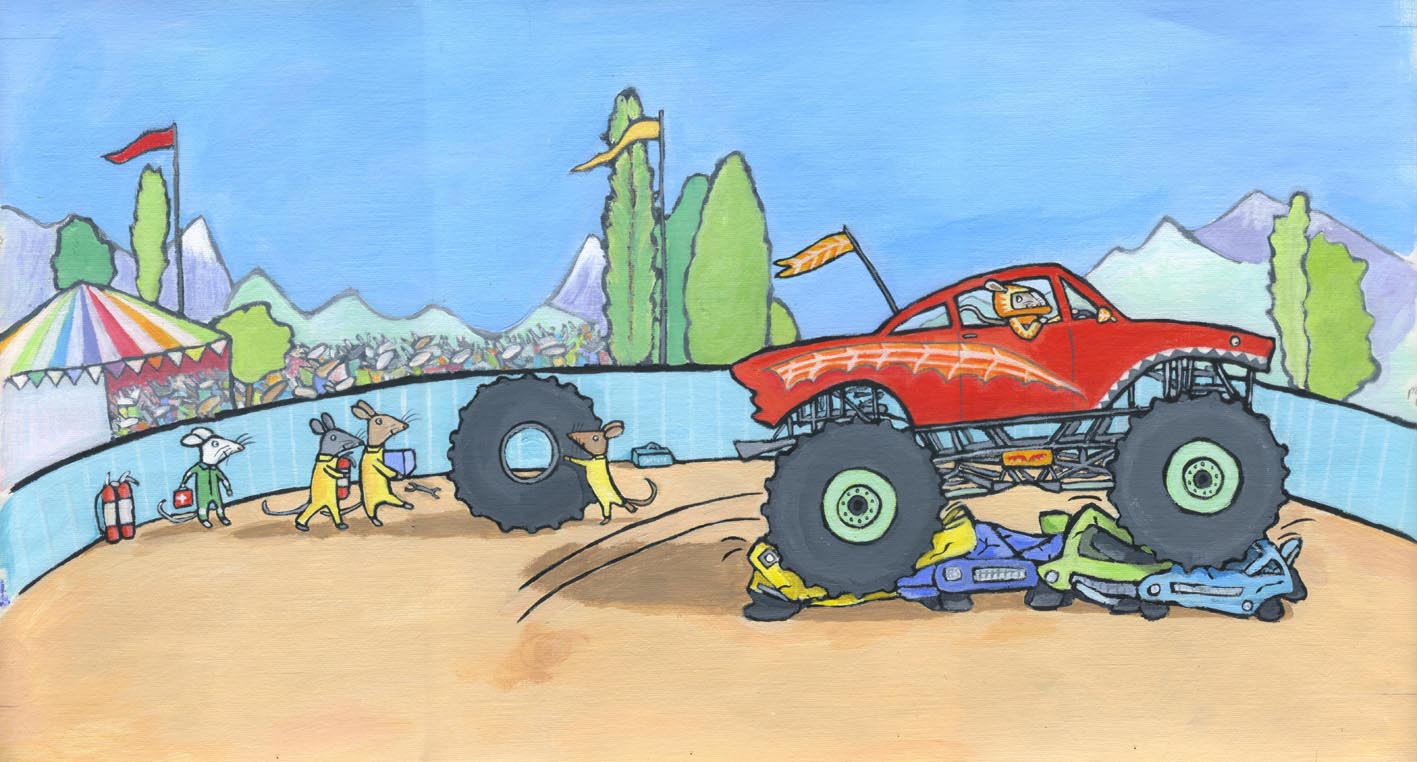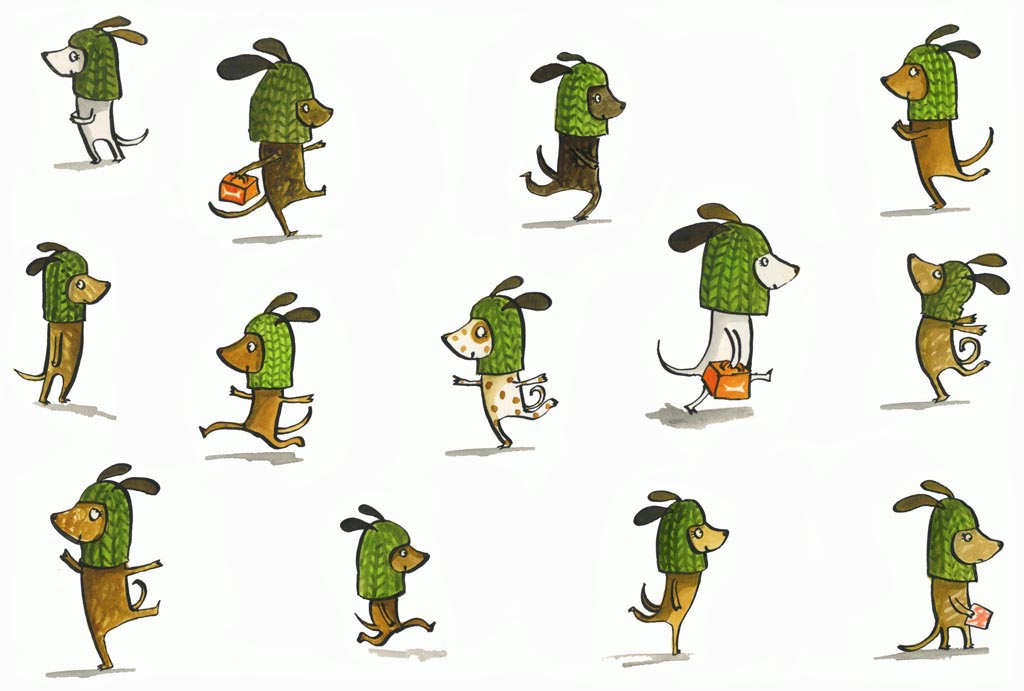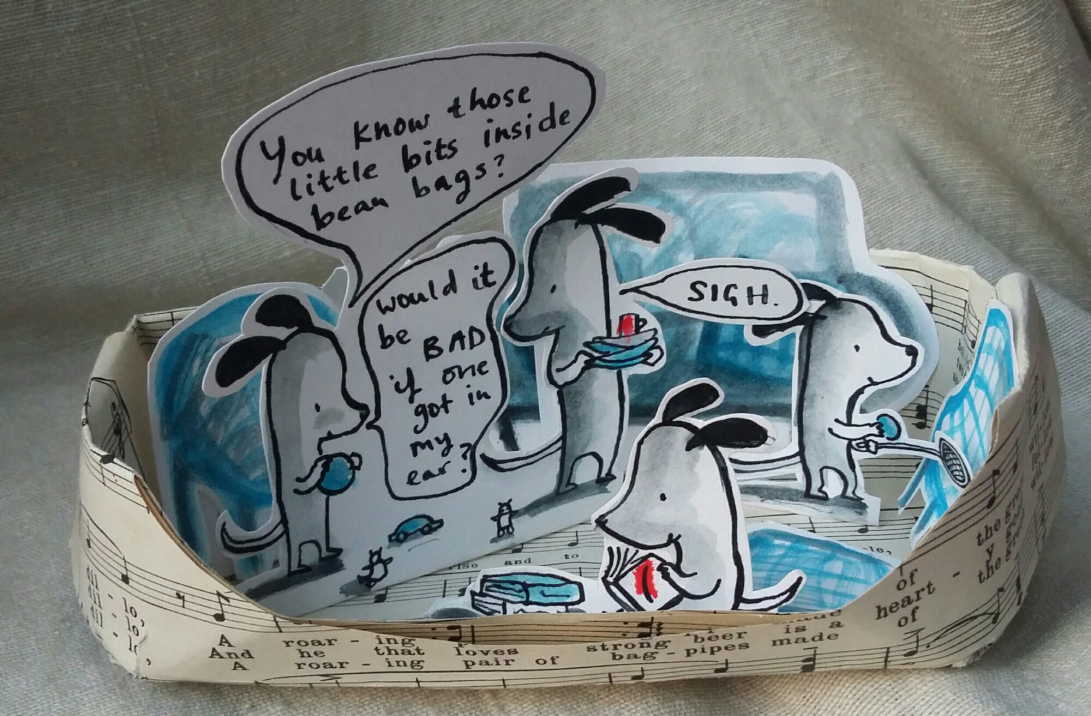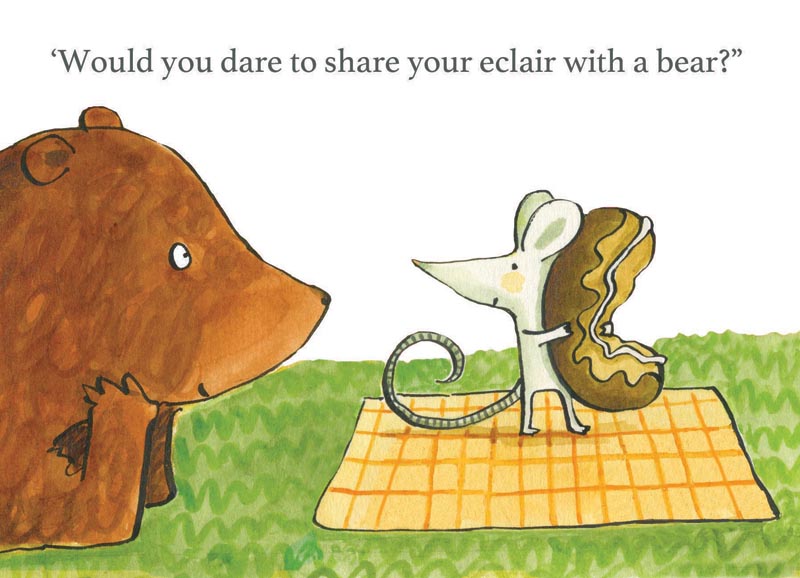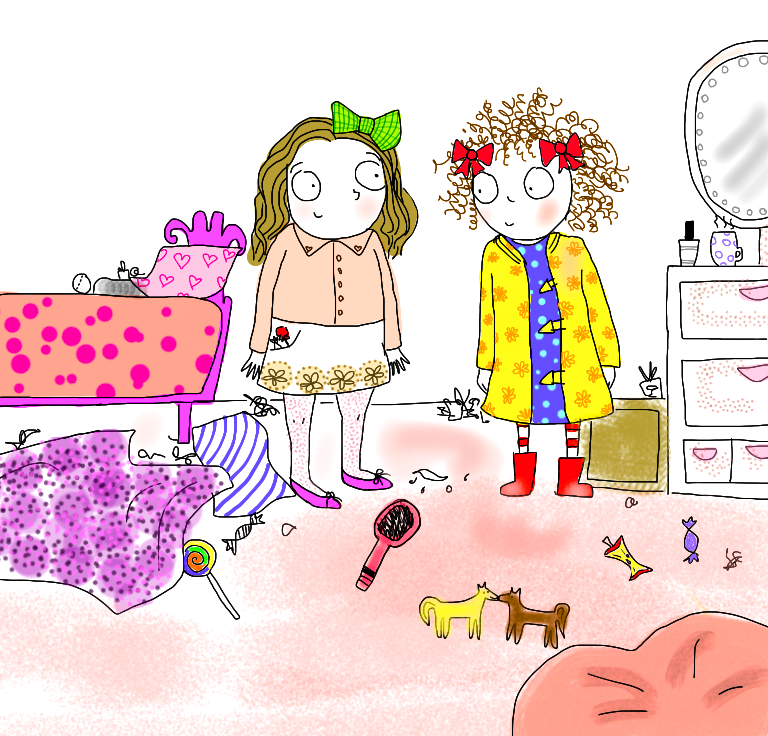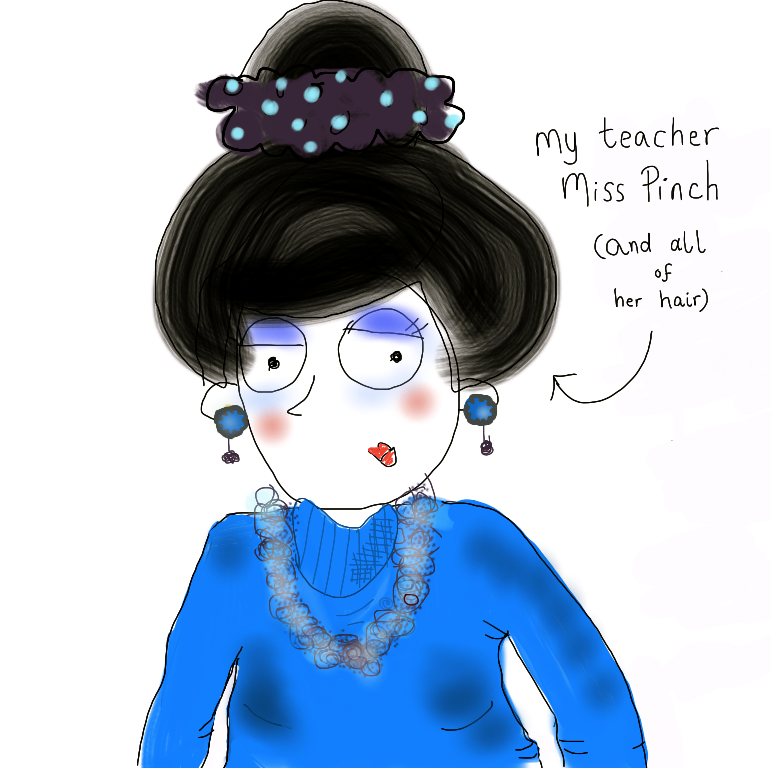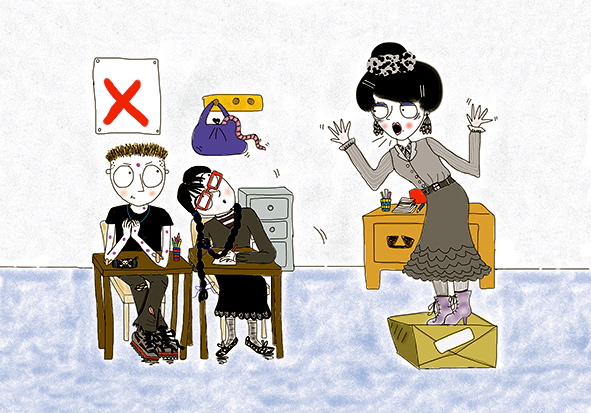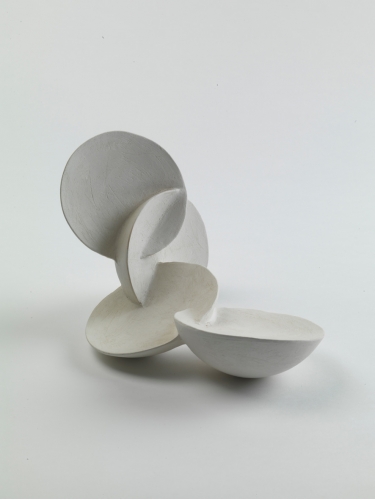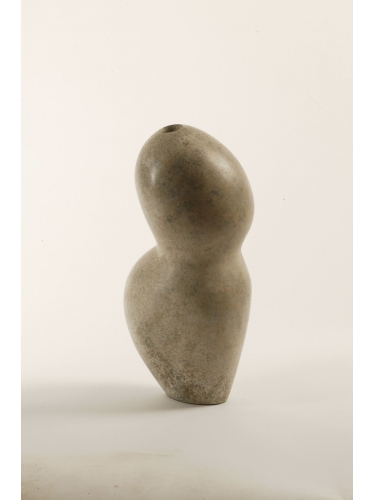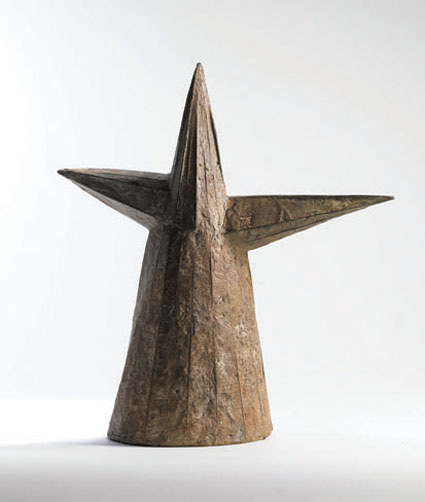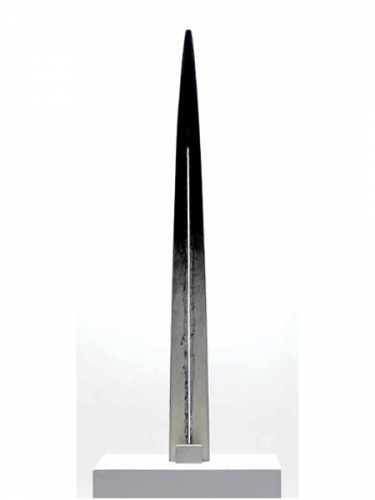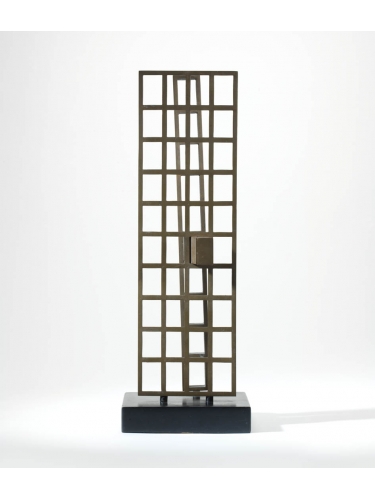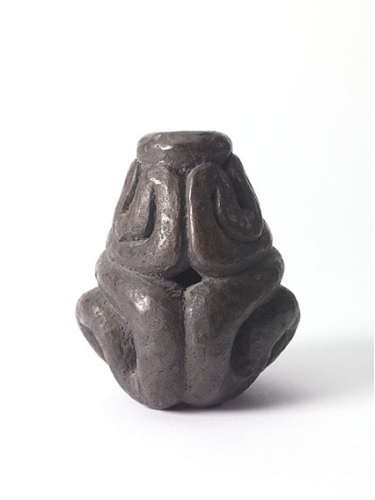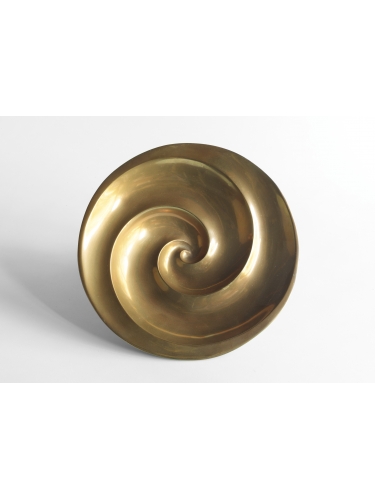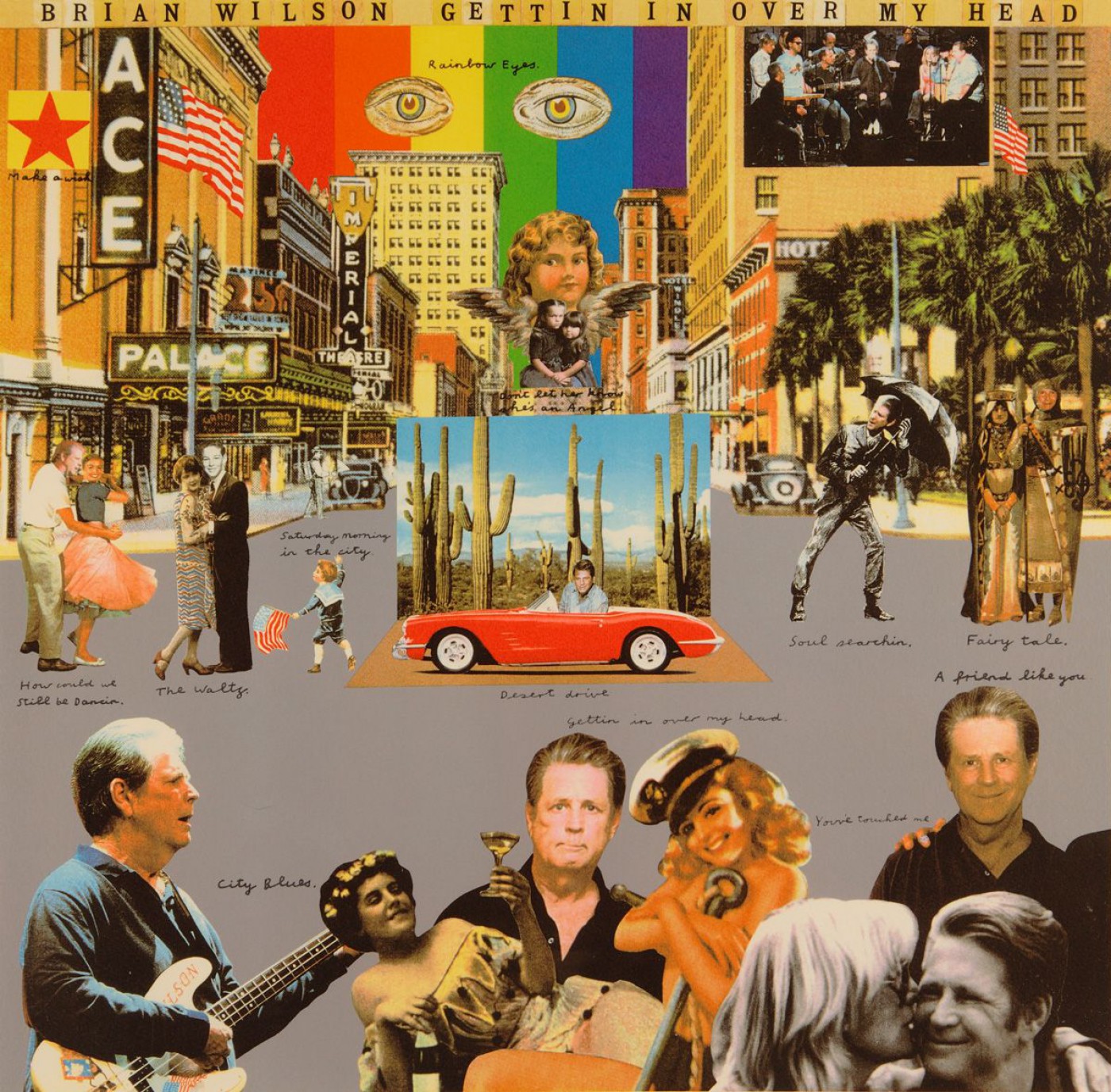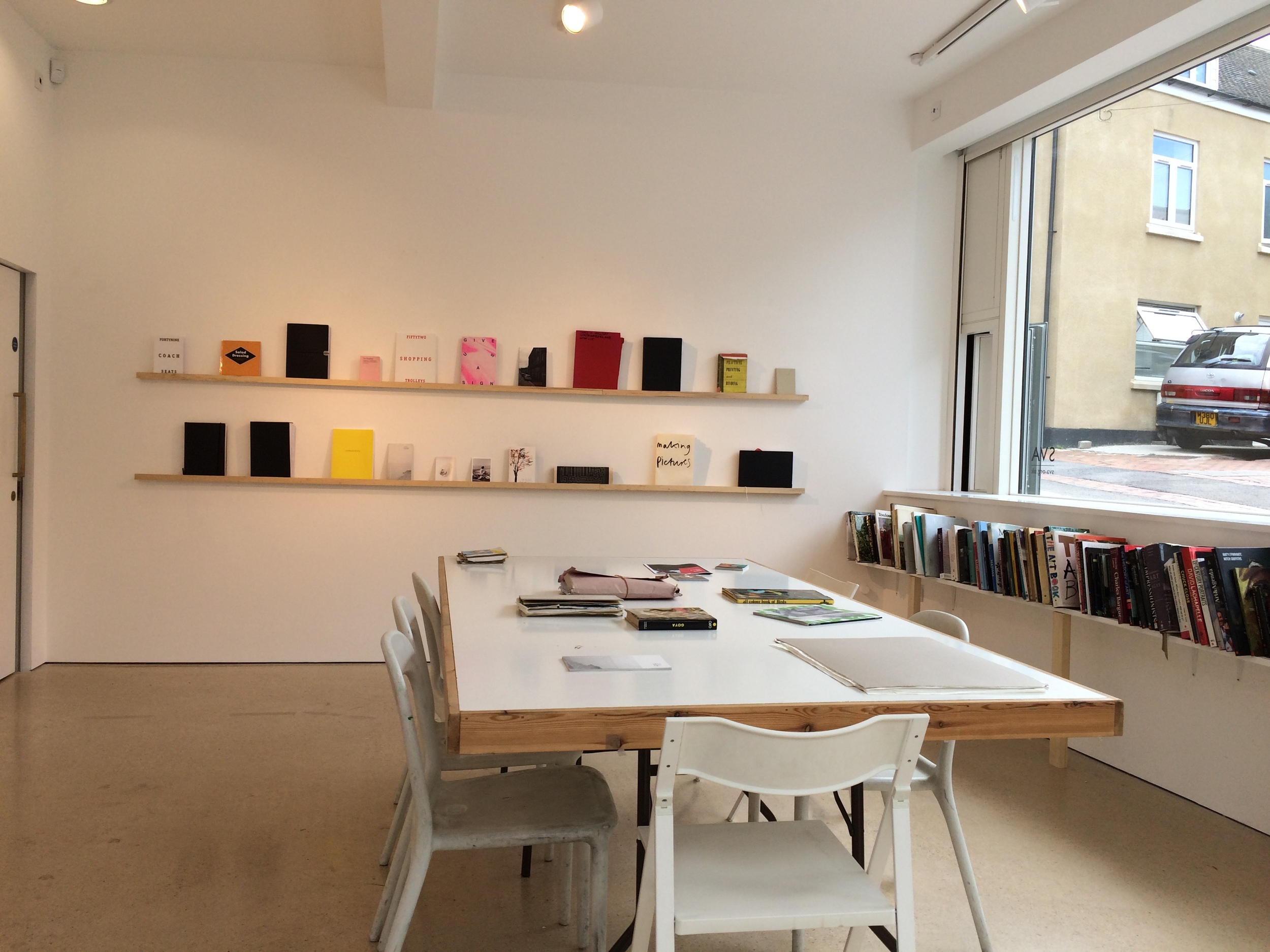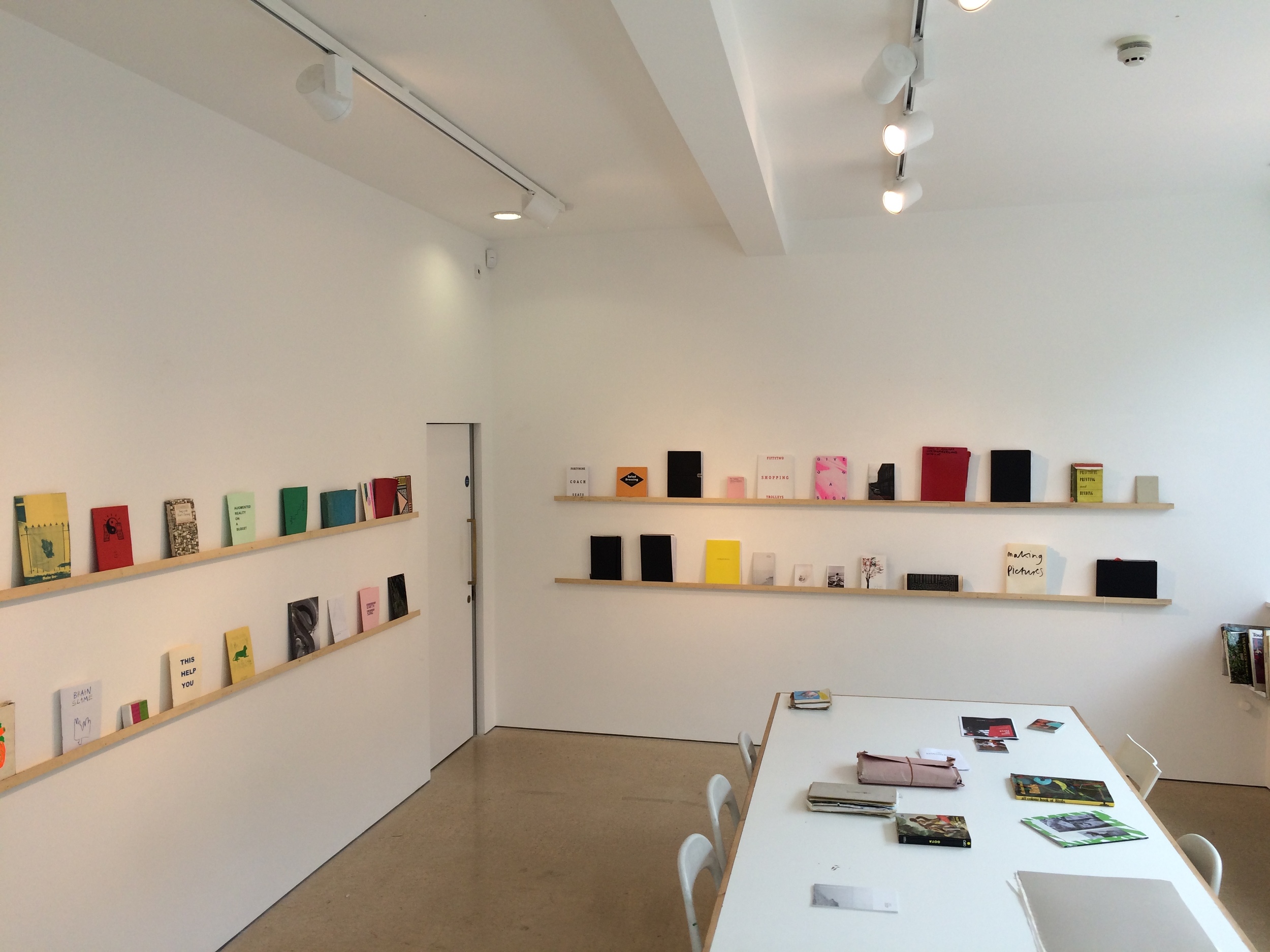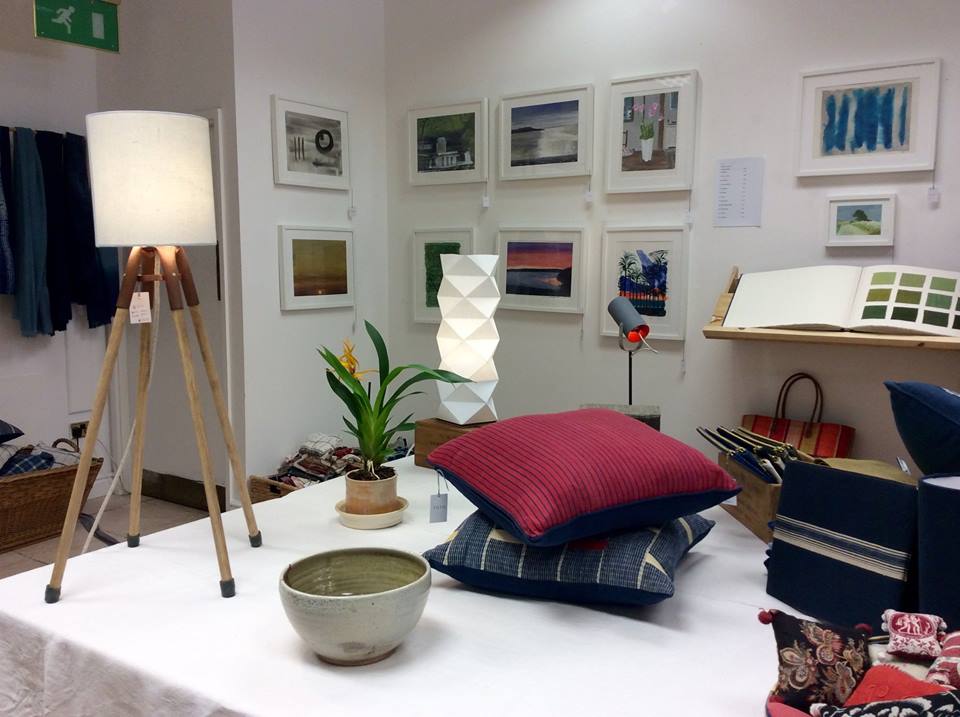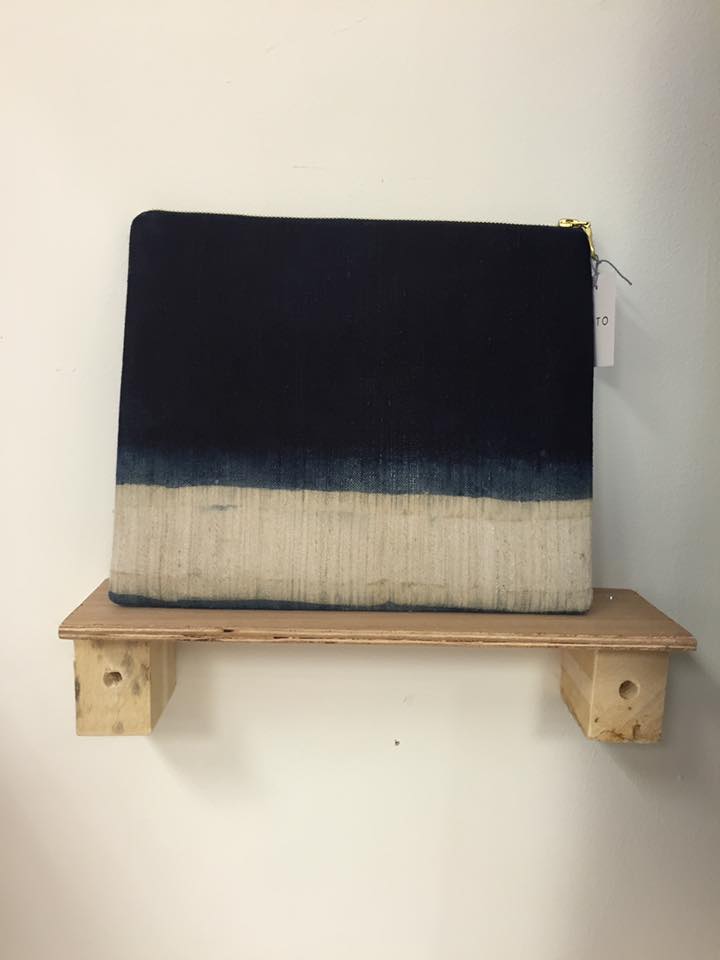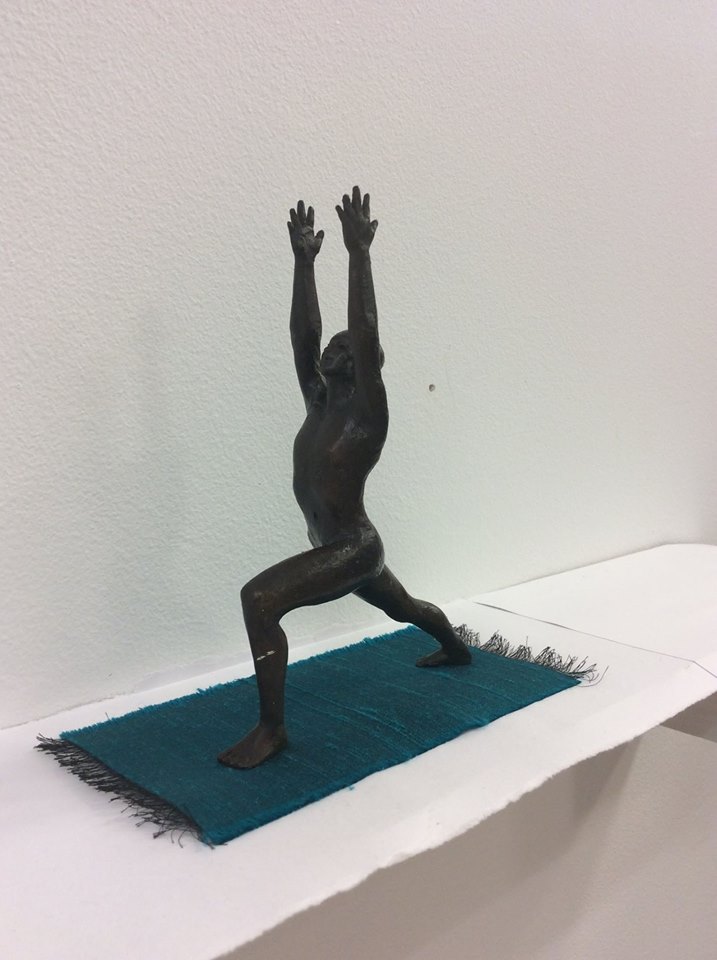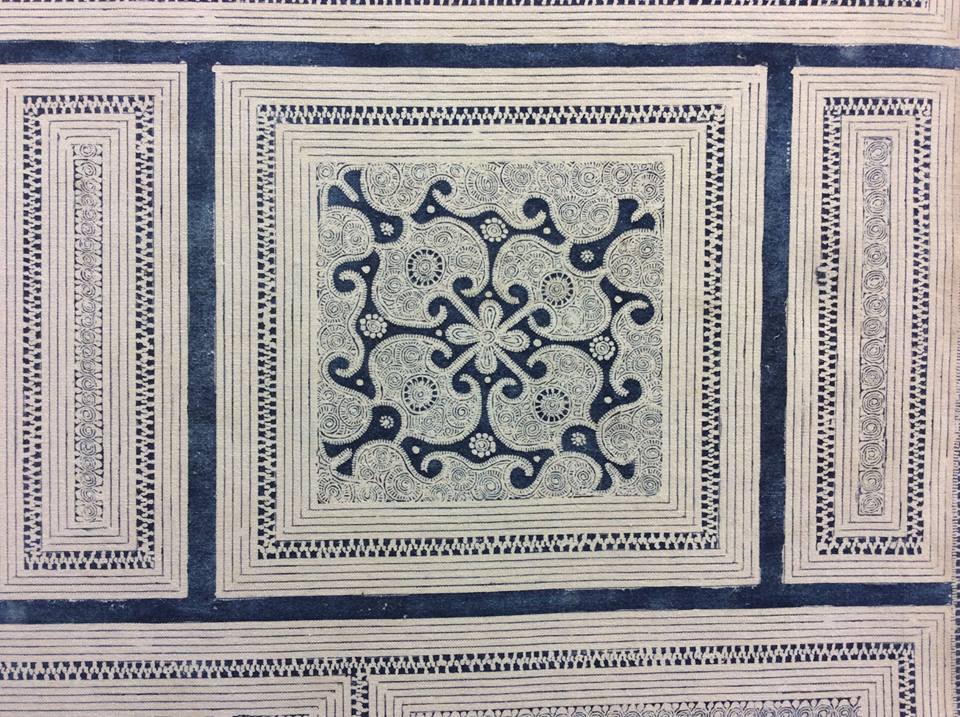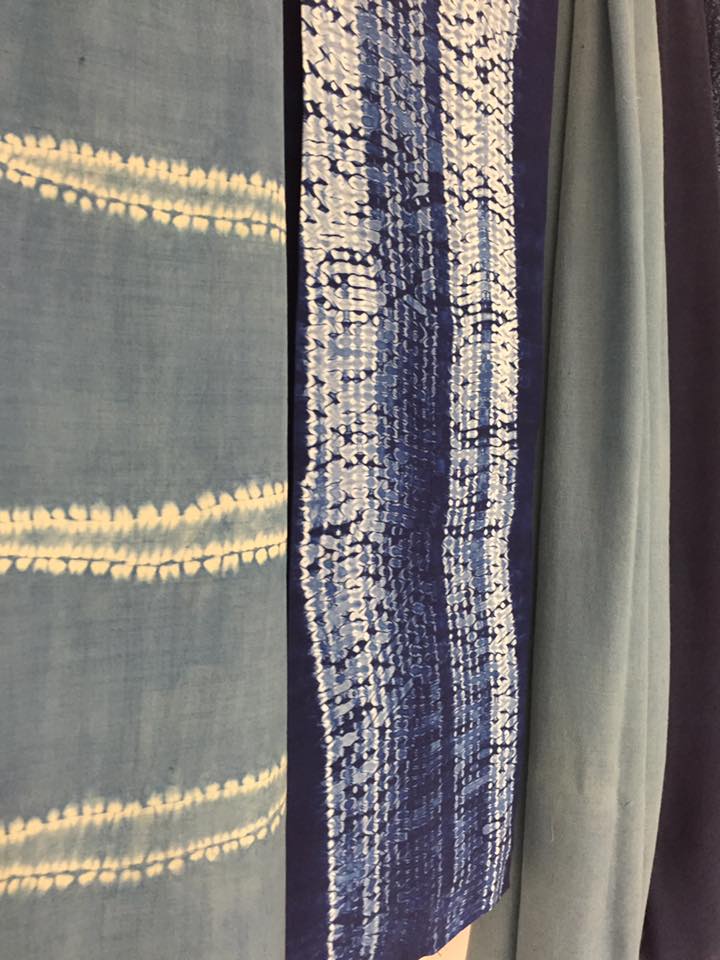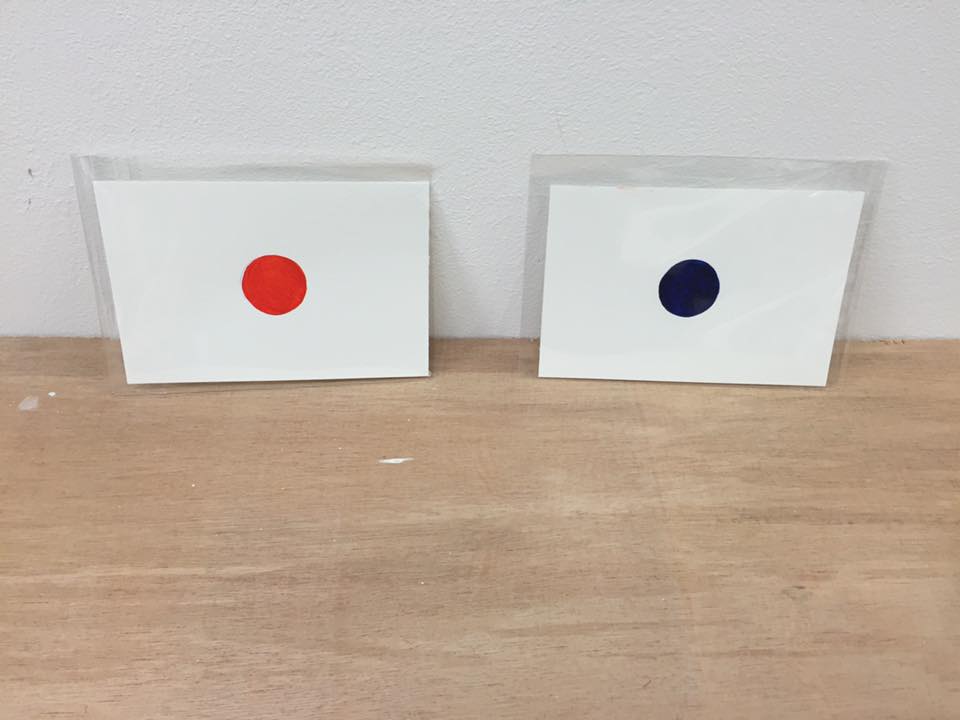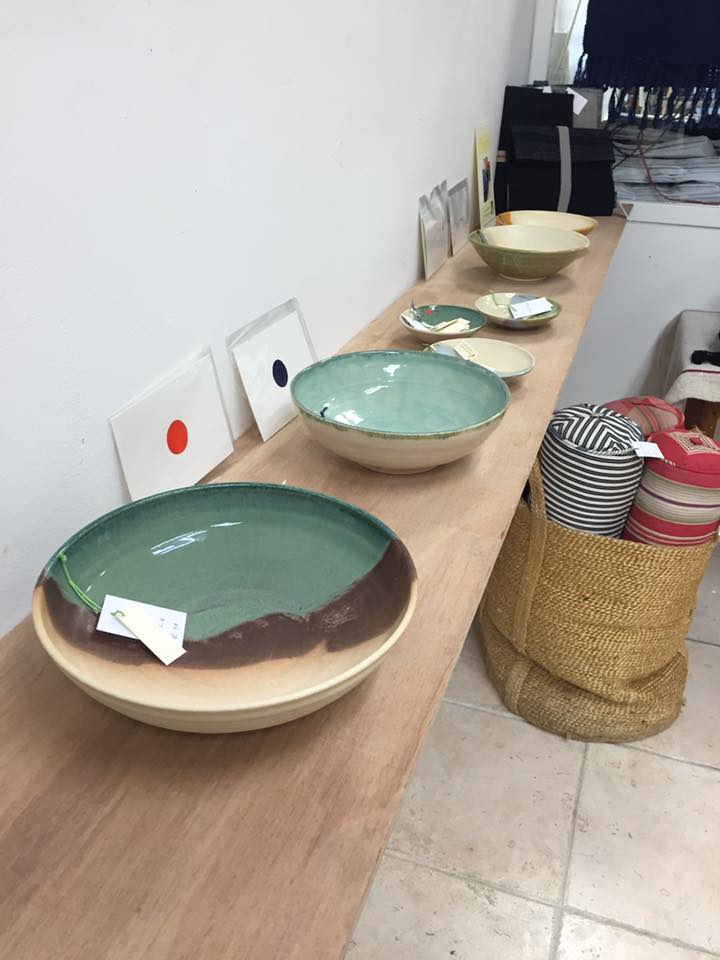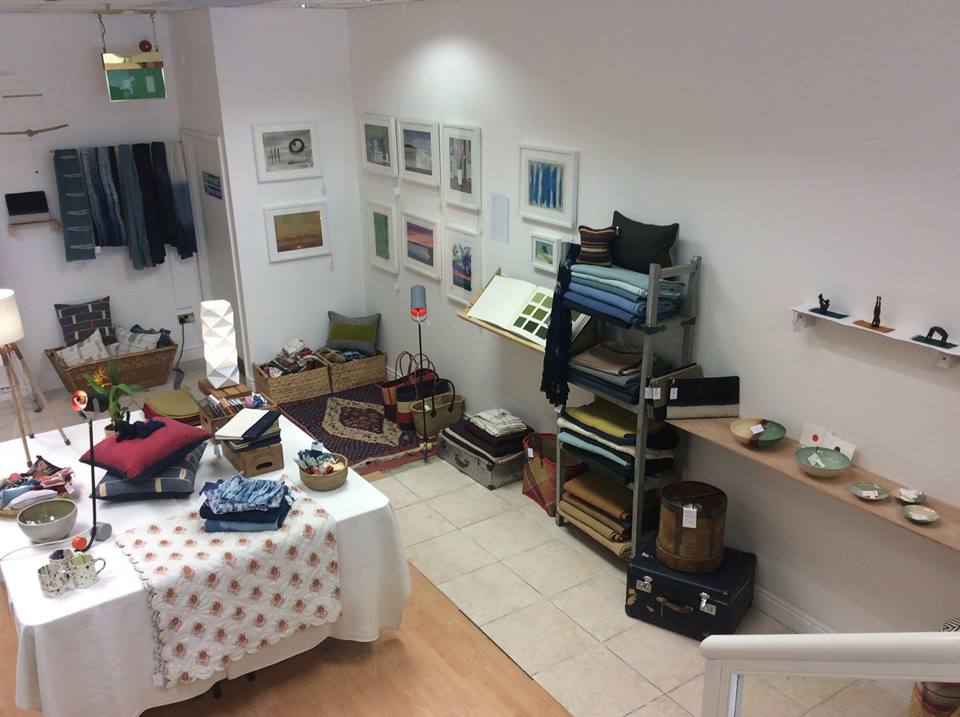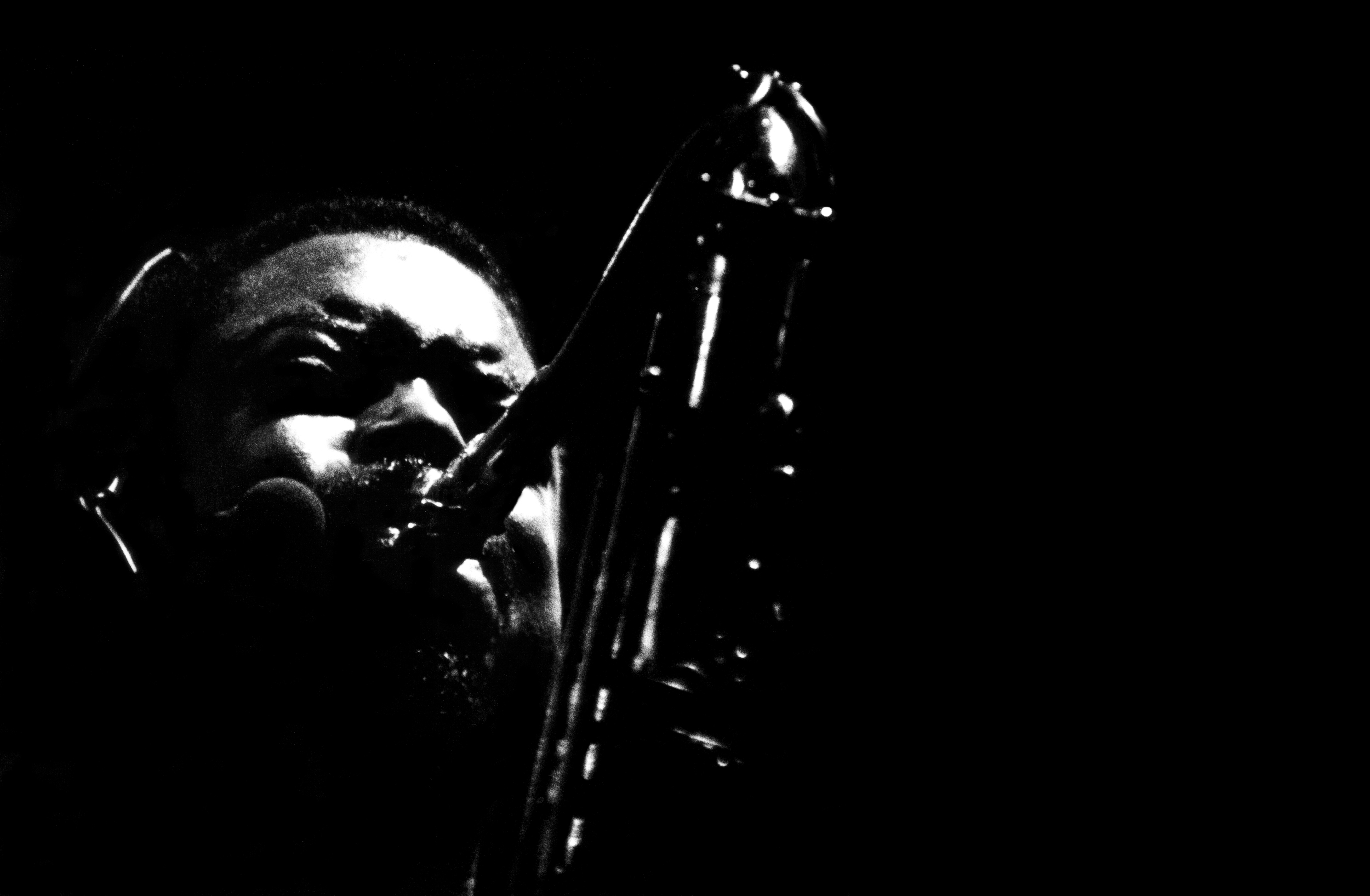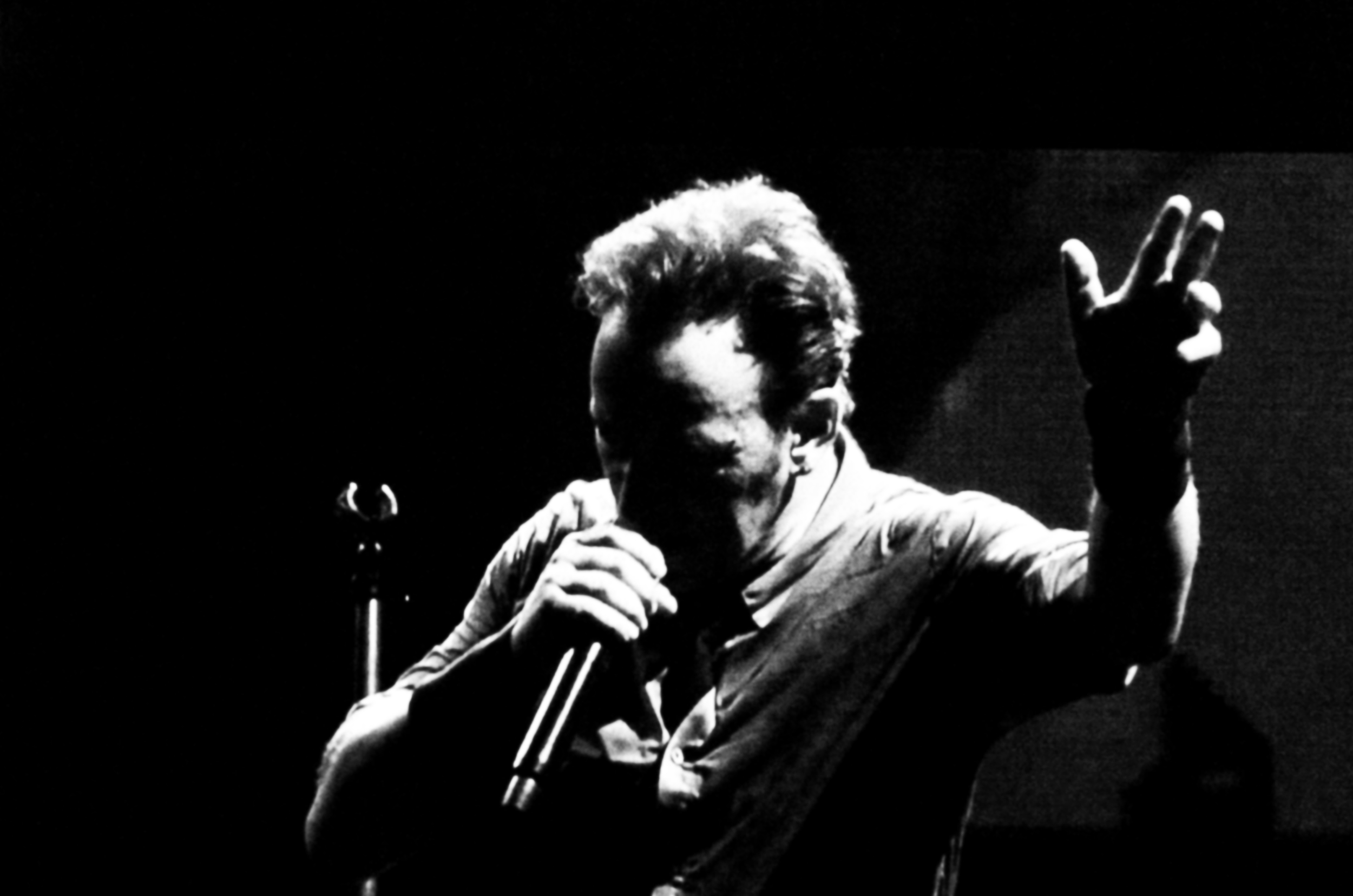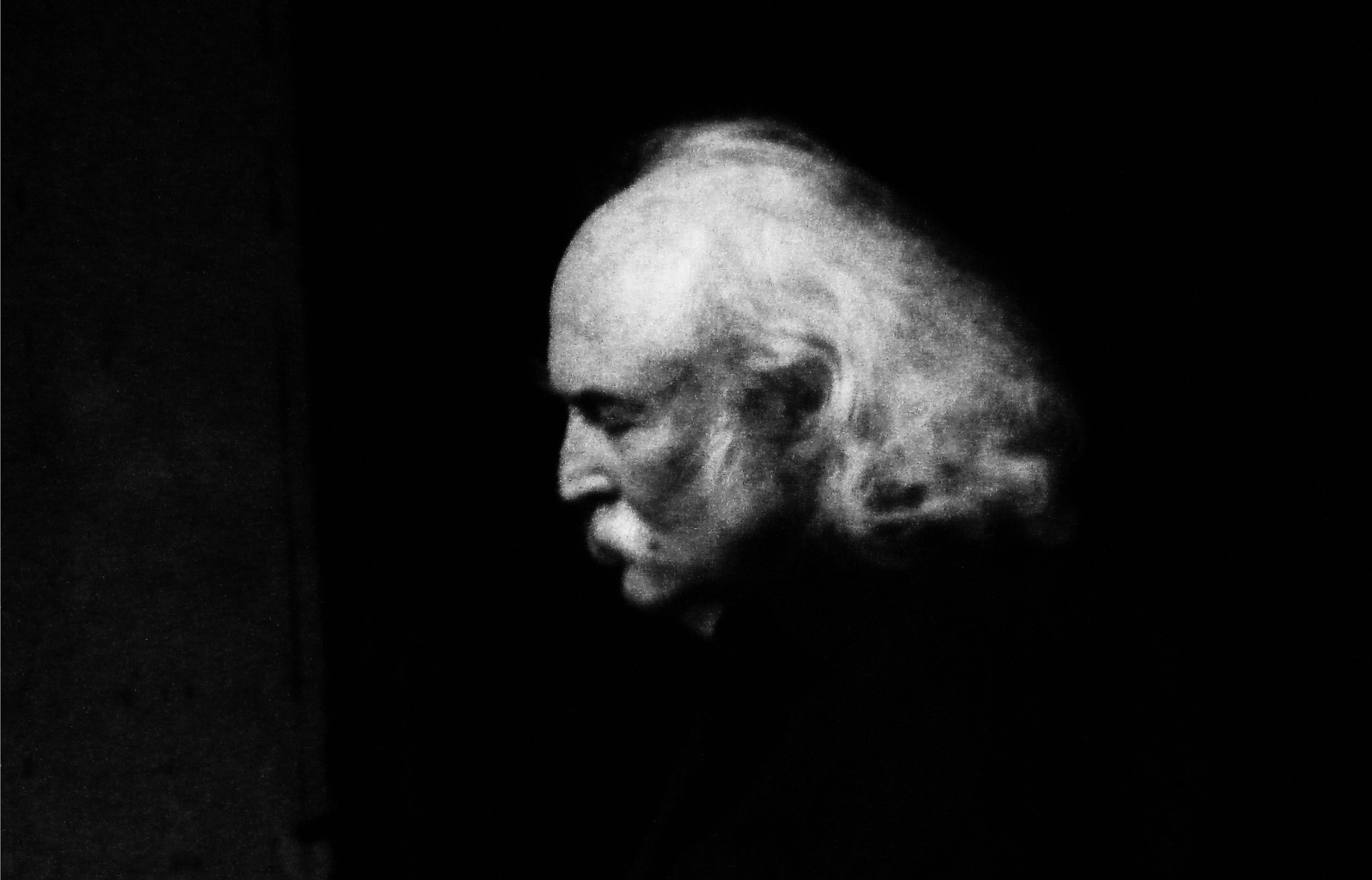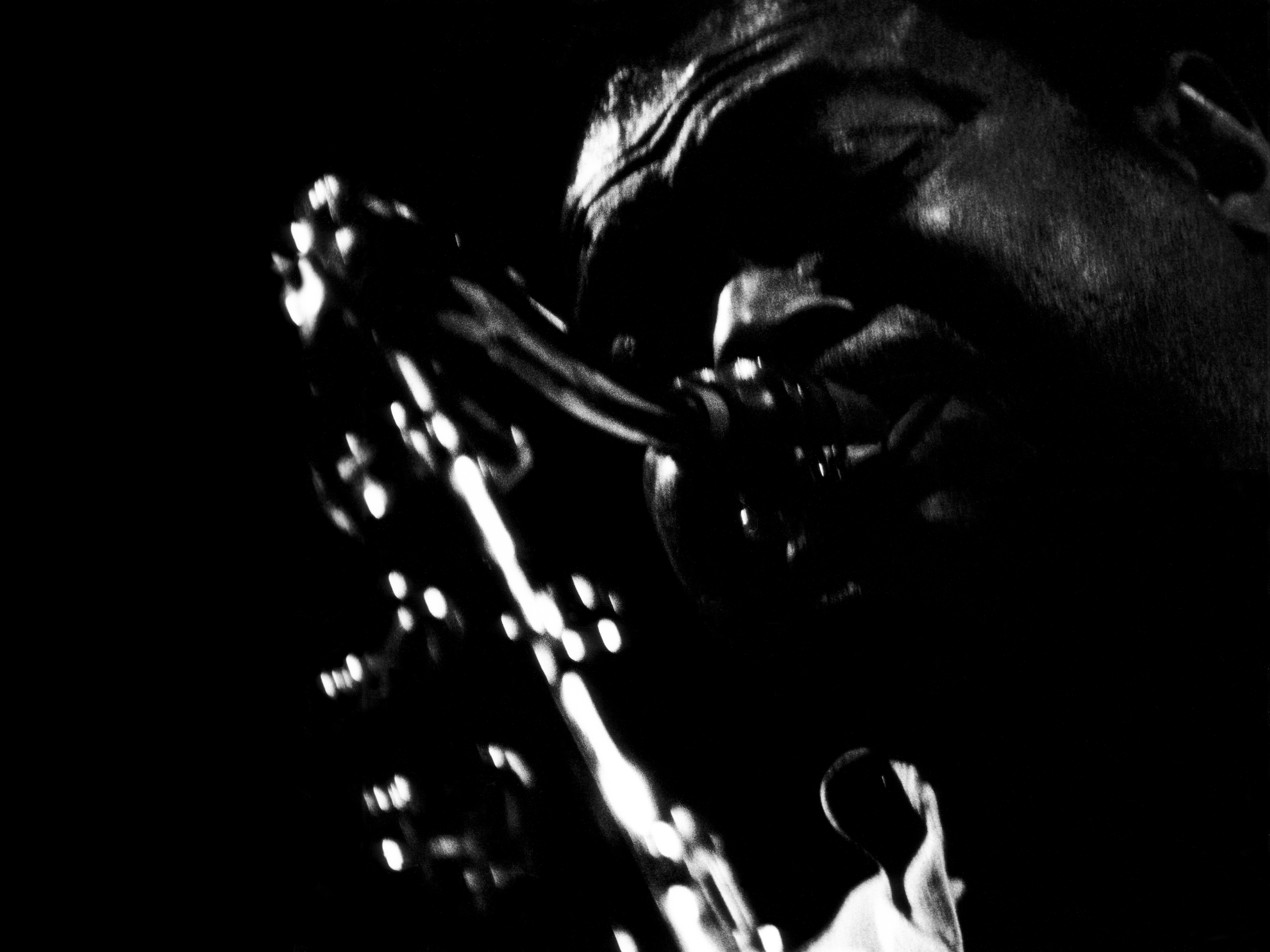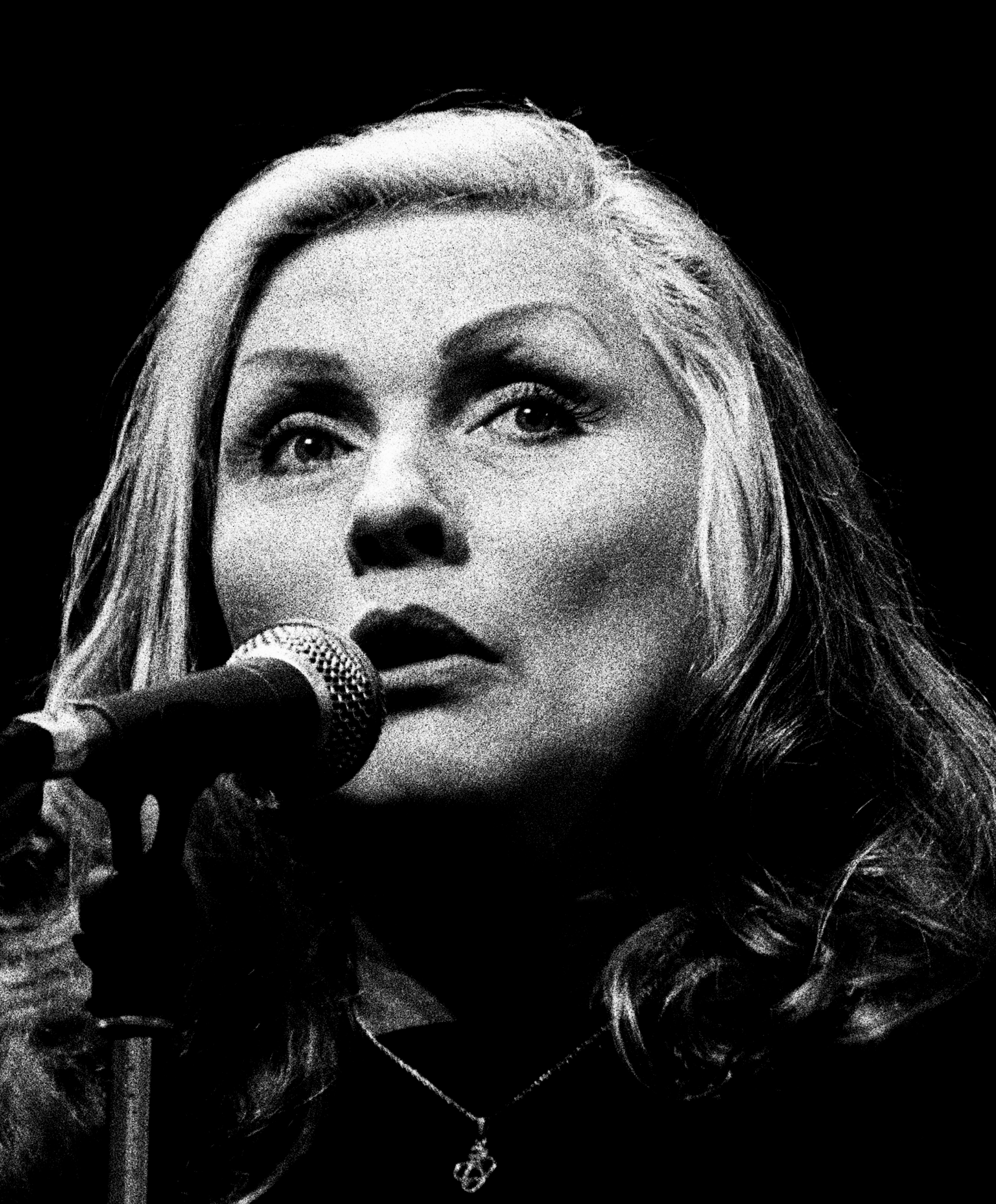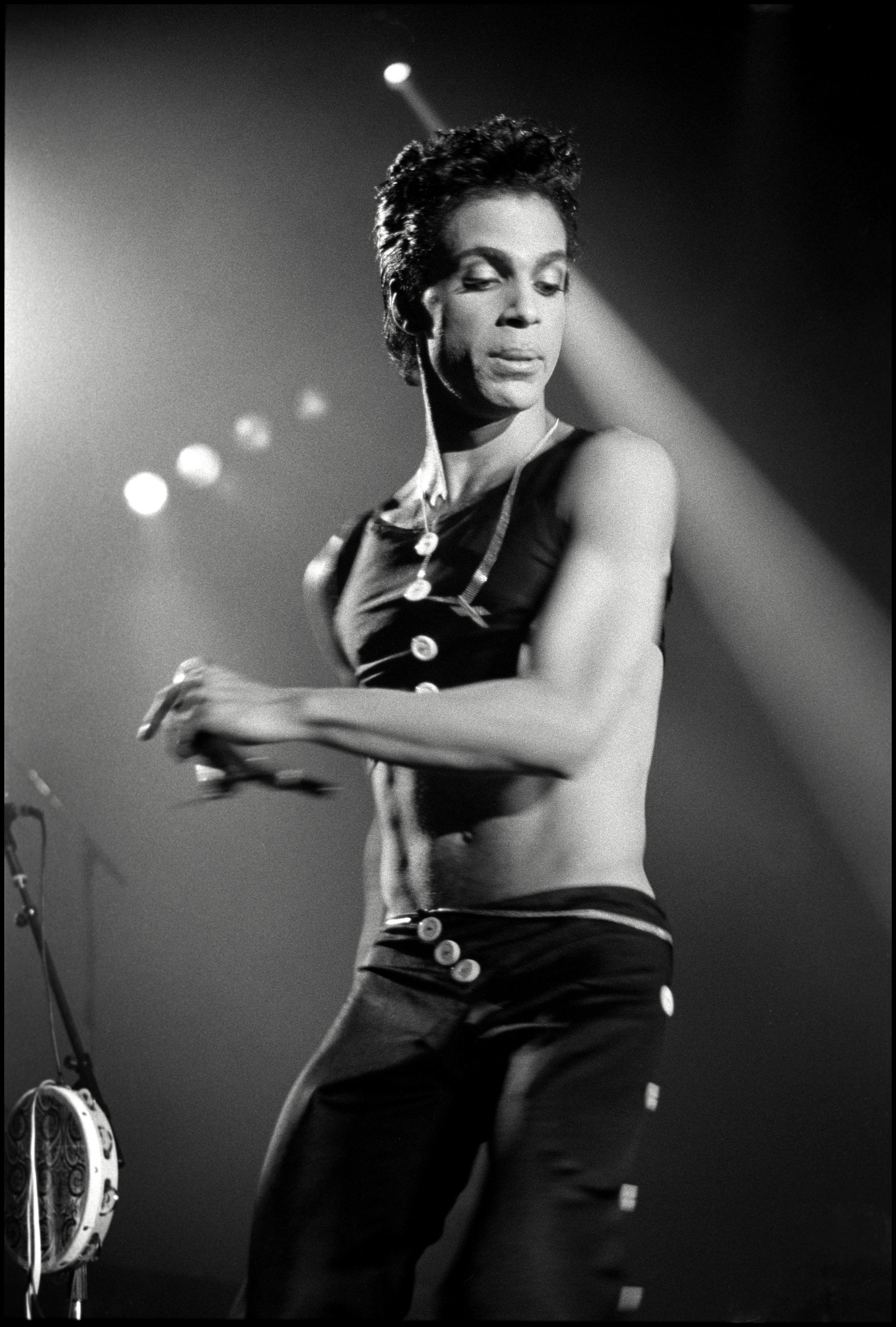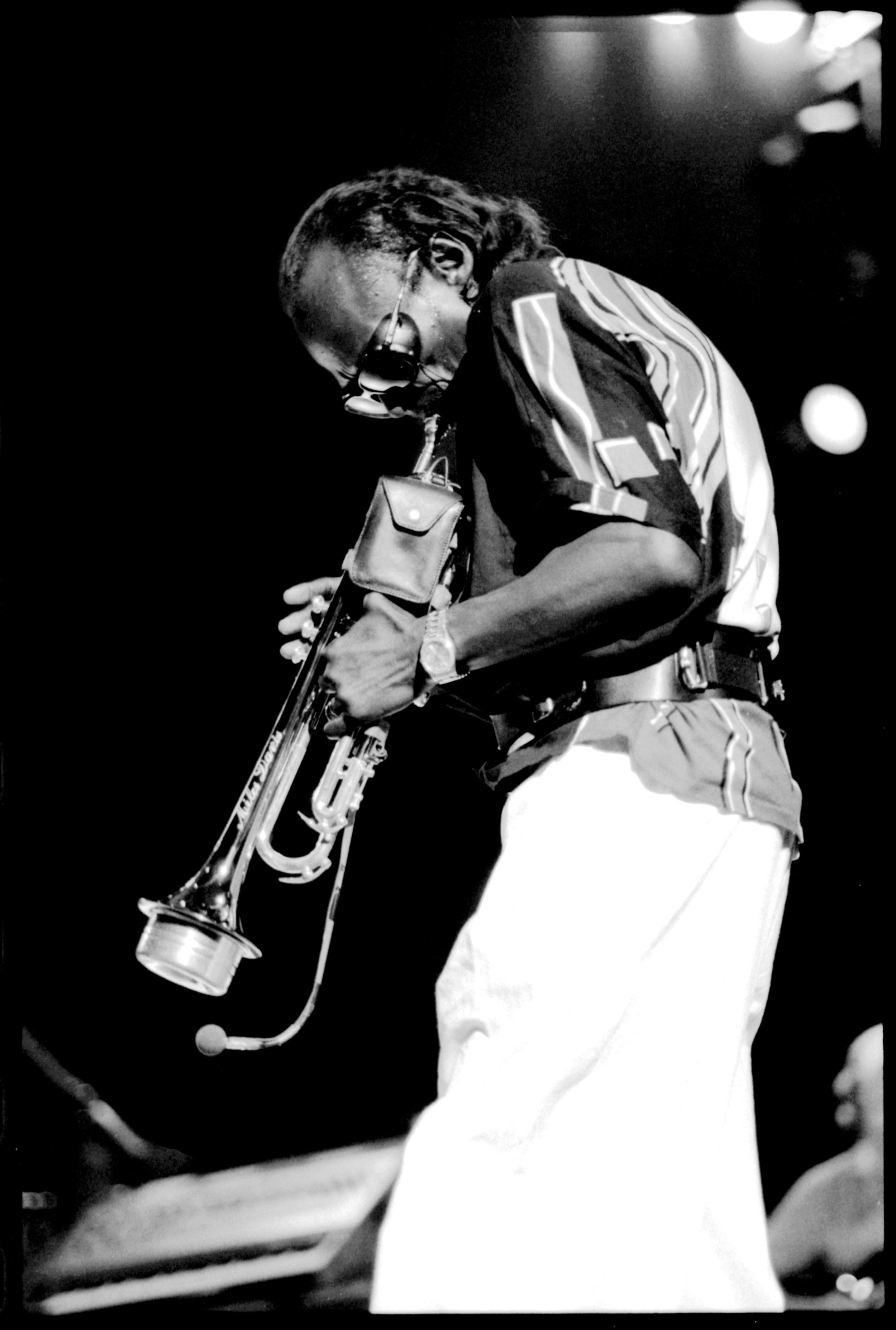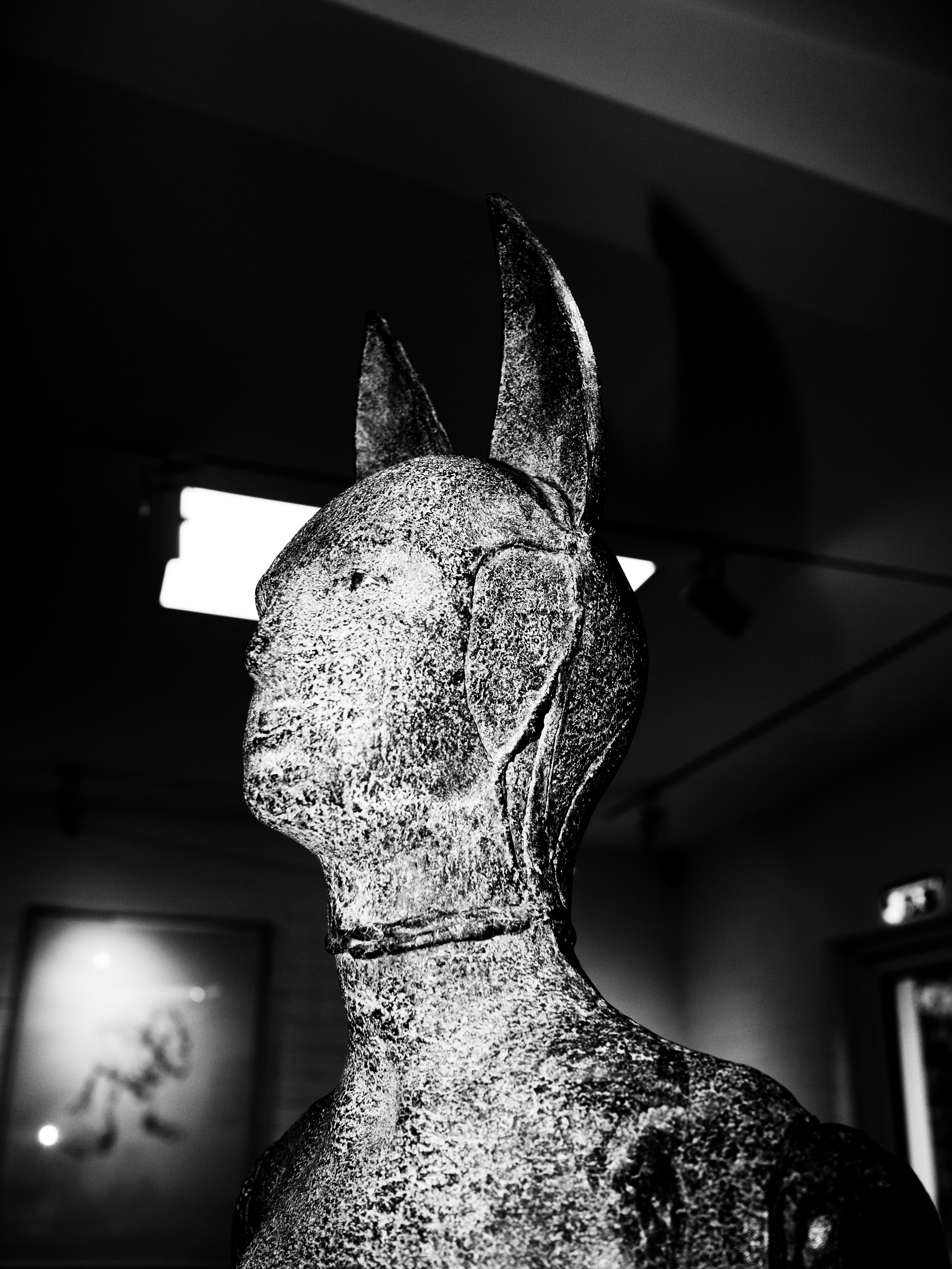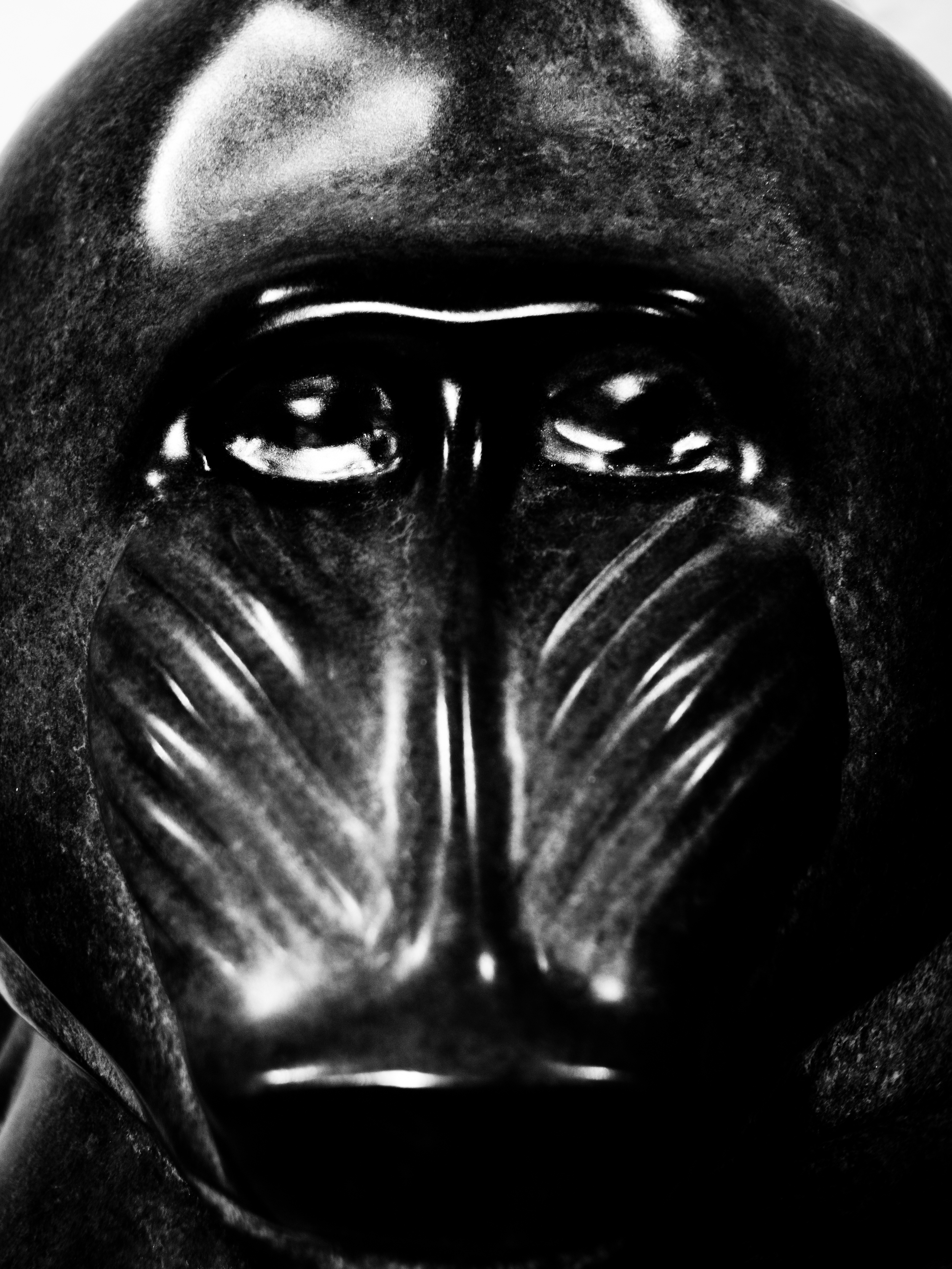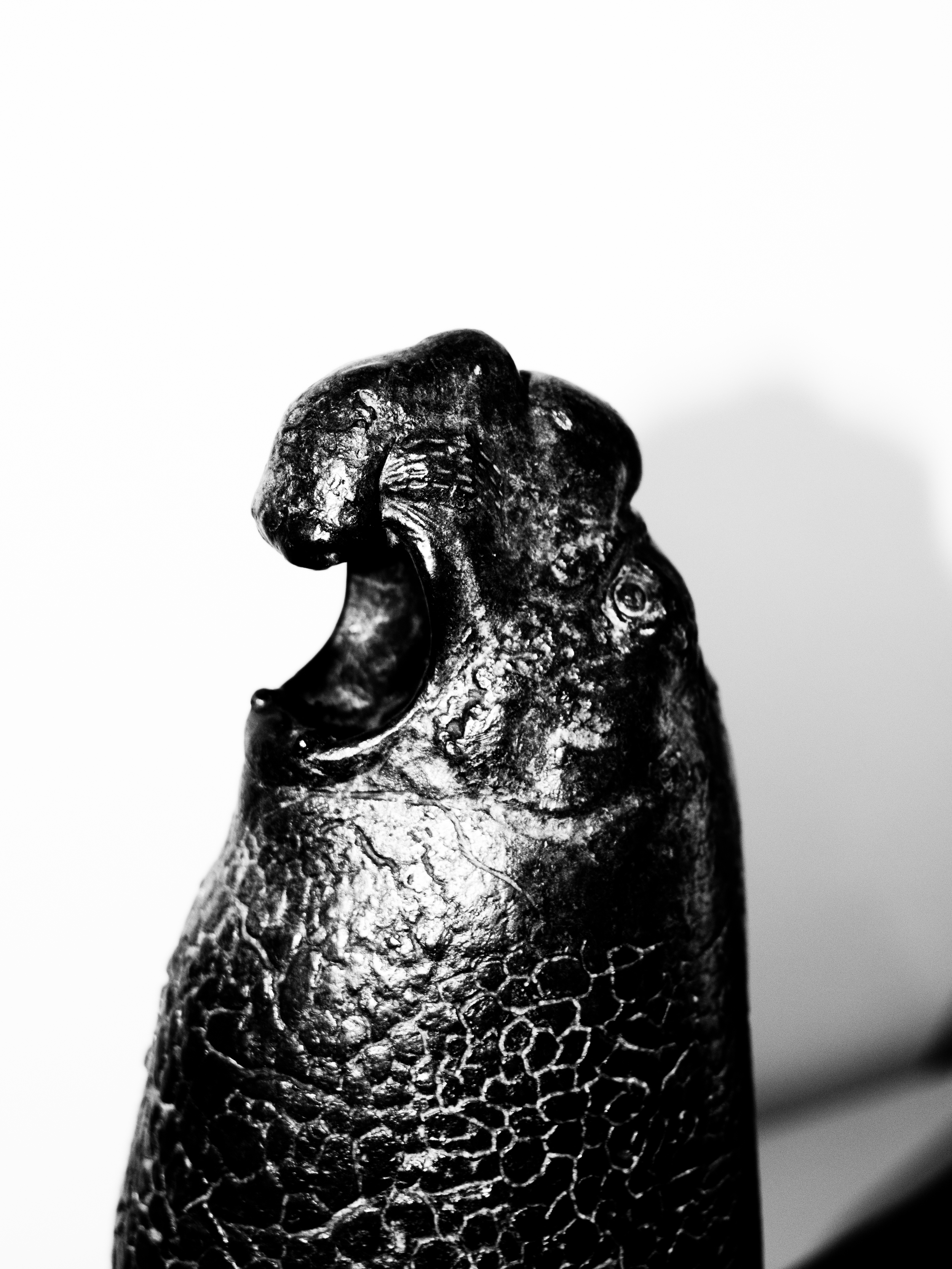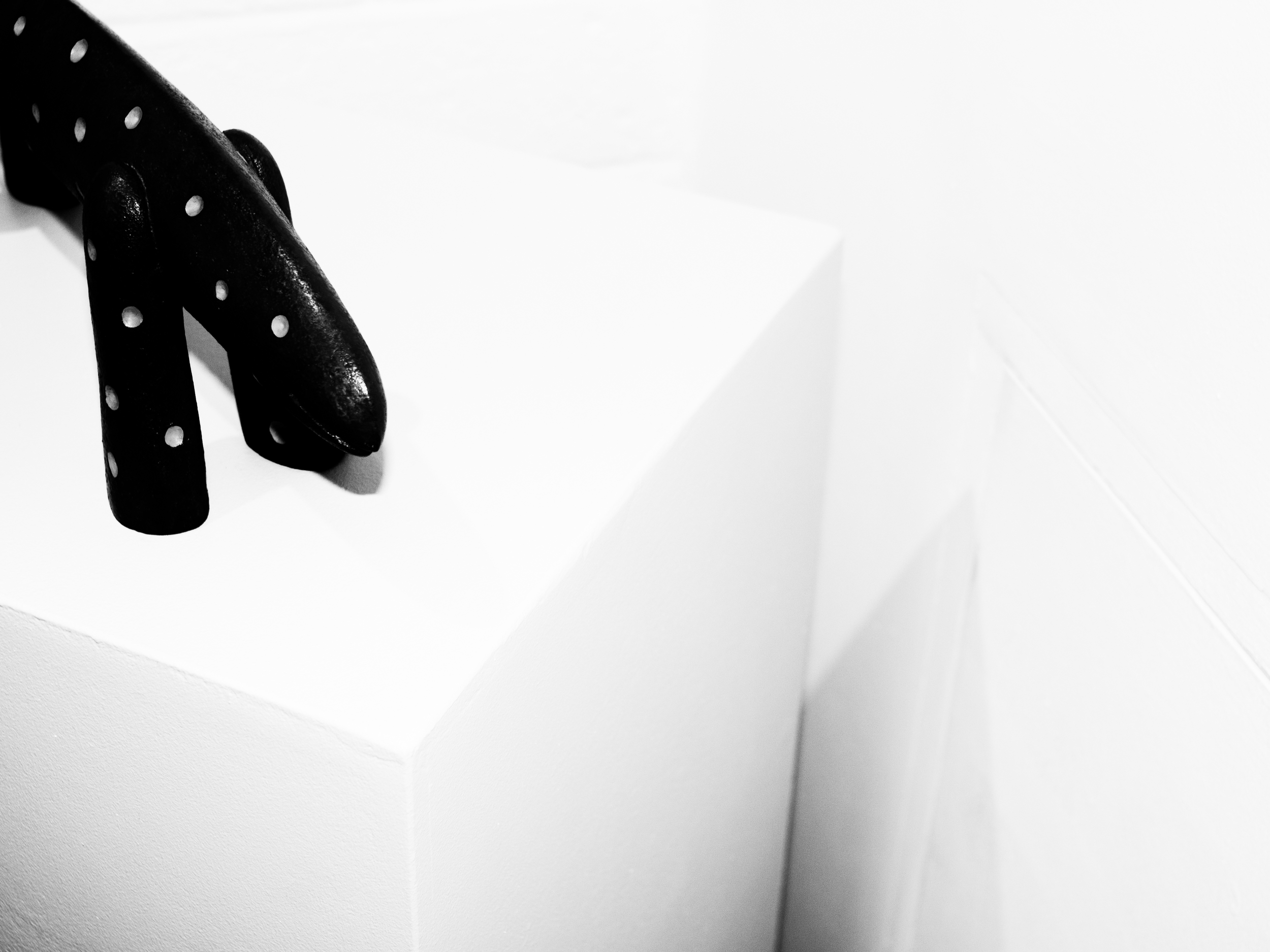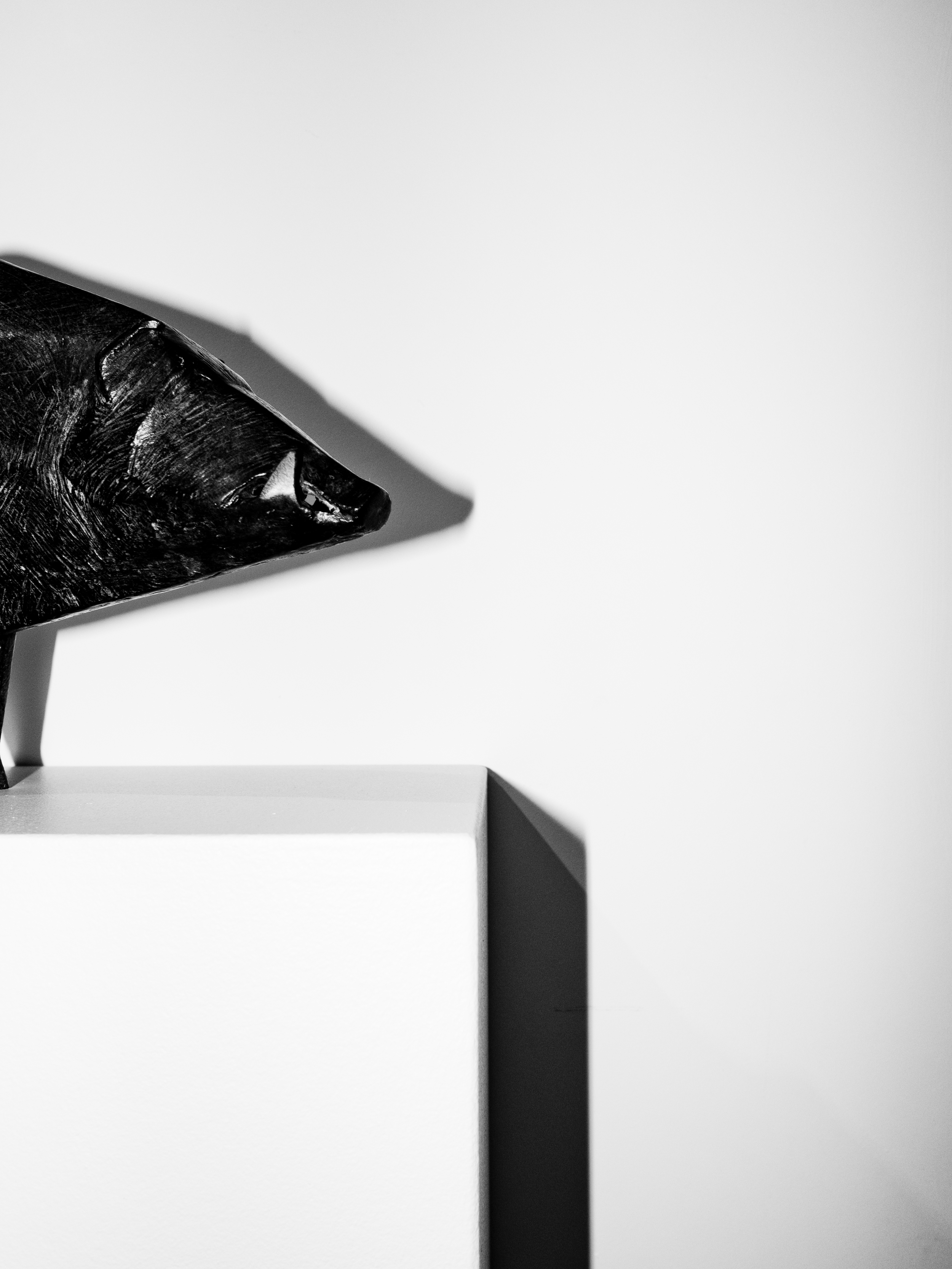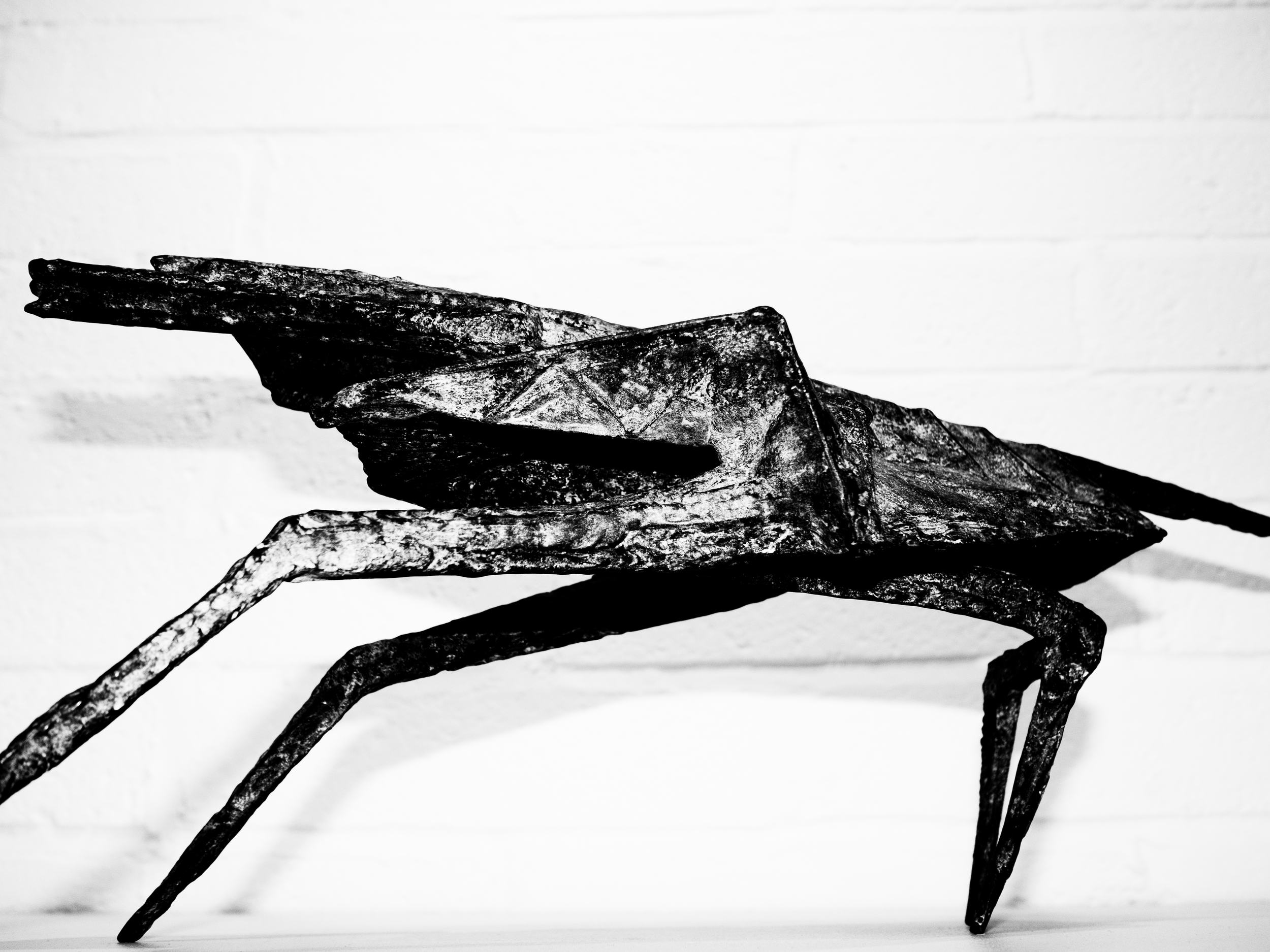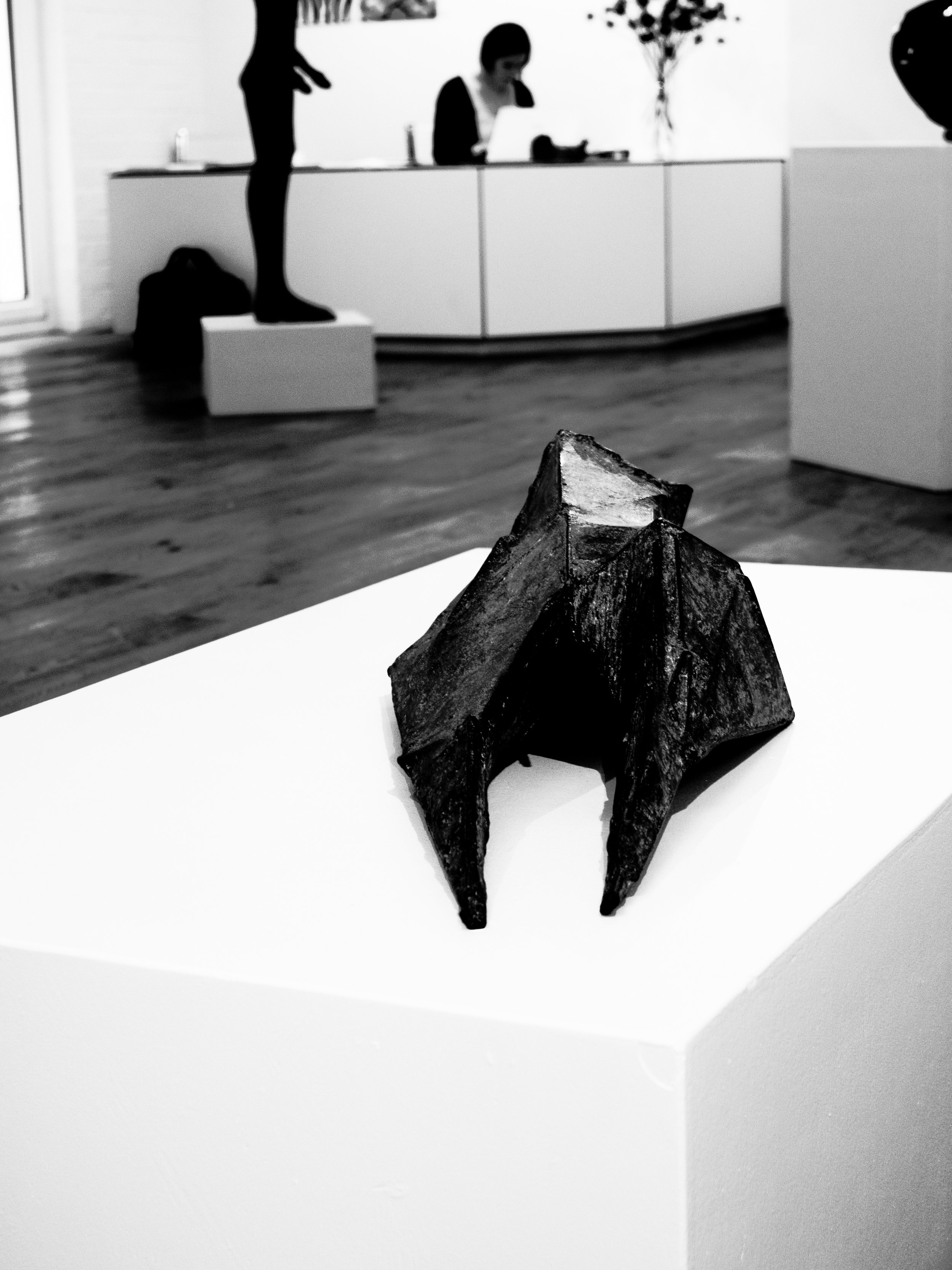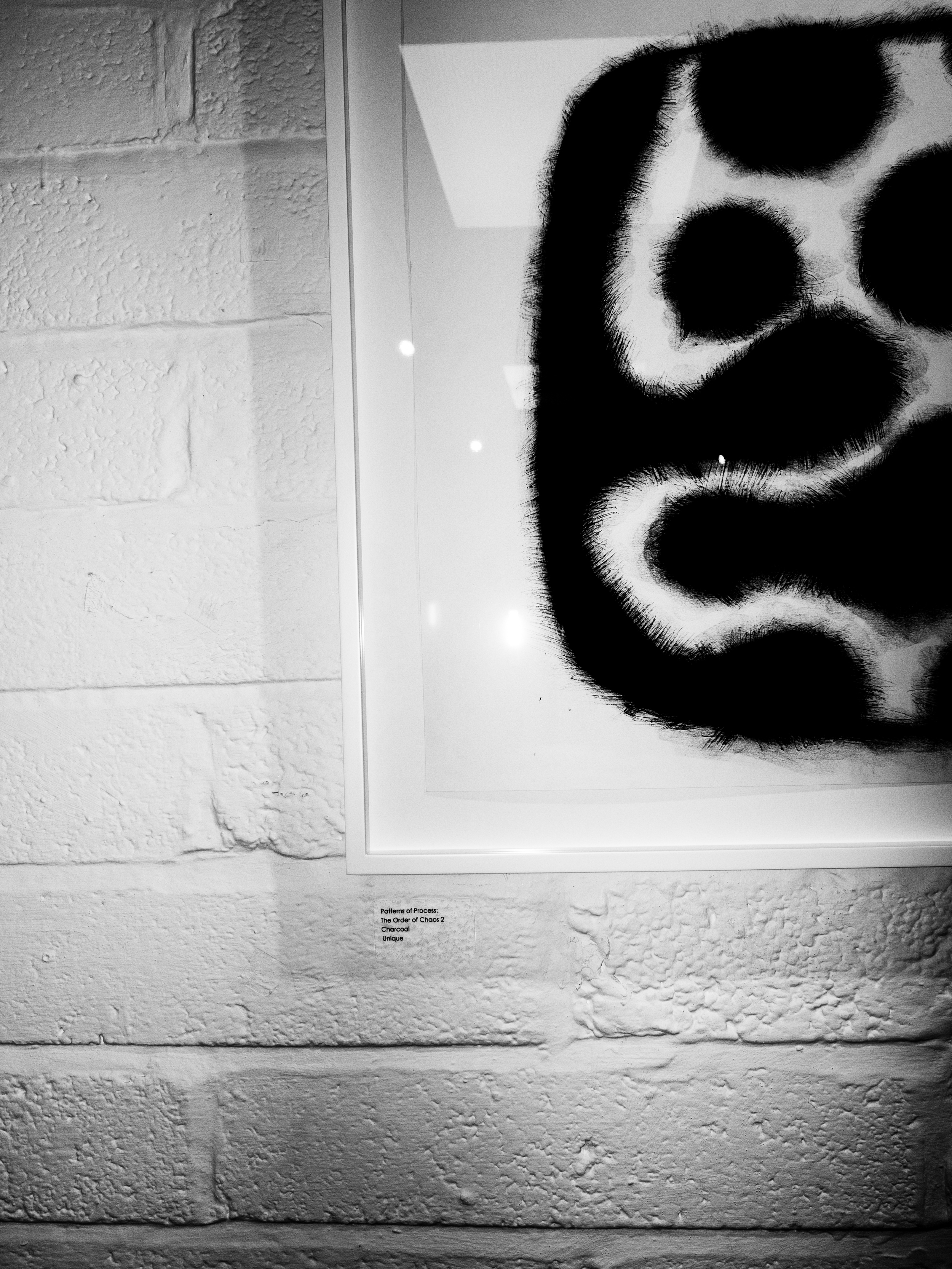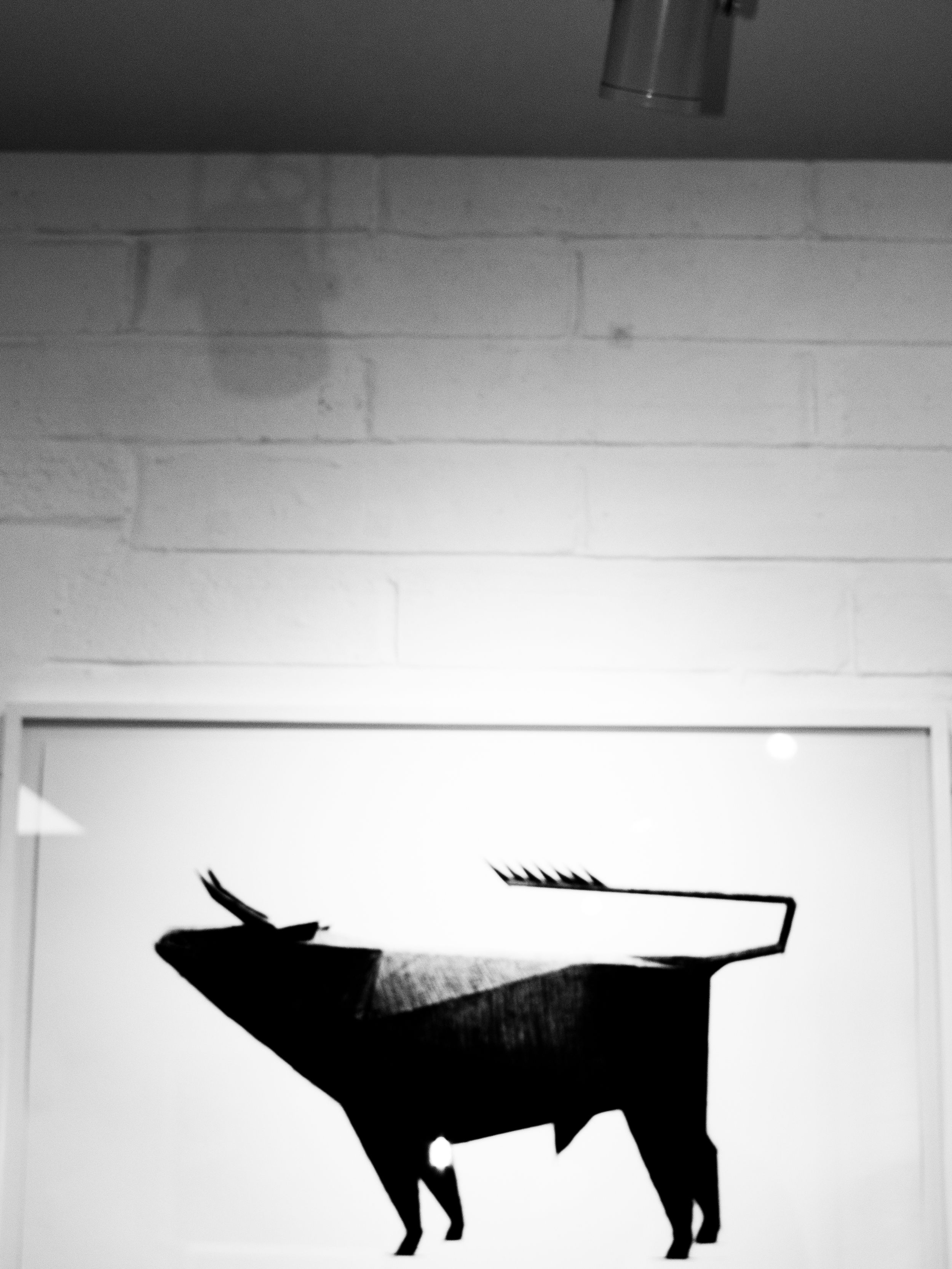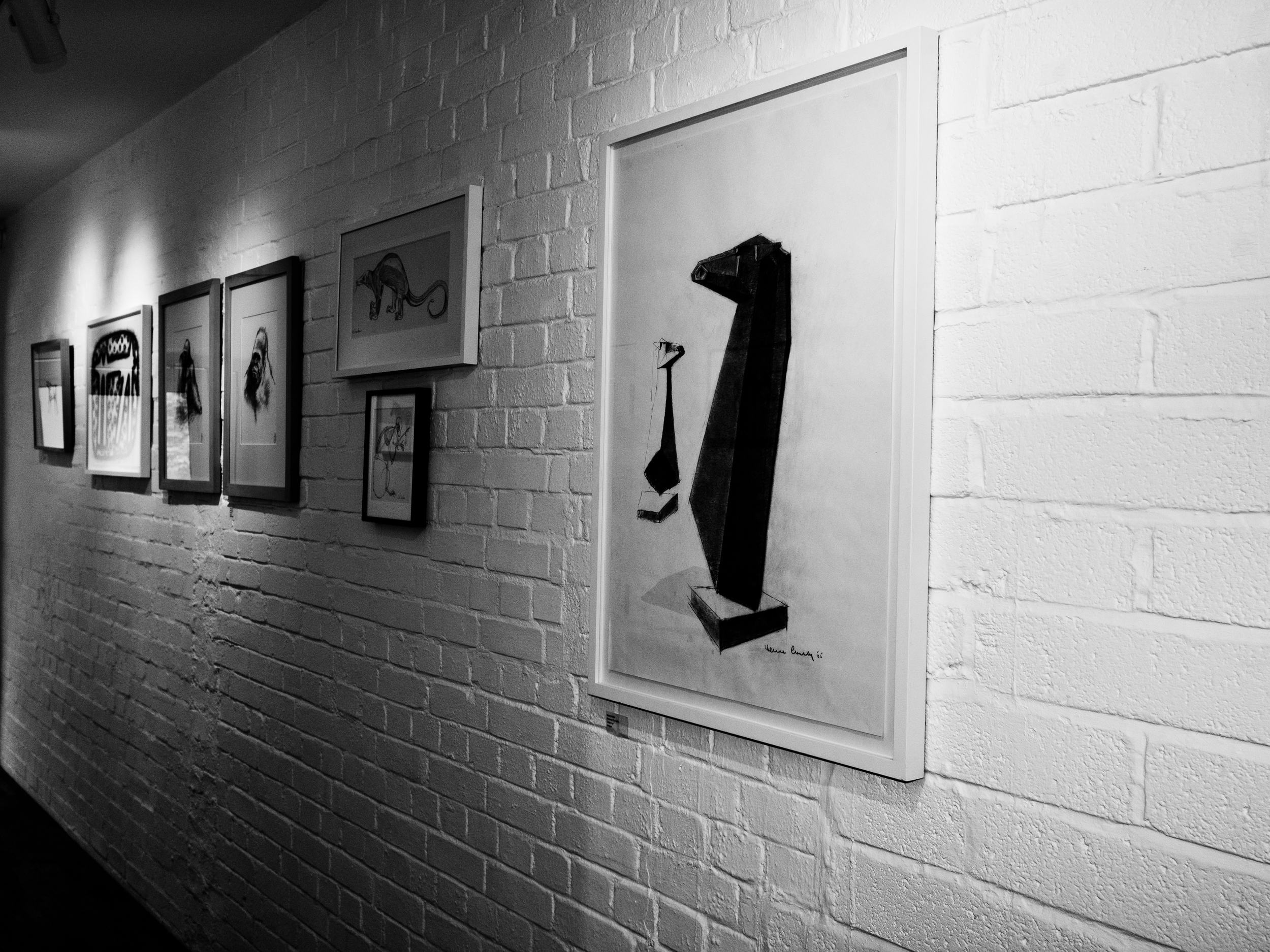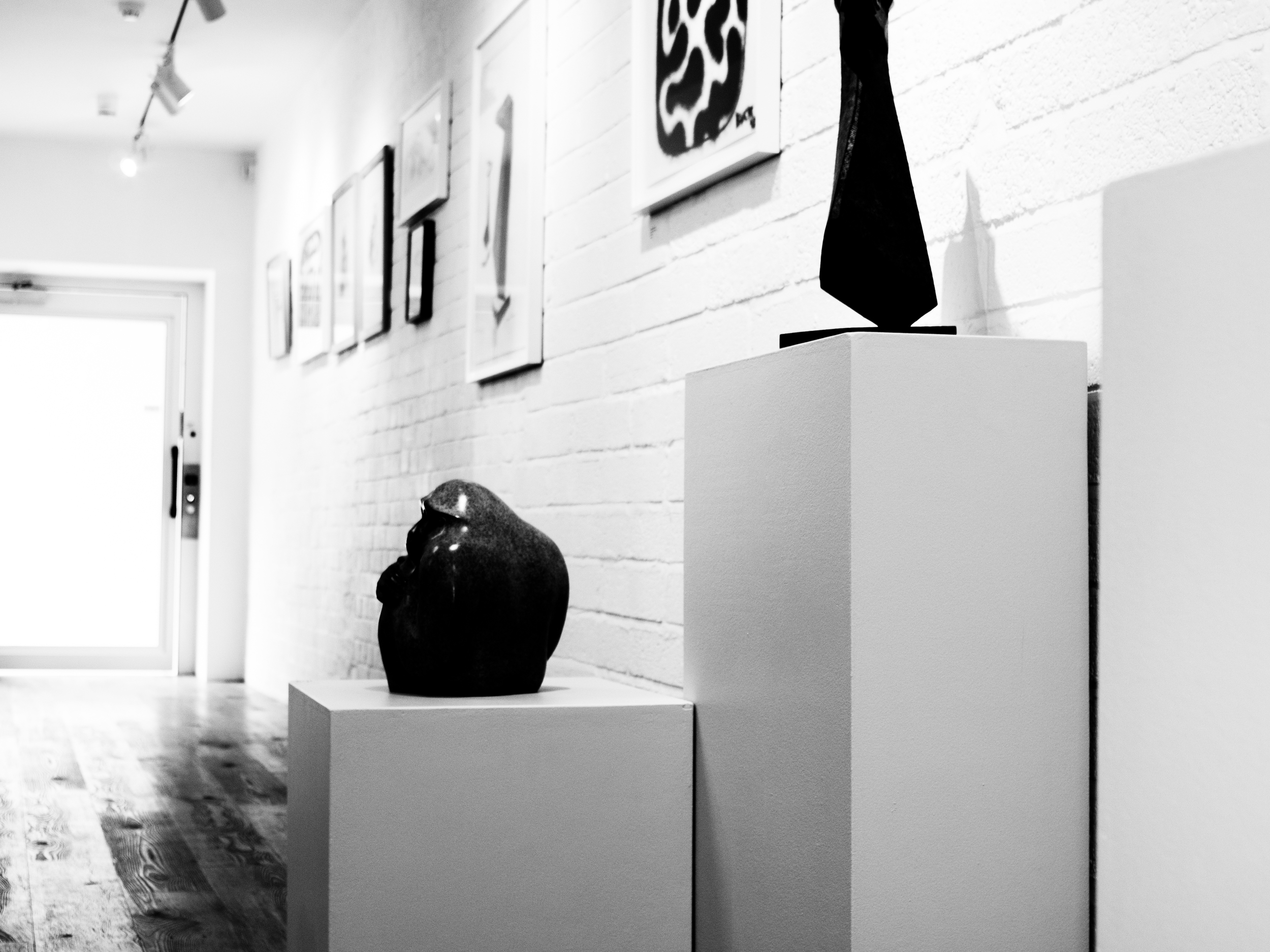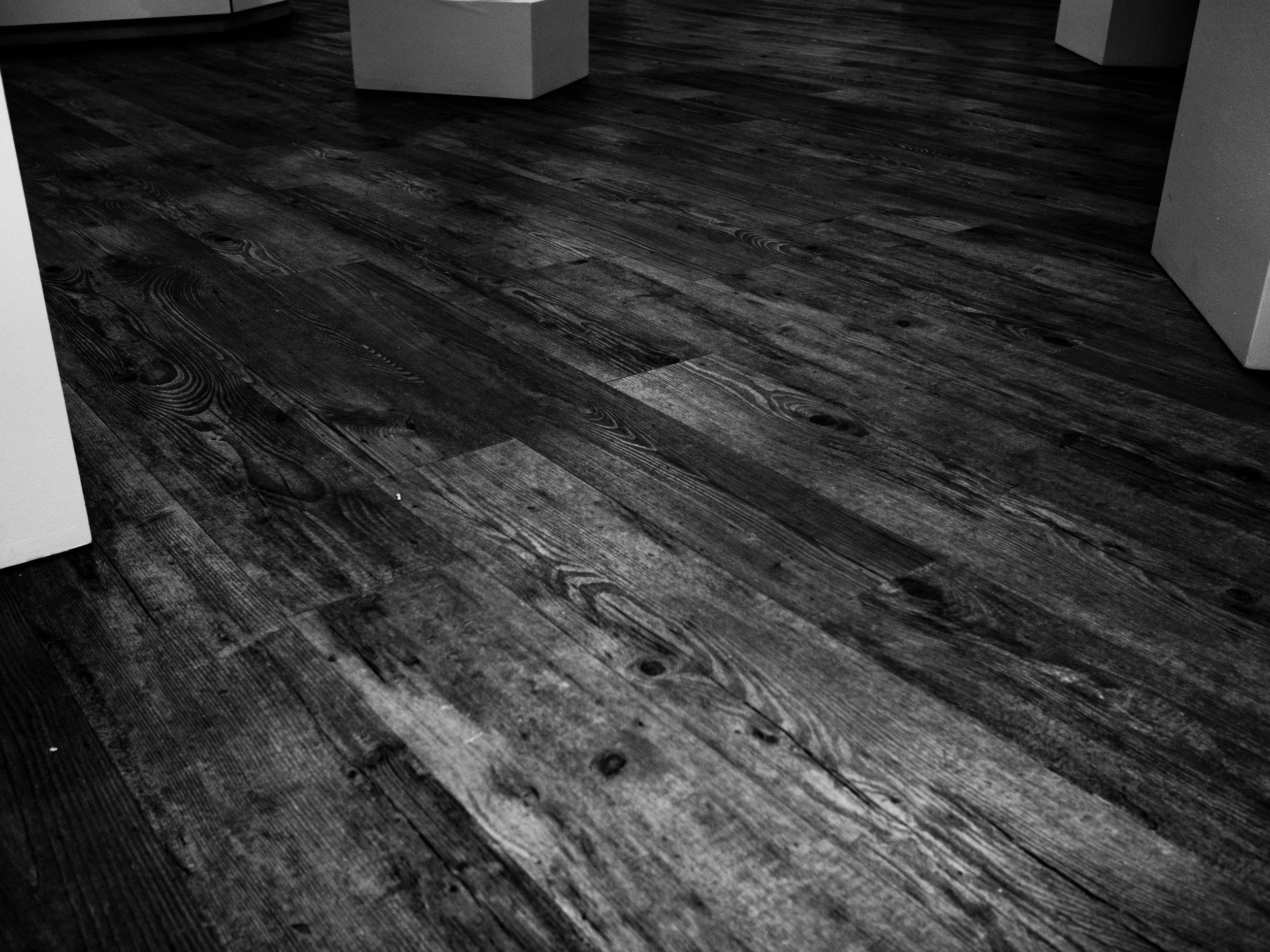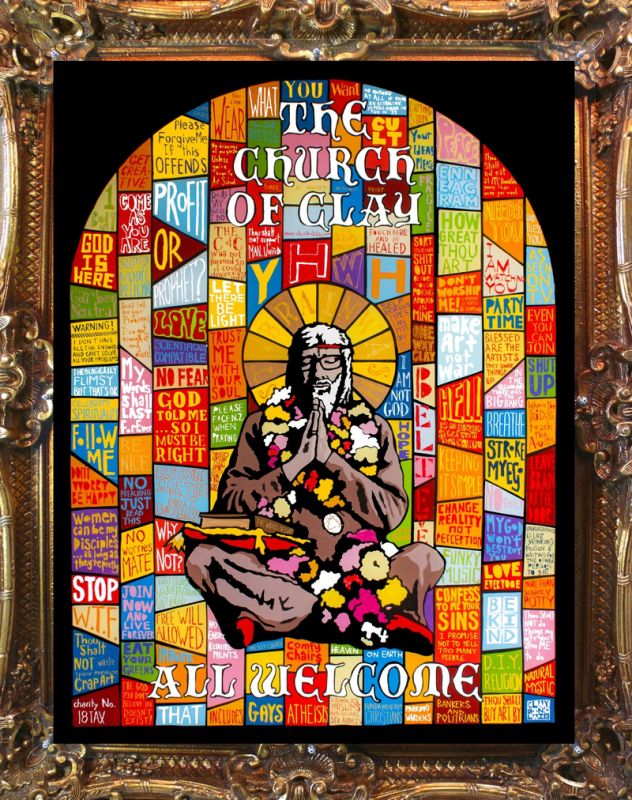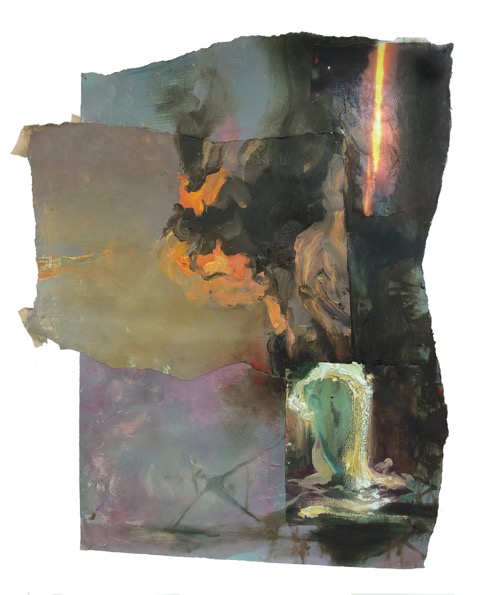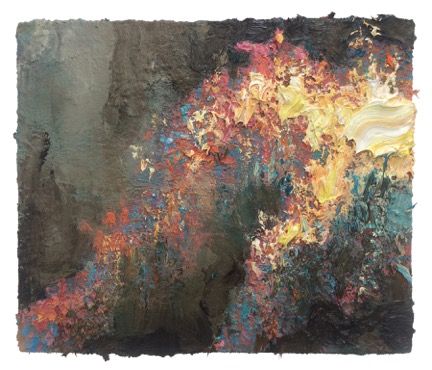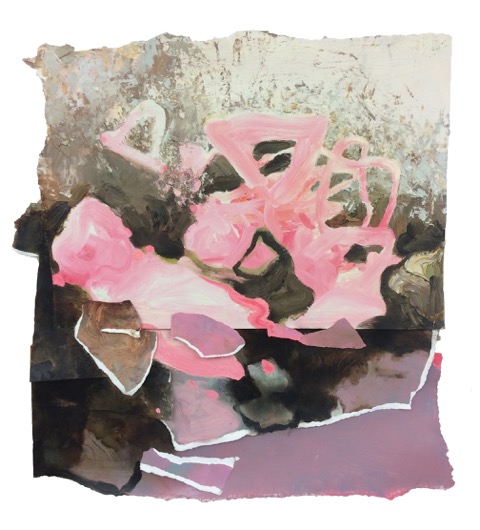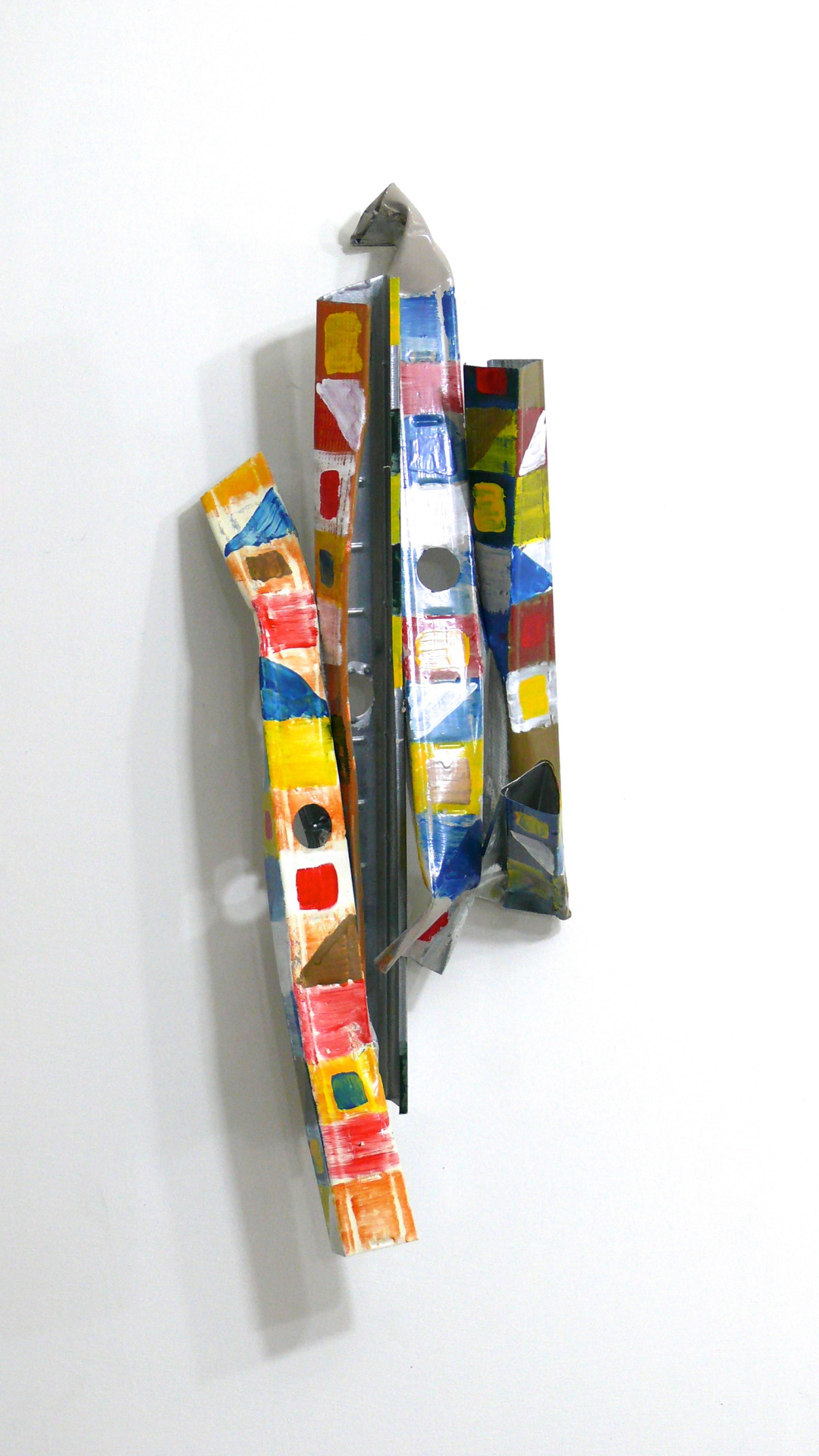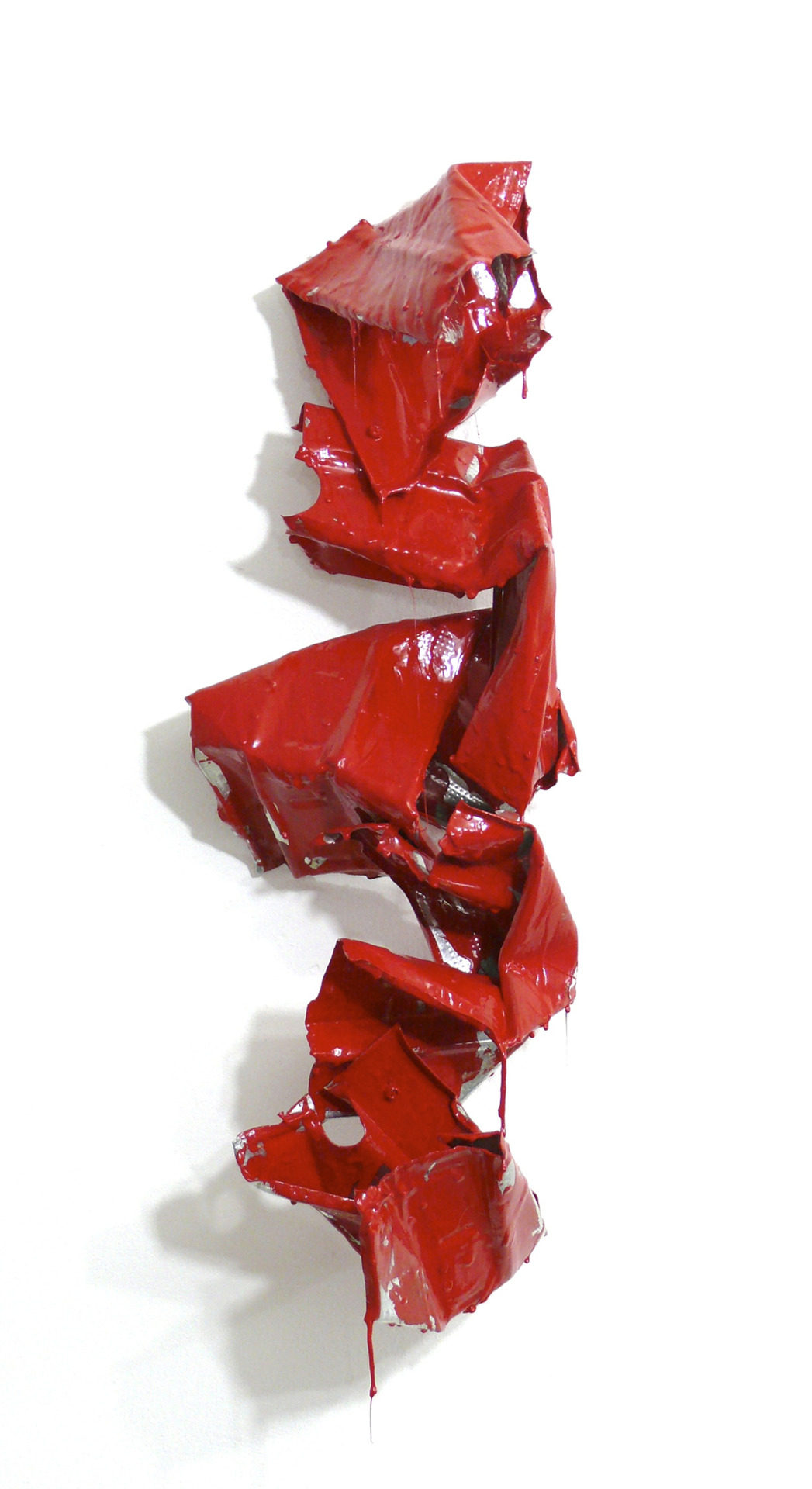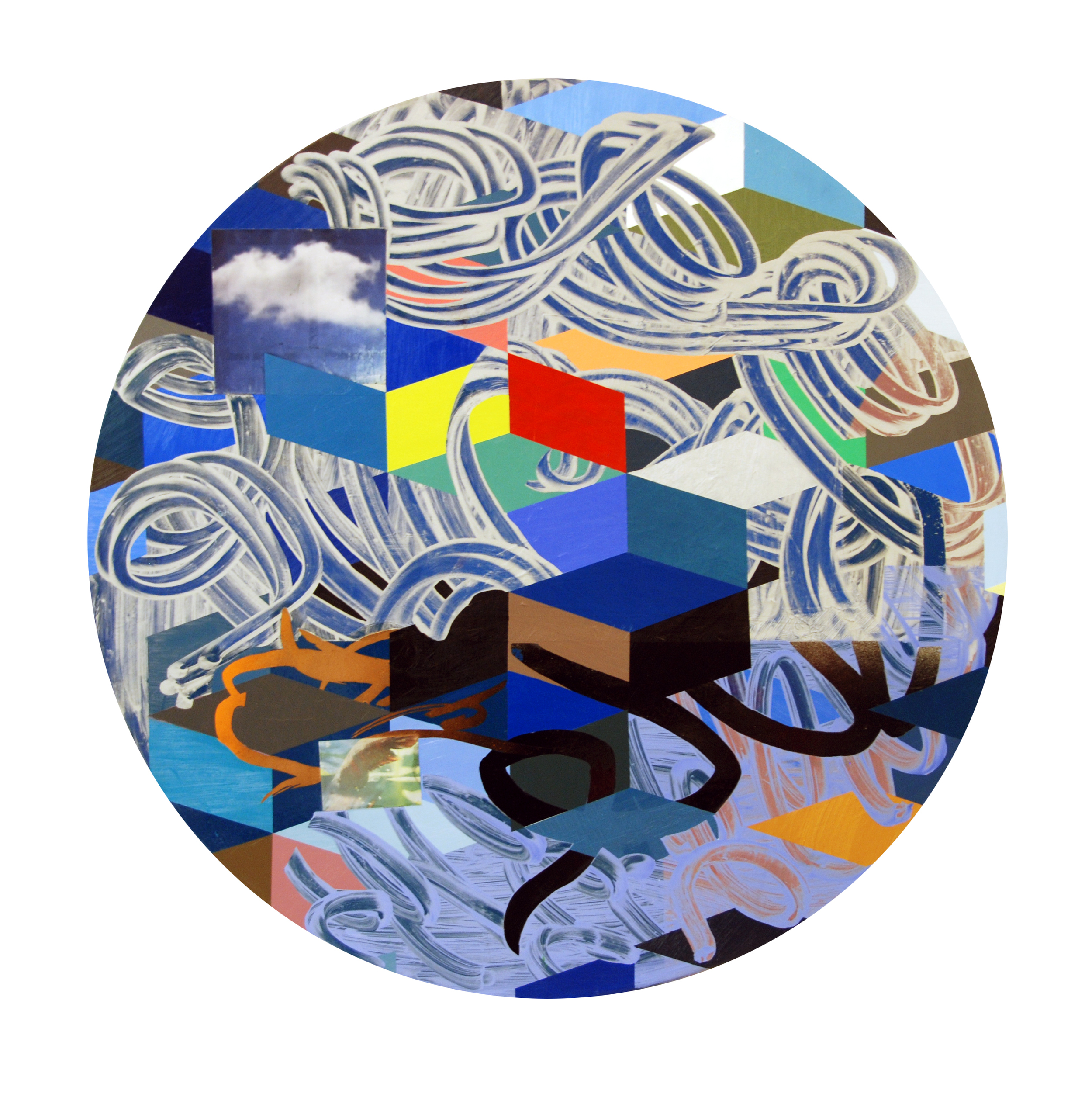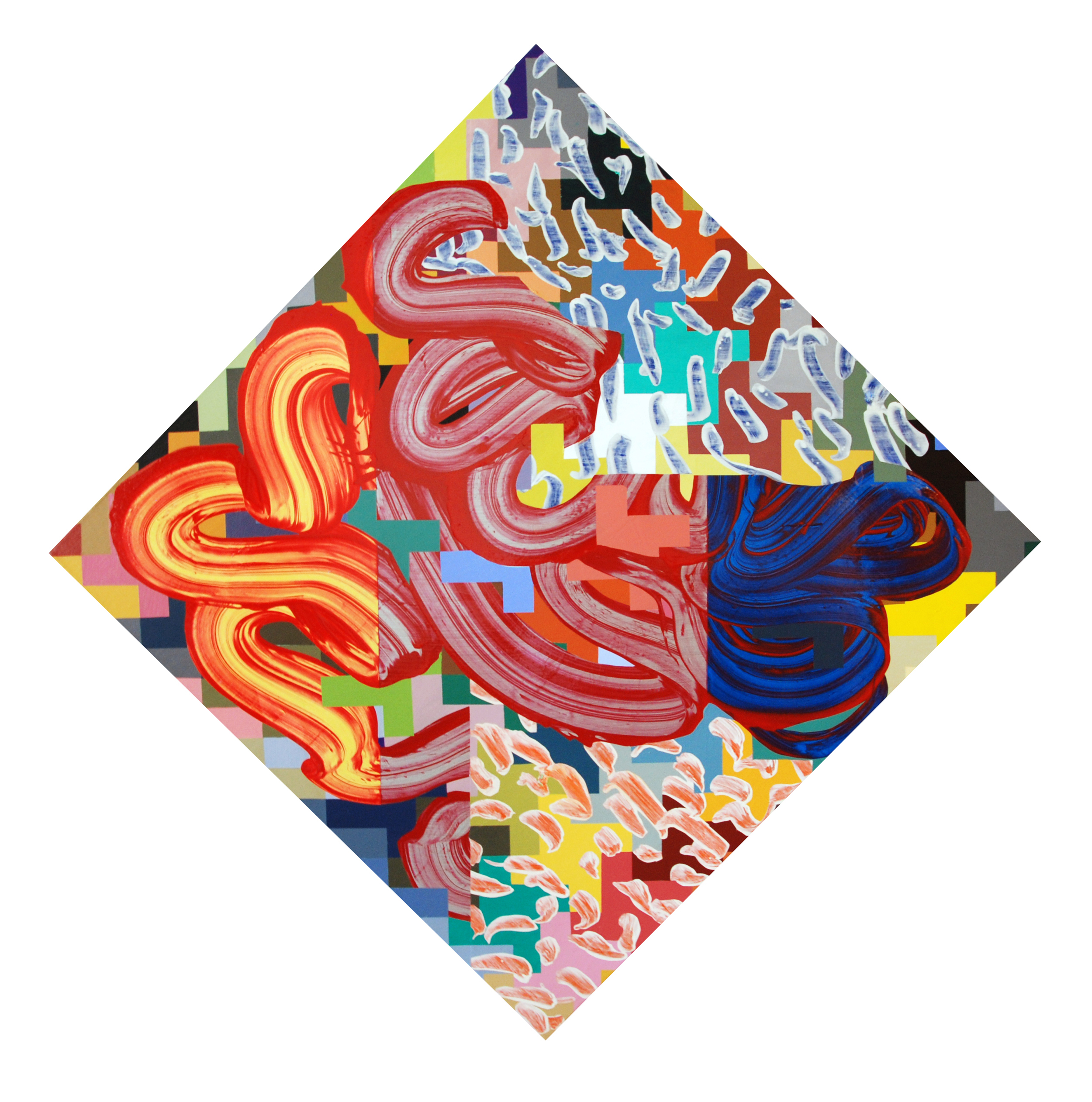INDEXprojects invite you to journey through the strangely familiar from Stroud to Plymouth without leaving a barn in the Stroud valleys. Rupert Howe dons a virtual reality headset to find out how they do it...
Imagine donning a headset and entering a world which appears real, in which you can see, hear and even touch your surroundings, but is in fact a technological projection. Once the stuff of science fiction, such virtual worlds are fast becoming a reality, thanks to technological advancements such as Oculus’s gaming headset, Rift, Leap Motion’s Mobile VR platform and Google’s “augmented” eyewear, Glass, which could project overlays of weather forecasts, search results and social media alerts onto the user’s field of vision.
Such developments aren’t without their issues – Google recently halted production of Glass hardware in response to privacy and safety concerns. But virtual reality, or VR, has huge potential as an audio-visual experience, not least in the way artists create and display their artworks. This year’s SITE Festival, for instance, will feature the premiere of Corridor, a new VR-based collaboration between Stroud based INDEXprojects, who presented Siobhan Hapaska’s installation The Sky Has To Turn Black Before You Can See the Stars in the Goods Shed for SITE 2013, Plymouth’s KARST gallery and the i-DAT research lab at Plymouth University, who specialise in “playful experimentation” with creative technology.
Staged in an 18th century barn in the Slad Valley, users will don a VR headset linked to an Android smart phone and enter a mysterious corridor lined with doors which open to reveal darkened ‘gallery’ spaces. Each one contains film and video works by artists linked to INDEX and KARST, with viewers able to move within the space as if in three-dimensions. In a recent conversation, INDEX artists Ali Kayley and Helen Kincaid discussed how the project originated, what visitors to the event might expect to see and the wide-ranging creative potential currently being realised through VR technology.
So, how did Corridor come about?
Helen Kincaid: In essence, Corridor is a virtual reality space which links Index Gallery in Stroud with our co-collaborators KARST, an artist-led gallery in Plymouth. The idea for the project came about some years ago, but had its basis in forming a network of artist-led organisations to share exhibitions. That led us to look beyond moving physical artworks in favour of collaborating in a virtual space where events could happen simultaneously regardless of geographical distance. So we took the Stroud-Plymouth journey as our starting-point, using elements of those two places to create features and experiences which occur in the ‘rooms’ which branch off from the central corridor.
Ali Kayley: We also wanted to use it as an example of what other artists could do. We chose a space that’s slightly ominous, but the next artist could choose to approach it in a completely different way.
Did either of you have previous experience with this kind of technology?
AK: No! A year ago I would never have dreamed I’d be creating a virtual reality artwork, but now I’m really energised and inspired by it. I want to make my own work in VR. So it’s been a fantastic process to get to where we are now, exhibiting in this 18th century barn in the countryside near Stroud with the most modern, up-to-date technology there is. It’s very exciting.
The contrast between a historical building and these digital artworks is part of the project, then?
AK: Kind of, because we’re based in Stroud and have previously used the barn for exhibitions. So there was always the possibility we could create that lovely juxtaposition between the brand new and the ancient.
What is it about working with VR which appealed to you?
HK: The really exciting thing about virtual reality is that your brain works the same way as it does in reality. So you find yourself responding to something despite yourself, even though you know it’s not actually real. It’s completely immersive, which makes it such an exciting prospect for artists.
AK: You can make people feel as if they’re falling or make their heart beat faster and then feed those sensations back into the work, so there are creative possibilities which aren’t there in other mediums. In our works, the pieces exist more like installations, so you walk around inside the VR environment as if you’d walked into a film installation in a physical museum or gallery. The corridor and rooms themselves are computer generated, but we’ve slipped our film work into them as if they were actual spaces.
Will you be there to guide people as they cross into this virtual world?
AK: The software we’re using is actually quite minimal; it can be used on a phone with a folded cardboard headset. So I don’t know how much we’ll need to describe the experience in advance. Just by looking and moving your head you quickly get a sense of being in a three-dimensional space.
HK: We wanted to cut down on the number of choices the viewer made because it can get in the way. So you approach the doors and they open, rather than it being this game of how do I turn the handle? That’s not our interest in VR at present, it’s more about presenting the films within the virtual space as artworks.
So which artists’ work will be on show?
AK: At the Stroud end are three artists: Joanna Greenhill, Helen Kincaid and myself. We created the pieces collaboratively and there’s one room which offers an immersive, 360-degree sense of glimpsed woods, a driving film which features audio by electronic duo Near Future and a piece of work filmed at WSP textile factory in Stroud. Works on the theme of water by Carl Slater and Donna Howard from KARST in Plymouth, are sited at the other end of the corridor, so by travelling from one to the other you know you’ve arrived in a different place.
HK: We’re delighted with the result, but it’s still at the research and development stage at present and Corridor is really a prototype. The next stage will be to invite other artists in to work within the space – or even change it completely. The possibilities are boundless!
Corridor will be on show as part of SITE Festival 2017 at Knapp House Barn, The Vatch, Slad, GL6 7JZ on Saturday 22nd & Sunday 23rd April 11am - 4pm. To hear more from this conversation, visit the SITE Resound Radio podcast page at sitefestival.org.uk/resoundradio.
Rupert Howe is a freelance writer based in Stroud whose work has appeared in Q, Esquire and numerous now-defunct magazines, including The Face
